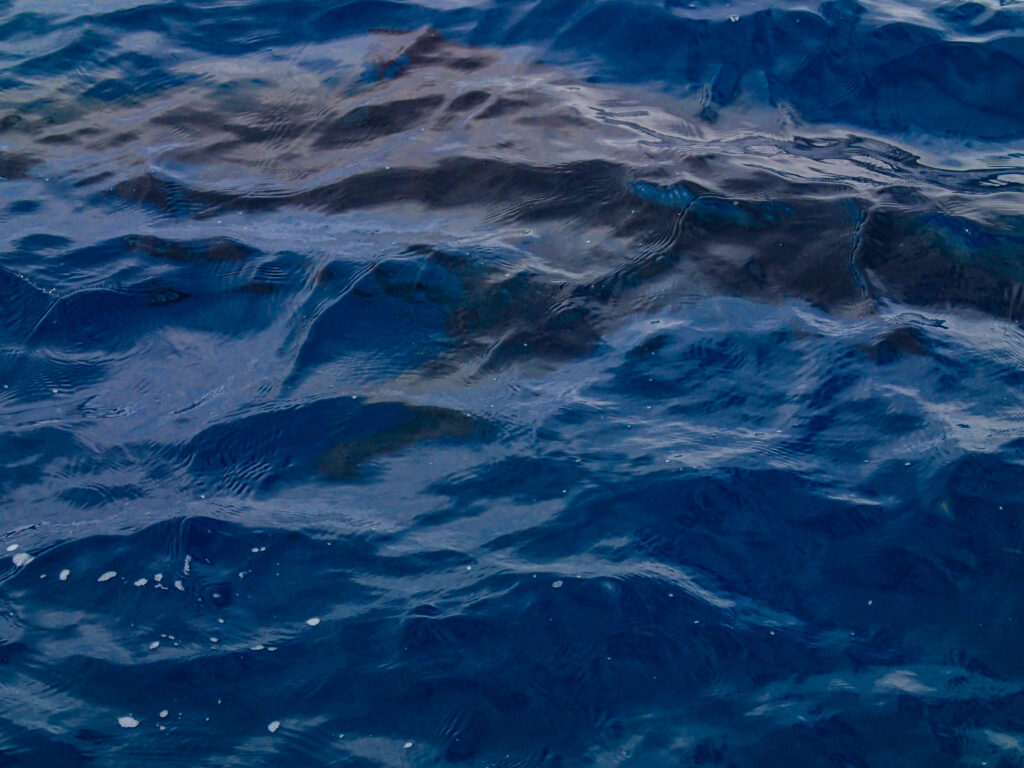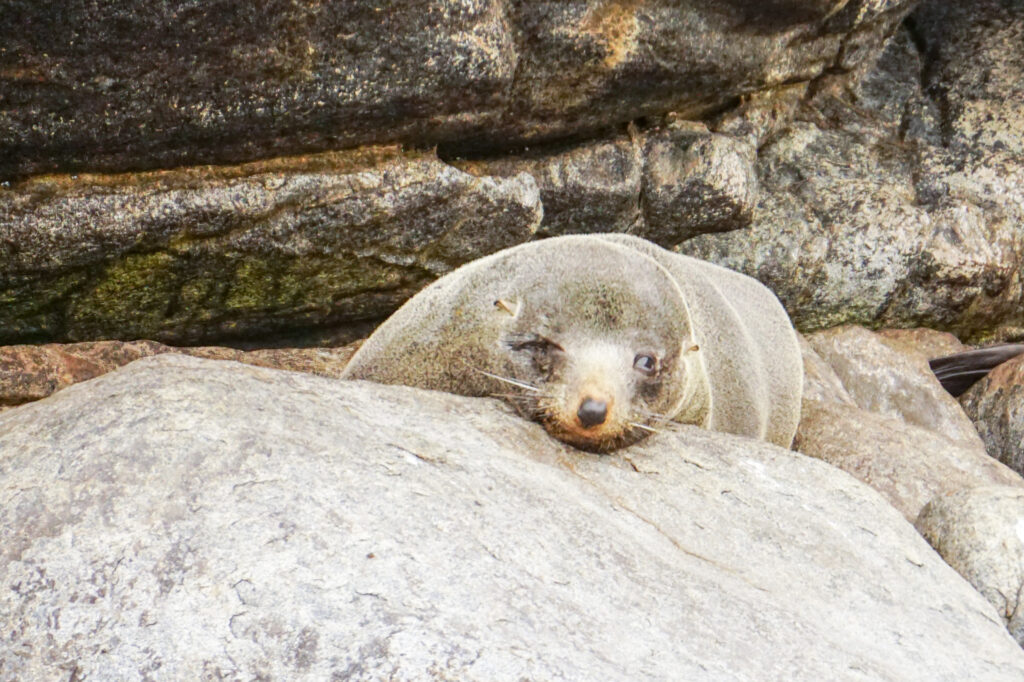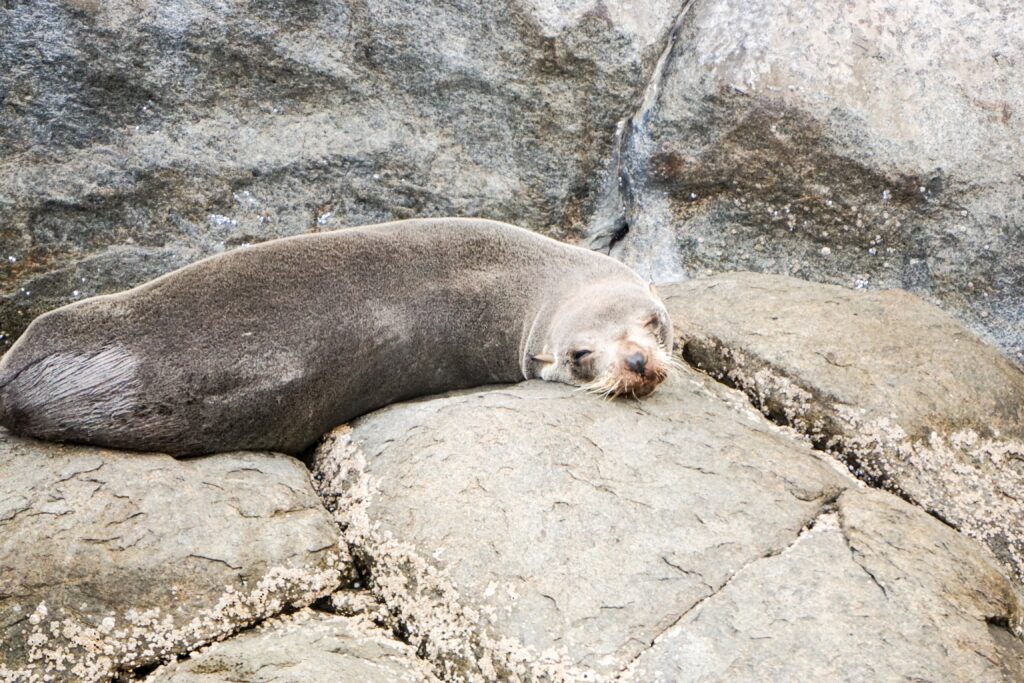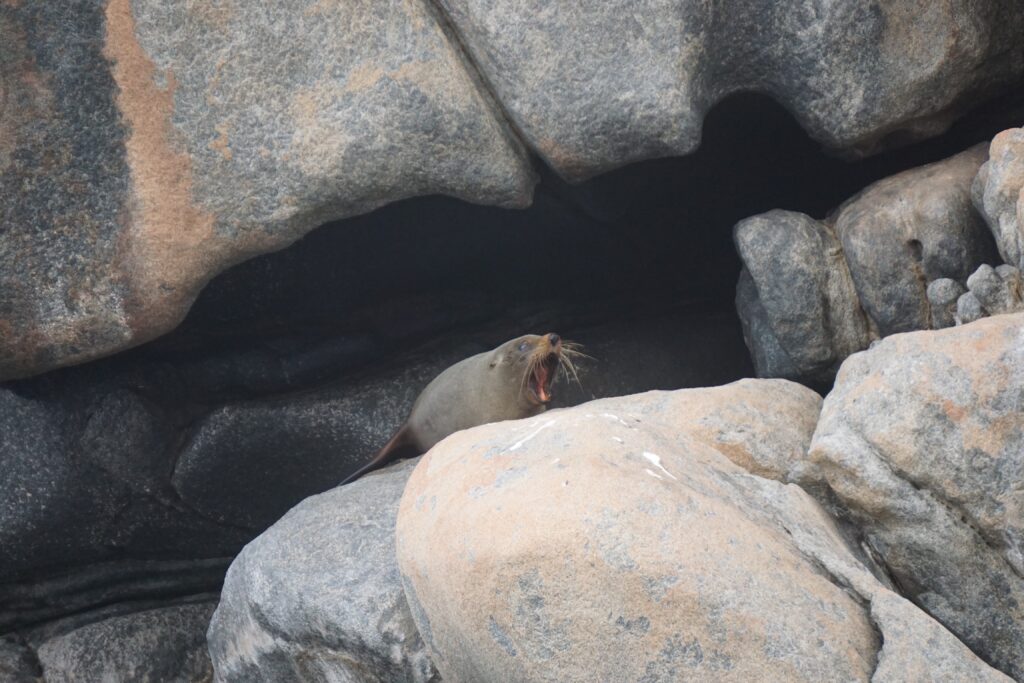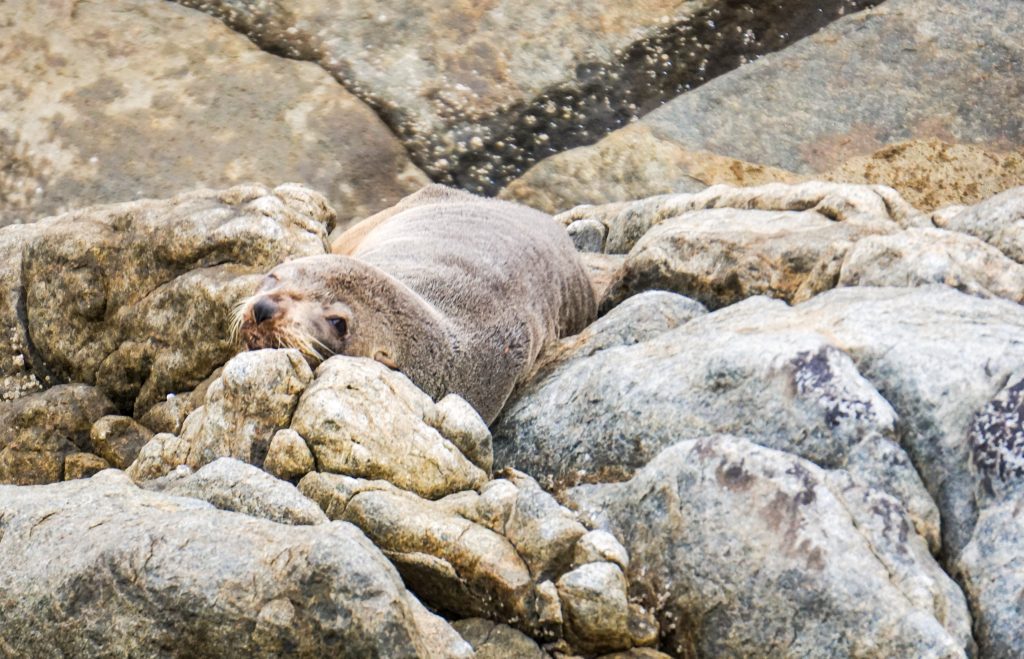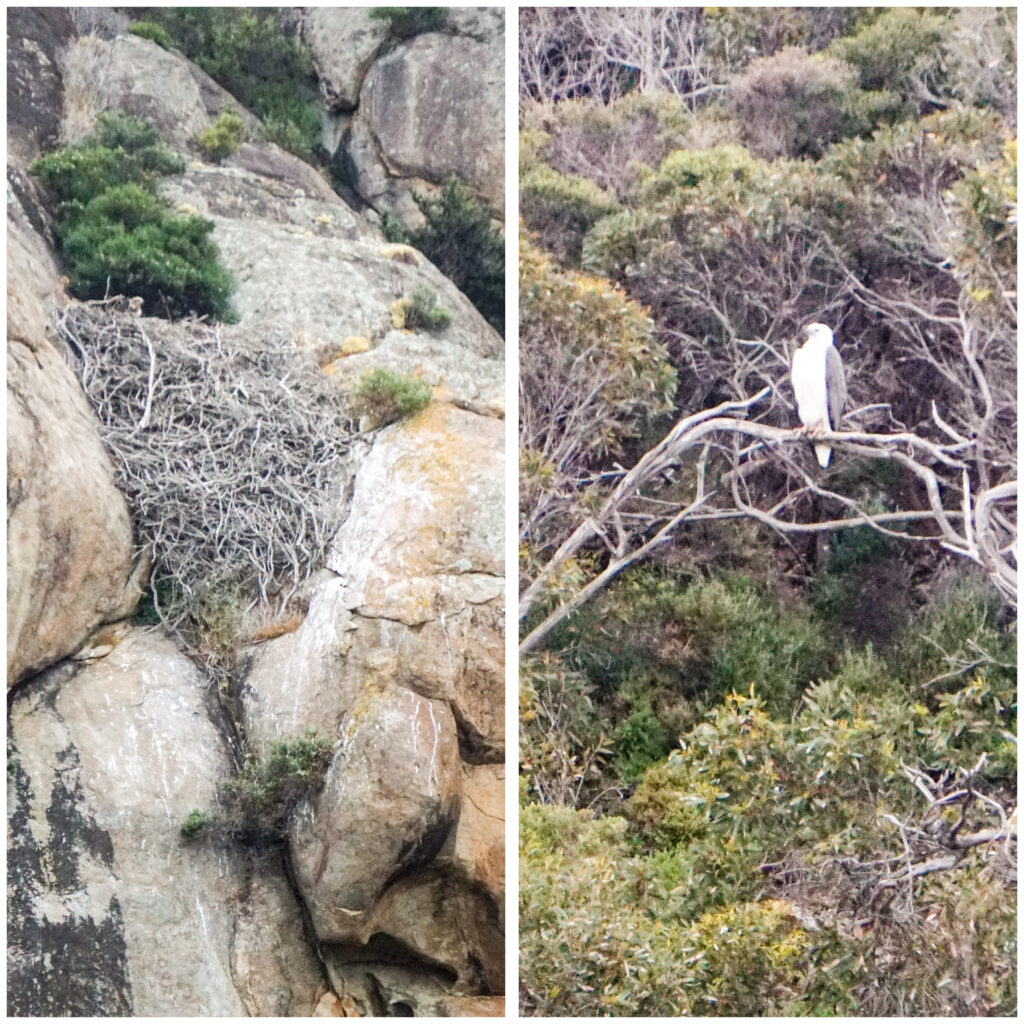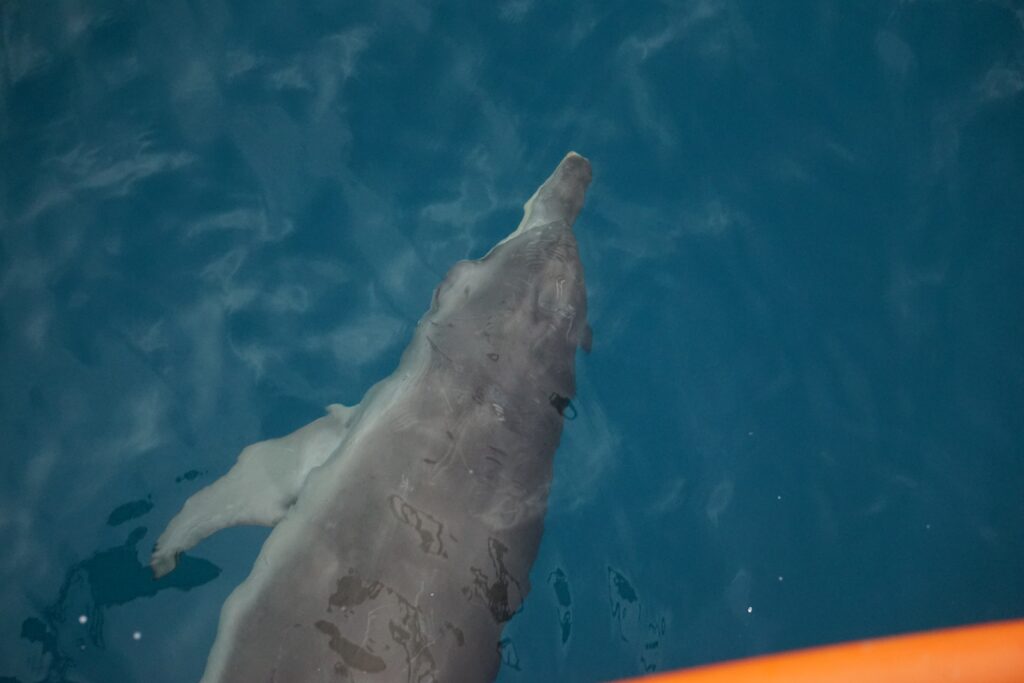Author: Mr A
Location: West Bagborough, Somerset, UK
Another week streaks by in our lovely little rented cottage here in the west of Somerset, with a clear blue sky greeting us as we pull the blinds back every morning, apparently the sunniest May on record,
The toughest decision of the day, ‘Shall we walk or ride?’ and ’What shall we have for dinner?’ I think we will always remember this lockdown for the bizarre dichotomy of living our day to day lives in the most stress-free way we ever have, surrounded by the world in chaos.



This is a life we have never experienced before, having been mostly city dwellers, passing though the landscapes as we travel, but not being immersed enough in it to really appreciate the depth of its beauty and function. Not really seeing the rhythm of a life that goes on there by people who call it home.



I recently read a book that touched on this theme, called ‘A Shepherd’s Life’, set up in the English Lake District. The author, James Rebanks, a shepherd himself, makes a number of really poignant observations about the tourists who come and travel through his countryside, but with no appreciation of how that landscape is worked to produce the food that enables our lives. I feel in many ways our travels over the past few years, while broad in their scope, have lacked the depth of perception that comes when you stay in one place long enough to start to see the cycle of nature moving through the seasons, something we really don’t notice in Australia as much.

By this enforced stay in one place we have been able to watch spring come to the landscape, to see lambs take their first stumbling steps, to then come back a few weeks later and watch them bouncing around with their mates. To spot the wild flowers change as spring is turning into summer. It has just been a totally different, and in many ways, more meaningful expereince than the ‘drive through‘ touring we have been doing.

As I reflect back on individual walks we have done, all from our back door, they start to merge into one long memory of being immersed in this beautiful lanscape , putting one foot in front of the other as we watch a fox dash to a hedge before scornfully peering at us over her shoulder then disappearing instantly, or a deer startled by us invading its little slice of paradise, and bolting through the woods. We just want it to go on and on, relishing the breather from having to decided where to travel to, negotiating unfamiliar roads, trying to find campsites, constantly planning where we go next. Our minds feel calm, and it’s wonderful.



The history of humans in this landscape continues to enthral us. In Australia it is so inaccessible to most non-indigenous folk like us, but here it’s around every coroner. The fire beacon on the top of a hill, lit to warn of invaders sailing up the estuary, there’s a story to be uncovered everywhere we look.








It was time to swap our boots for our bikes, and I had read about a cycle trail running through the coastal town of Barnstaple. The Tarka Trail (named after the 1927 novel, Tarka the Otter, set in north Devon) is over 200 kilometres of traffic-free path, the longest in the UK, and all running along old railway lines. Off we set, for our longest drive (at 90 minutes) since mid March. It felt like quite an adventure! We had read horror stories about the traffic on the coast, but this day it was empty, as was the car park, apart from the mobile virus testing station being run from a big army truck.

This was magnificent riding, we batted along and soon found ourselves passing though a number of small villages before settling on the beautifully positioned Instow, on the estuary of the river Taw and Torridge (just roll of the tongue don’t they?).






We chatted to a couple of fellow cyclists who turn out to be motorhomers as well, as we munched into our first proper Cornish pasty. Just blissful. We so miss that random connection with another human being sharing stories and learning from each other.






With 50 kilometres under our wheels we arrived back at our car park and noticed the army truck had left, and the 2.7 metre height barrier had been put back down. Given we are driving a 3 metre high motorhome, that became a problem!

It had been lifted up when we arrived and I had sailed through, not really anticipating it would be lowered and locked. Oops…several panicked phone calls to the council, who were wonderful, and a warden arrived to unlock it. Next problem, the army had changed the padlock and not told him the combination. He tried for a while to reach them with no success. We had visions of spending the night there, which would have been illegal under the current restrictions, with no bed linen, food or cooking equipment. Luckily in the end they reached the military men and we were released.
A fish and chip supper in Truffy on the way back and our day trip was complete. There is just something about well fried English fish and chips that tastes so delicious to us, starved of that in Australia where they do it very differently. I guess its what you grow up with, hard baked into your taste buds, like mother used to make Yorkshire pudding, in my case.








The only interruption to our serene regime comes when Catherine is out on a walk and arrives back carrying the tiniest baby rabbit (apparently called a kit).

She had noticed it lying on the road, just having been narrowly missed by a car and covered with gravel. Its little eyes were still closed it was so young, maybe a day old. Perhaps the victim of that fox we saw, or a buzzard? Catherine was straight on to her sister, who worked at the RSPCA, and armed with advice put a message out onto the local village chart group. A few minutes later a kindly neighbour has offered her a heat pad and syringe to try and get some nourishment into her. All we have is oak milk, but she takes it and seems to settle down in the cosy little warm nest we have made.

So here we are on the second morning with an addition to our household, and she is still with us. So two extra days of life for this little one. Catherine’s niece and nephew are loving following the story, and just for that alone its worth it. A cycle down to the local Co-Op rewards us with kitten milk, apparently the best substitute for doe milk. Catherine is almost clucking with maternal delight feeding her this morning, until the little one releases her first pee down her arm.

We have decided now she seems stable, that a name is appropriate. Catherine has the inspired idea of Bags..as in we are in West Bagborough, so Bags Bunny. I will leave you with that to roll your eyes and laugh at us, or with us, we don’t really care 🙂












































































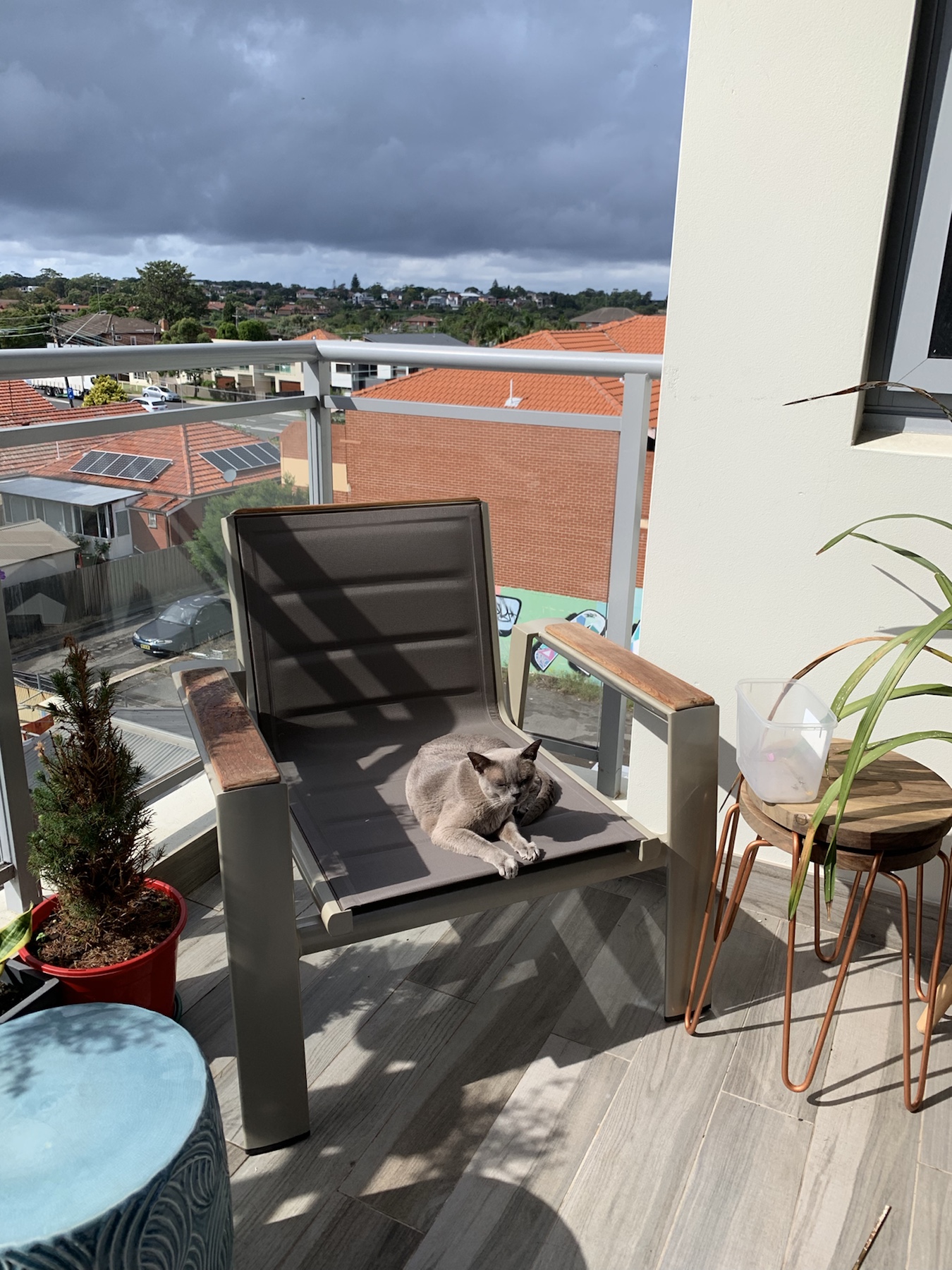
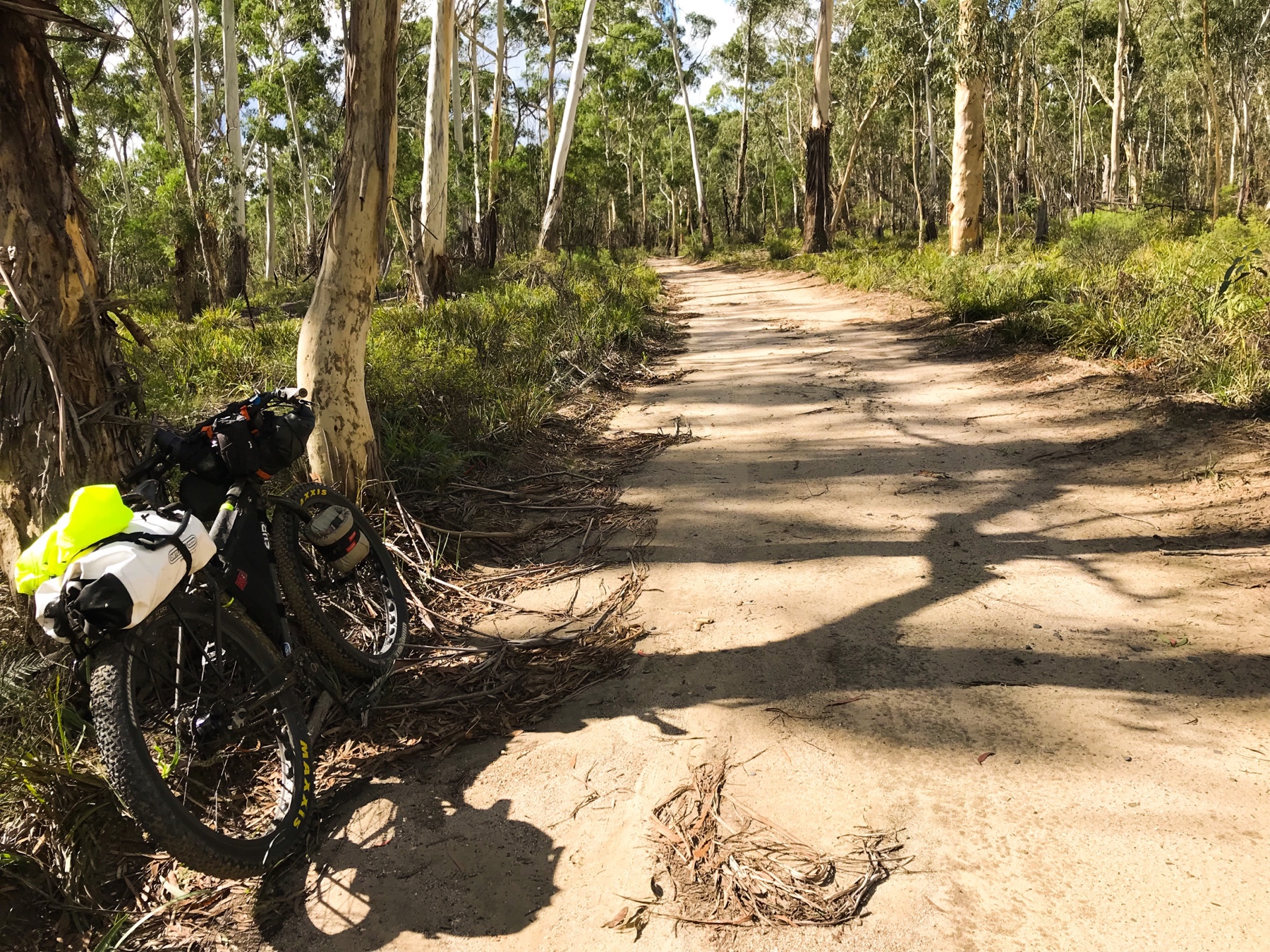
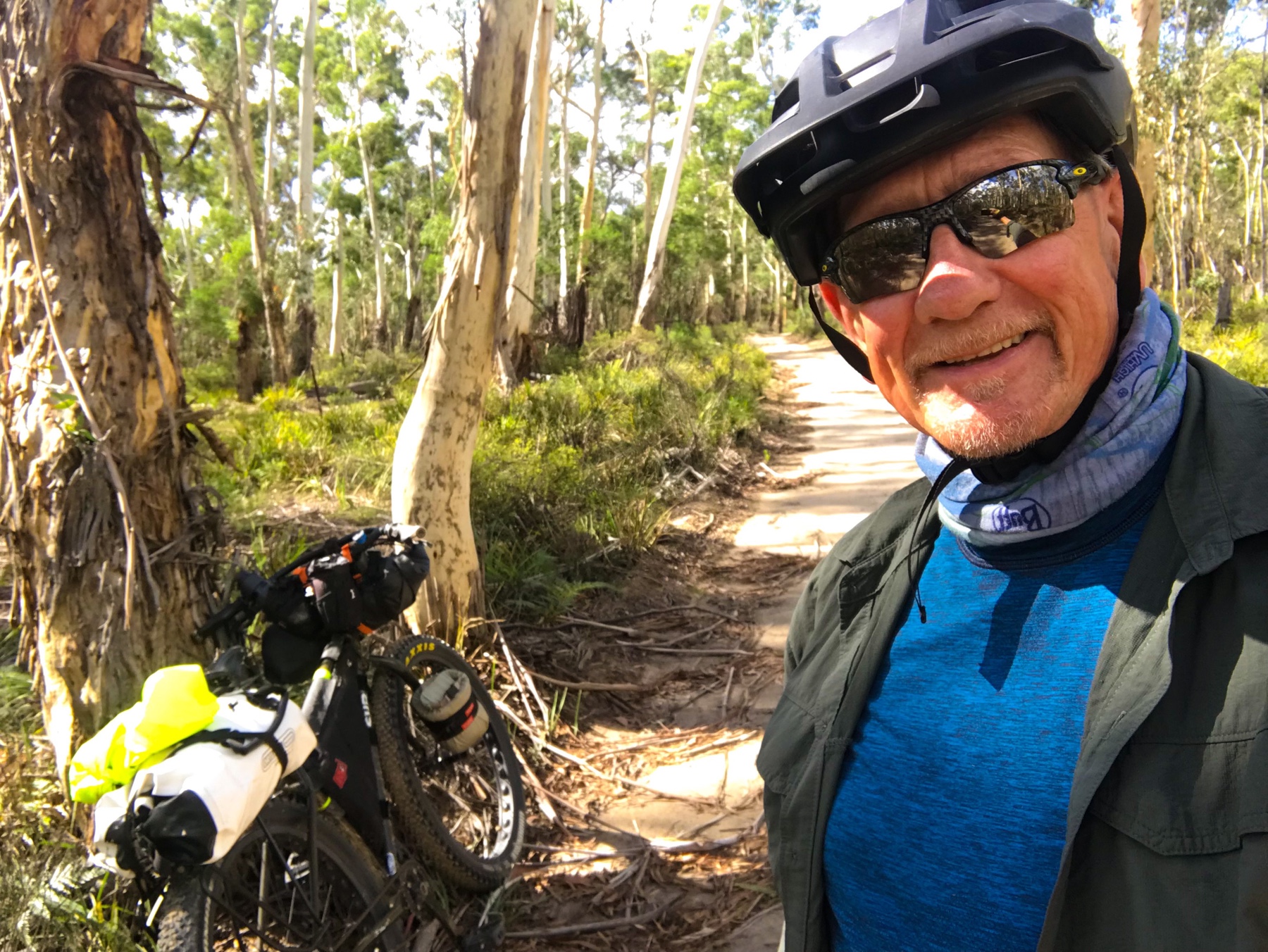
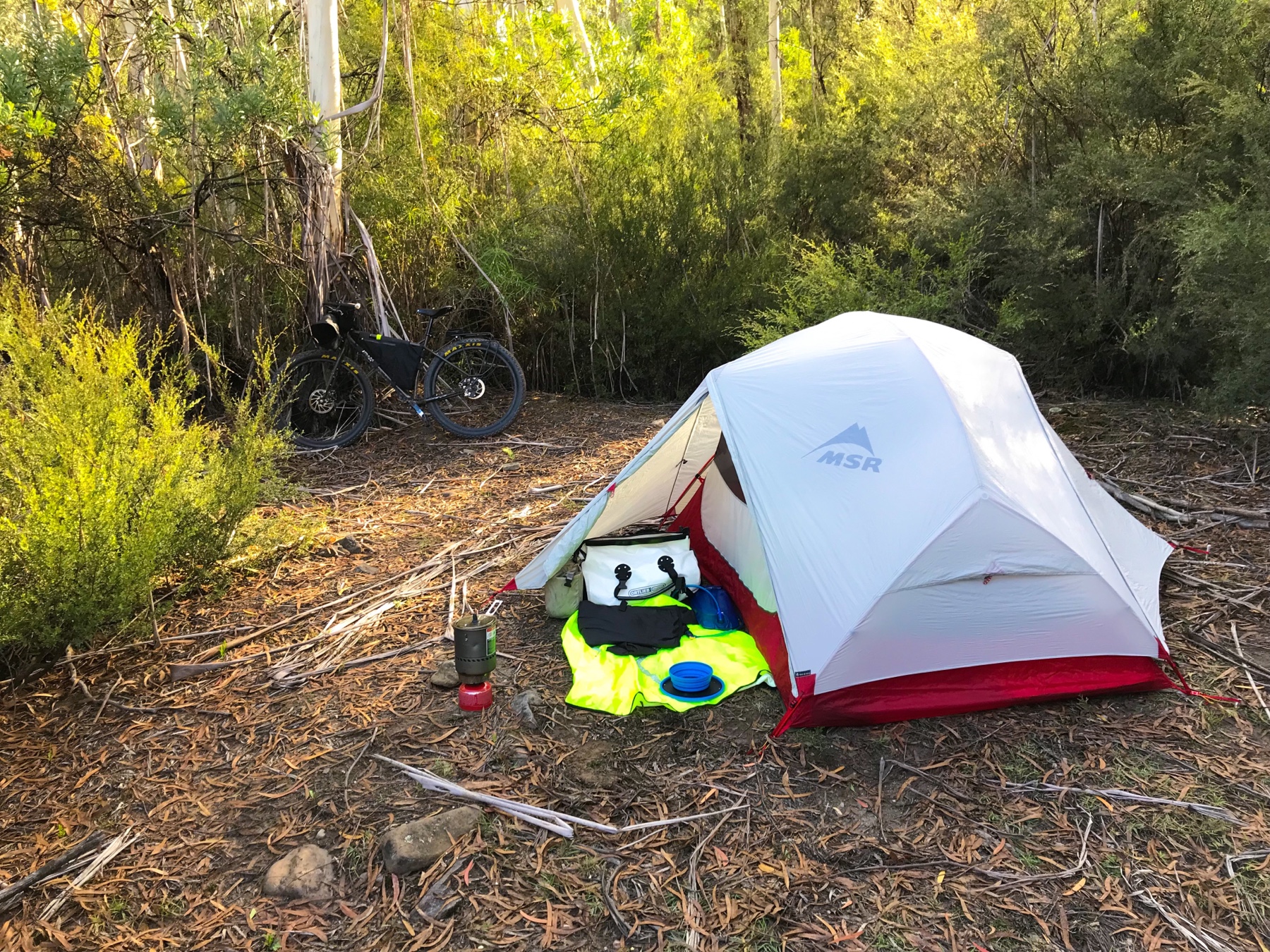
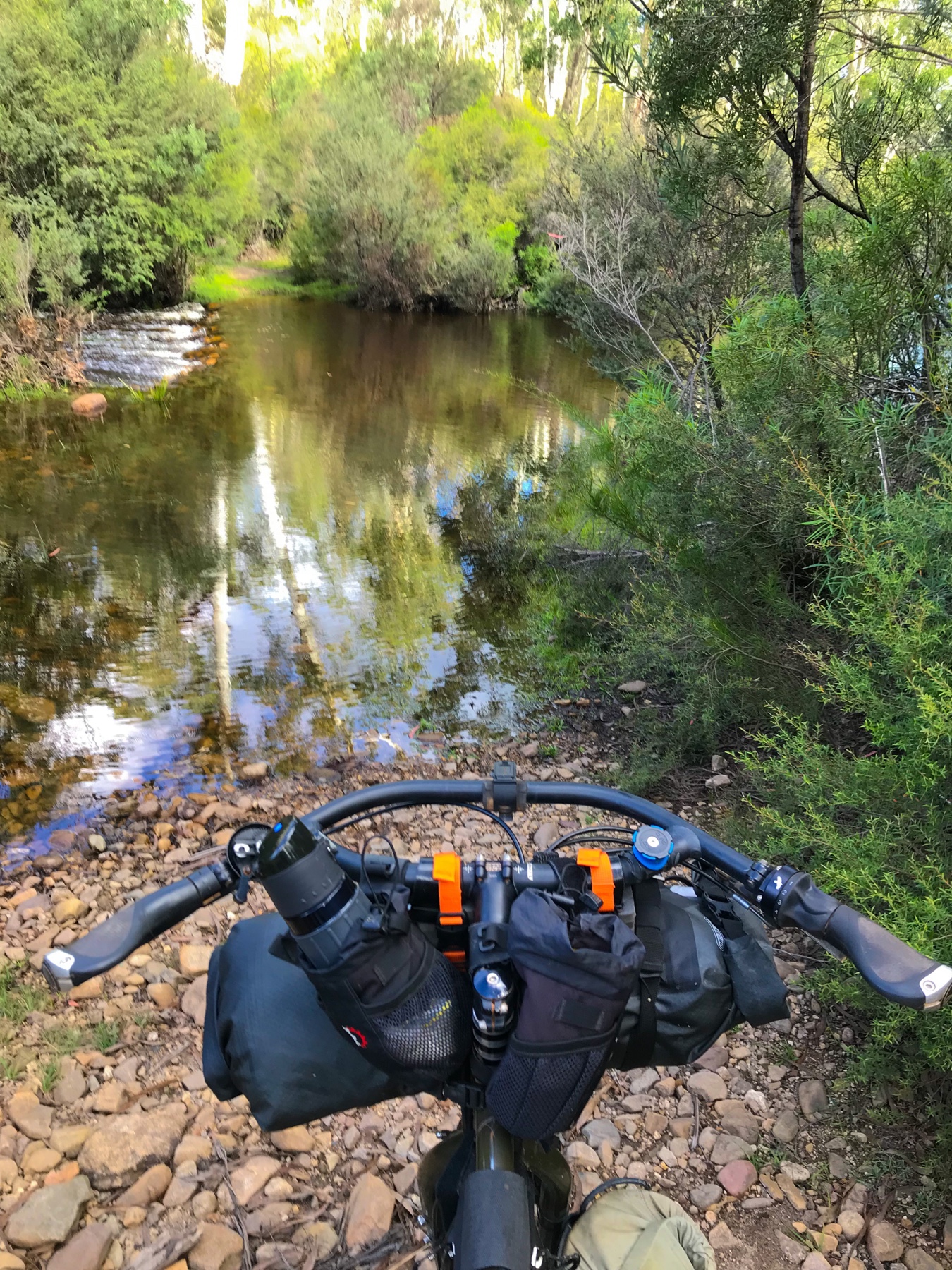
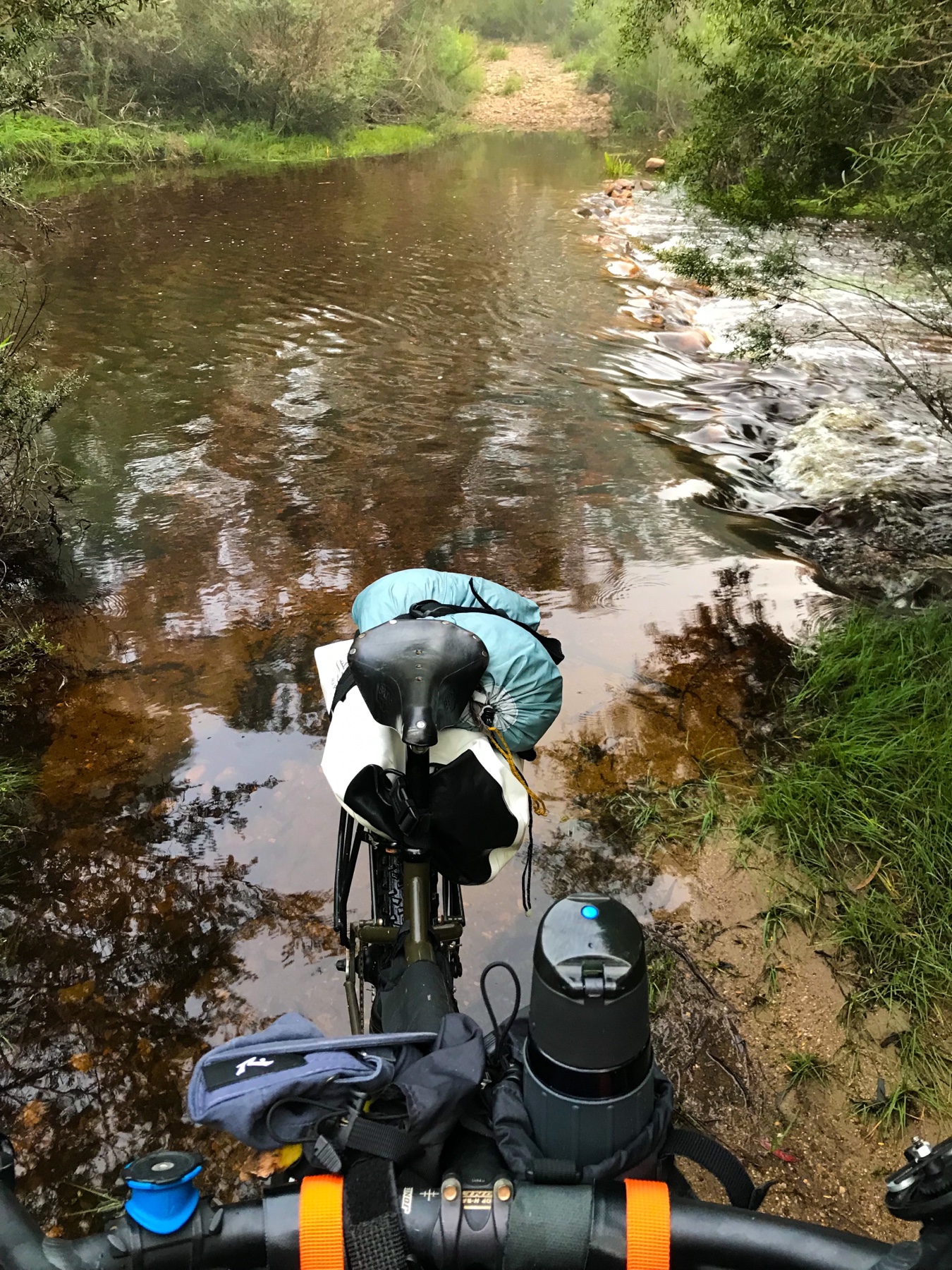
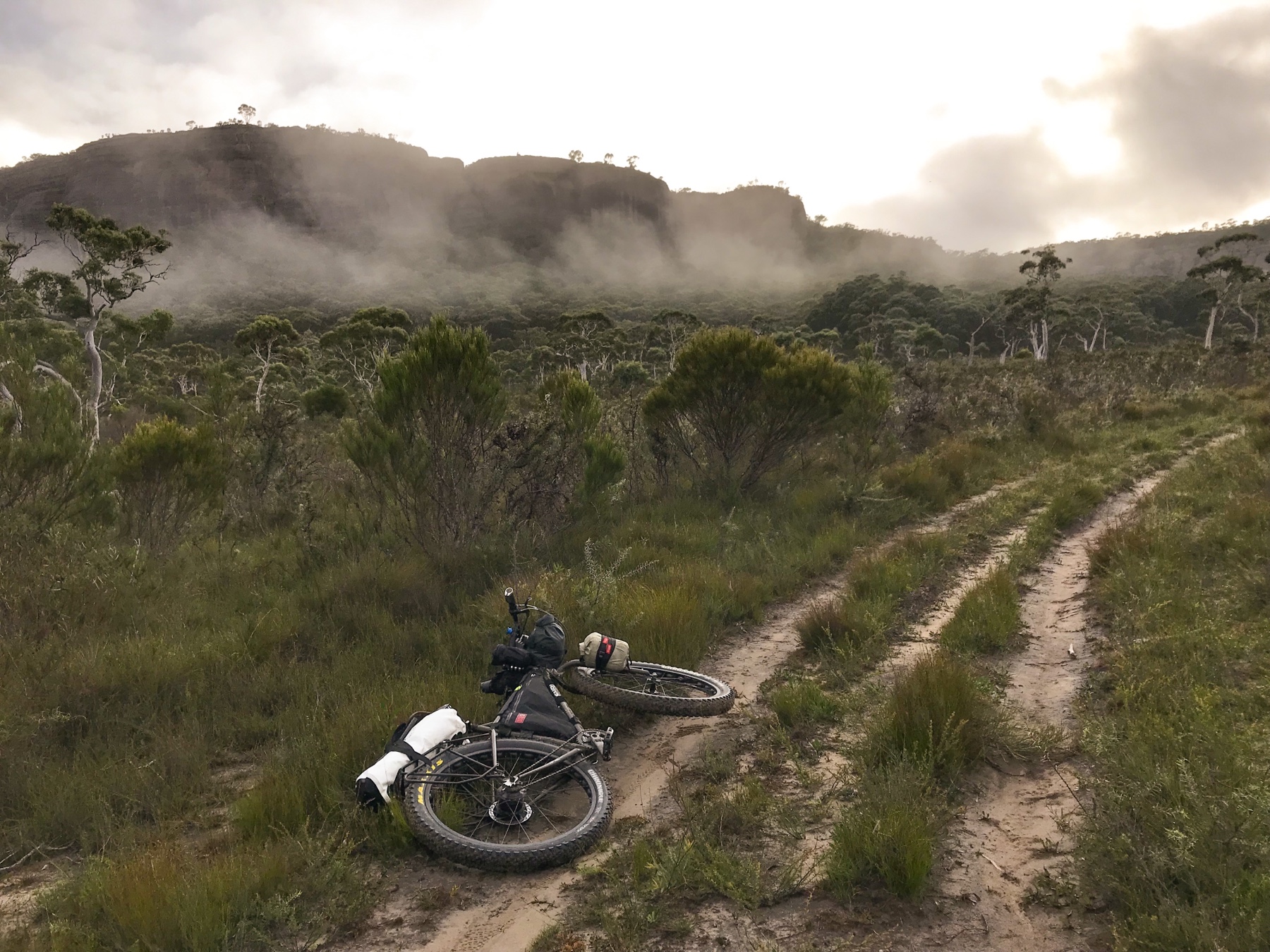
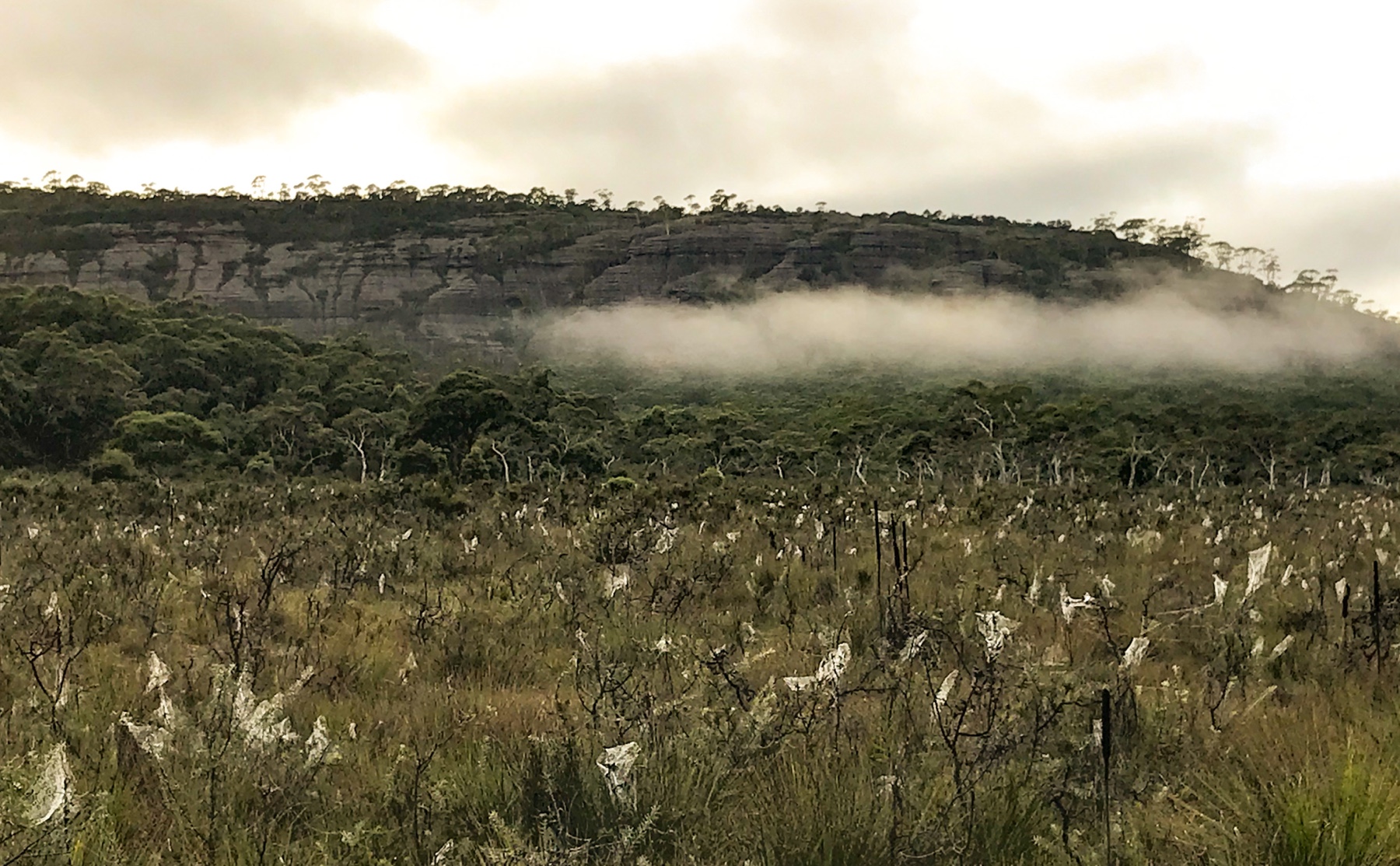
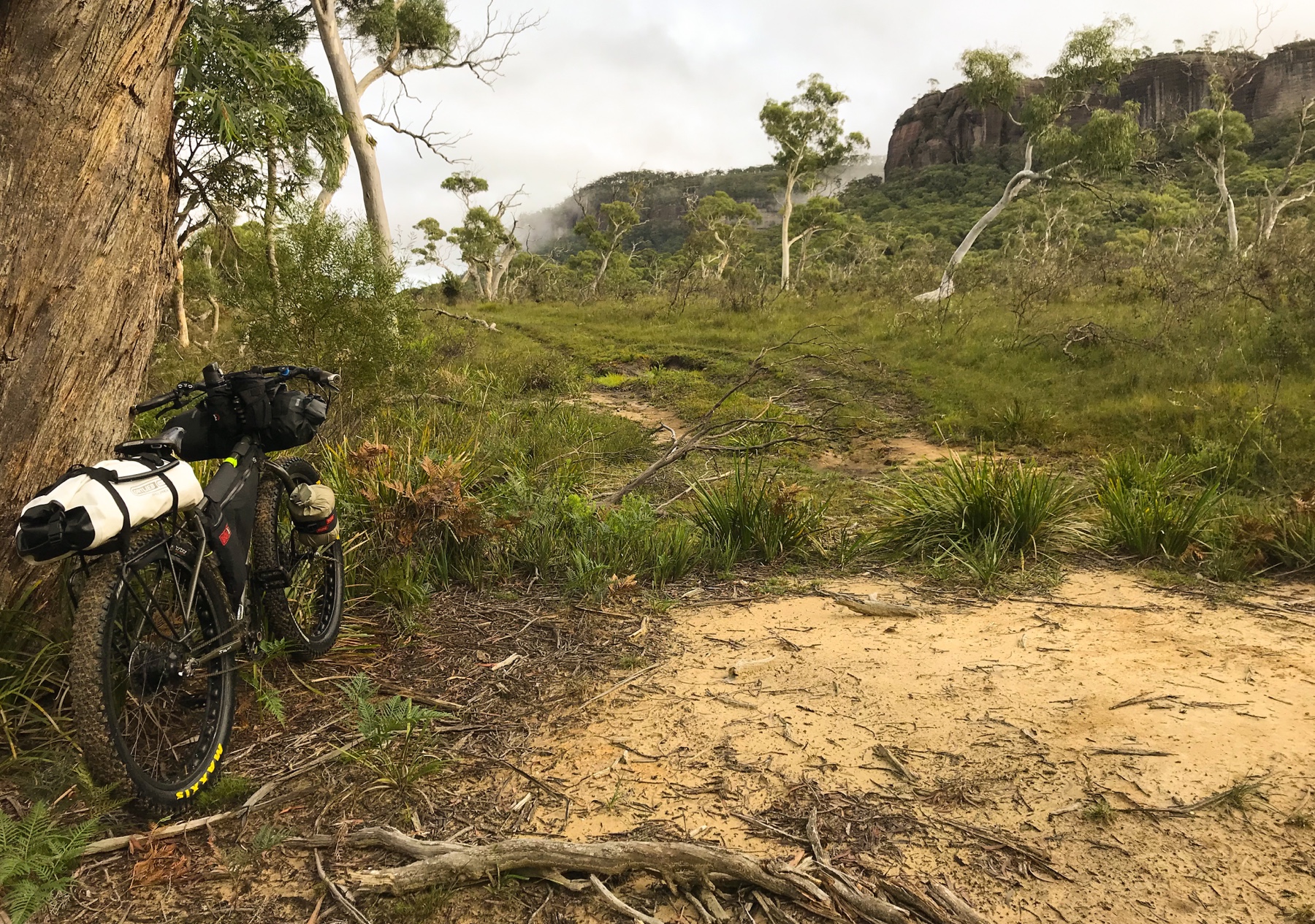
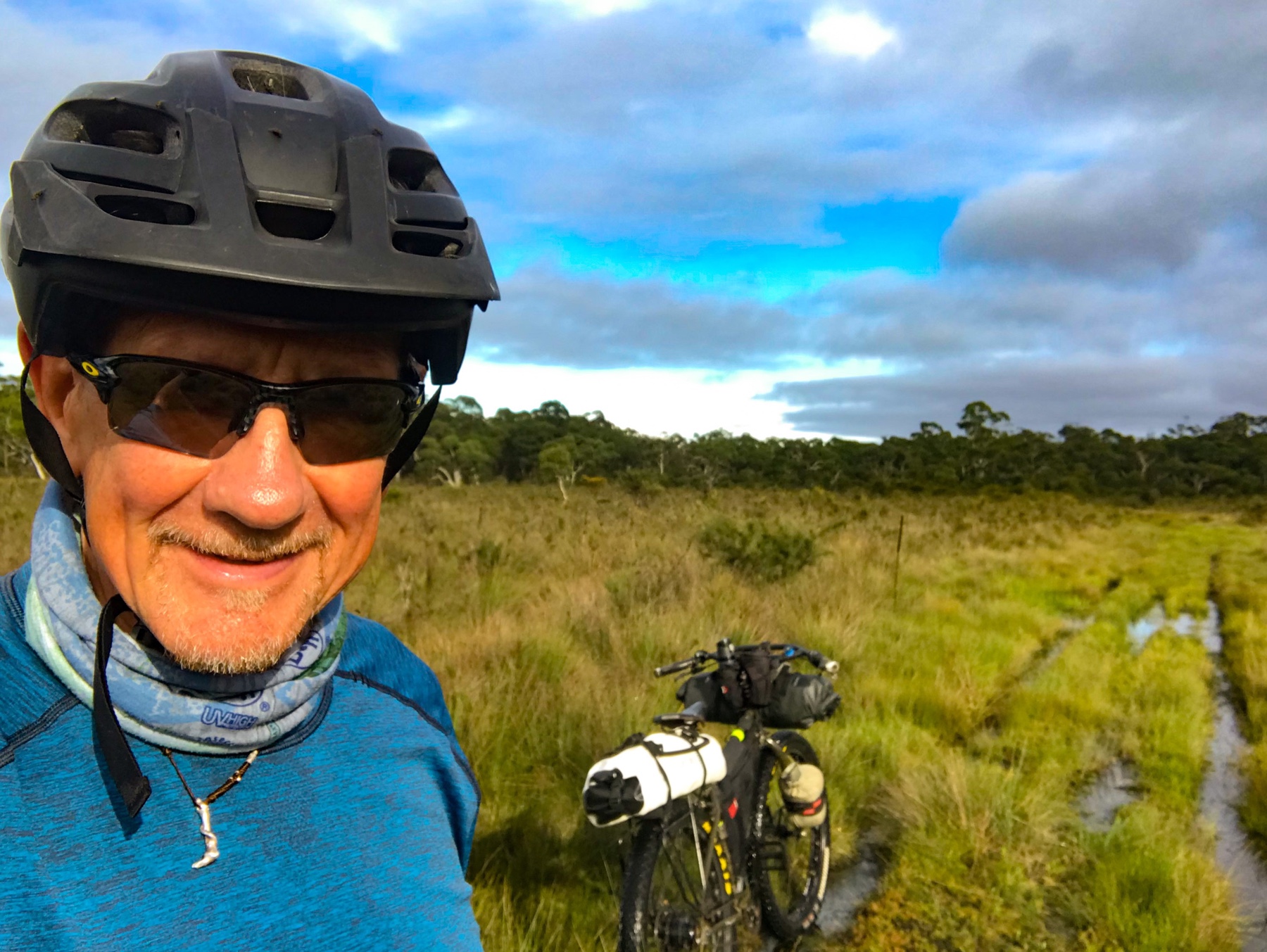
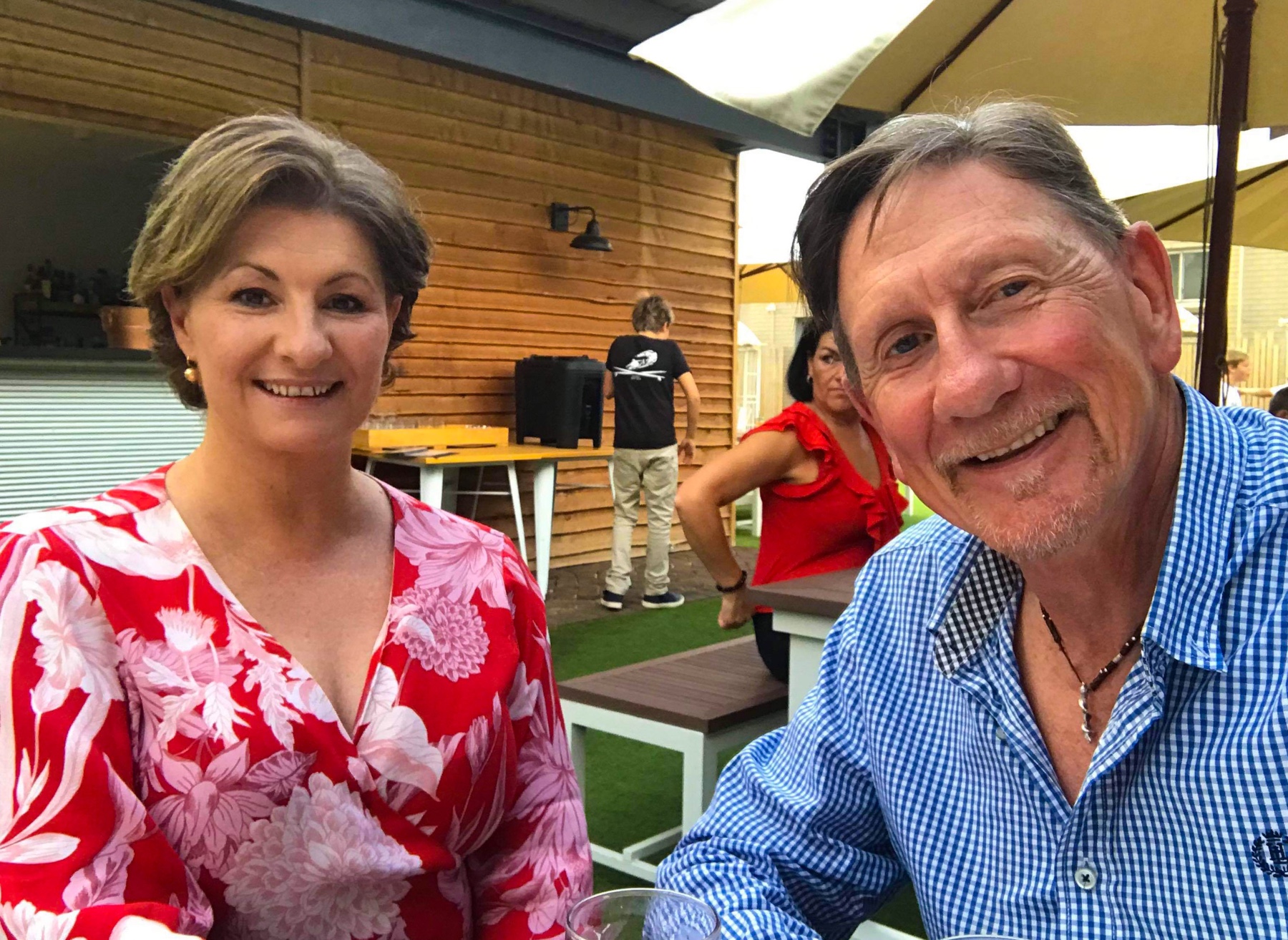
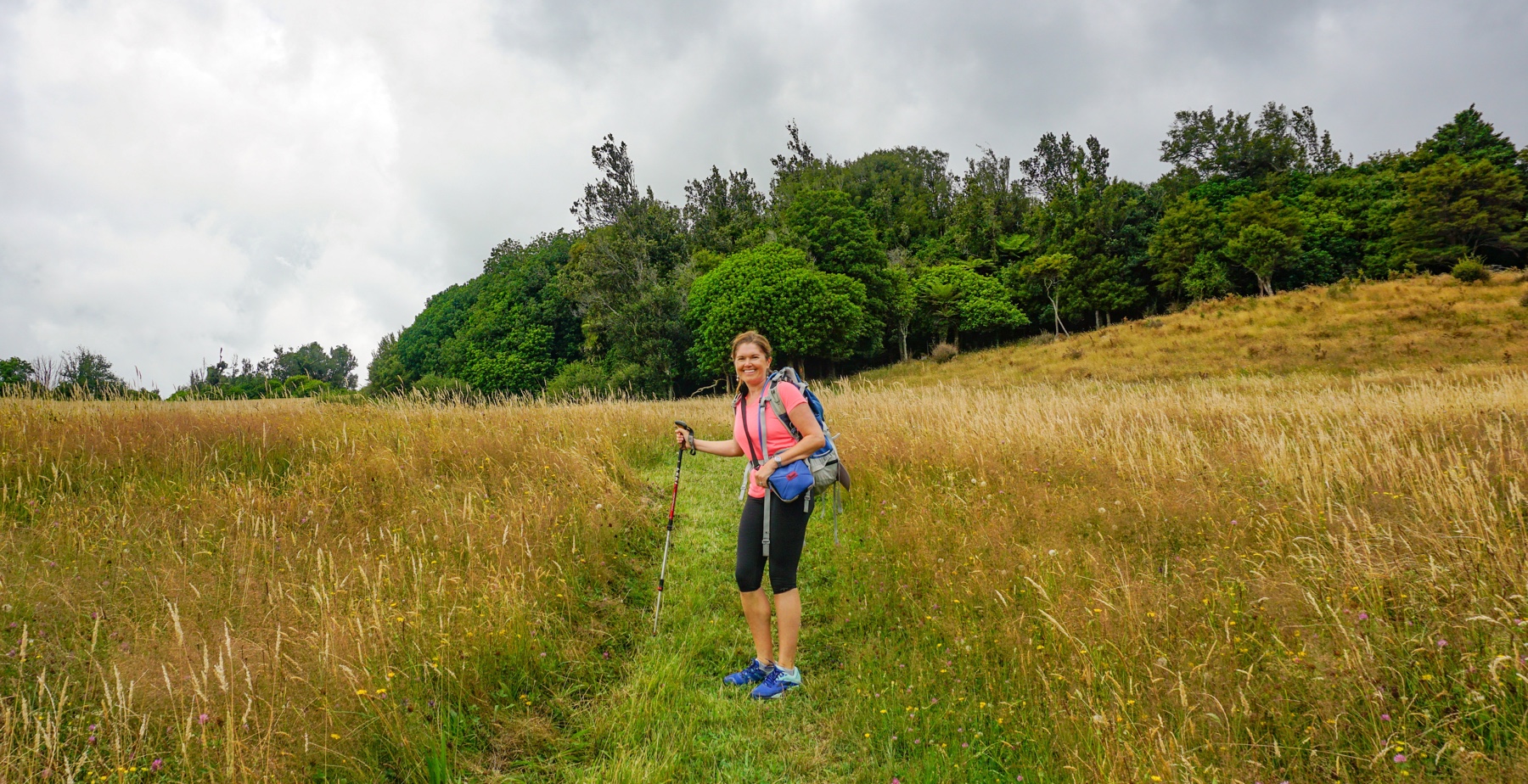
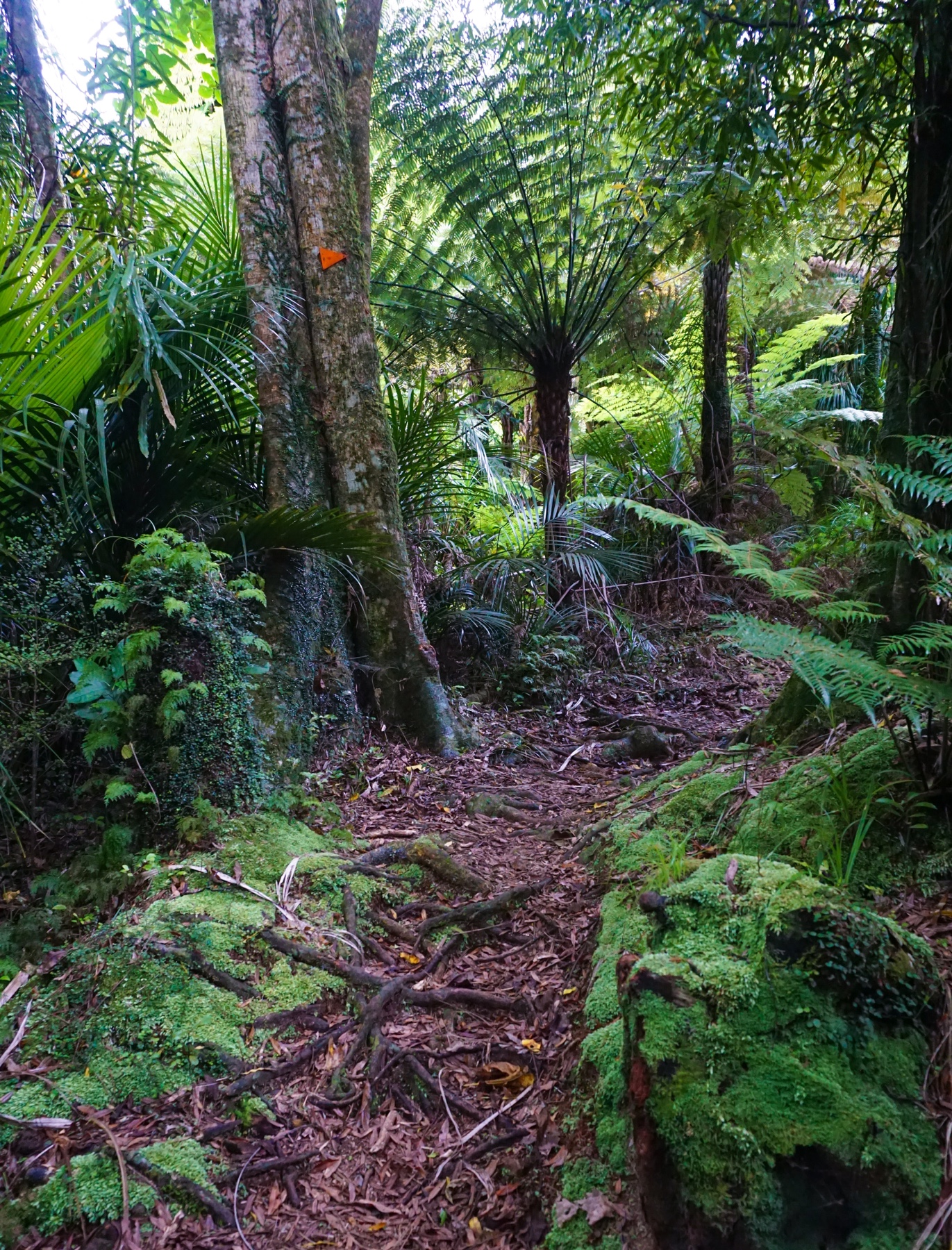
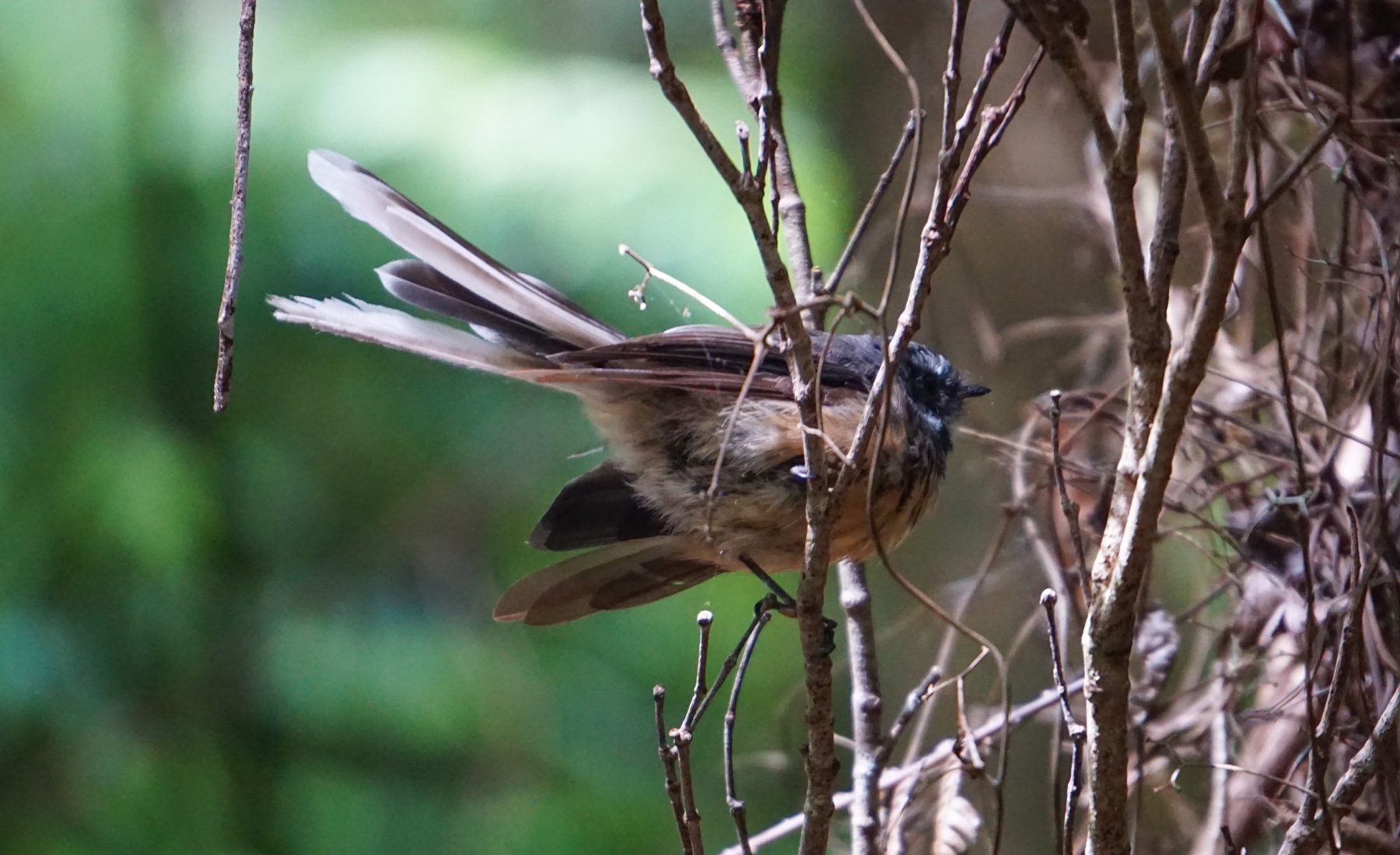
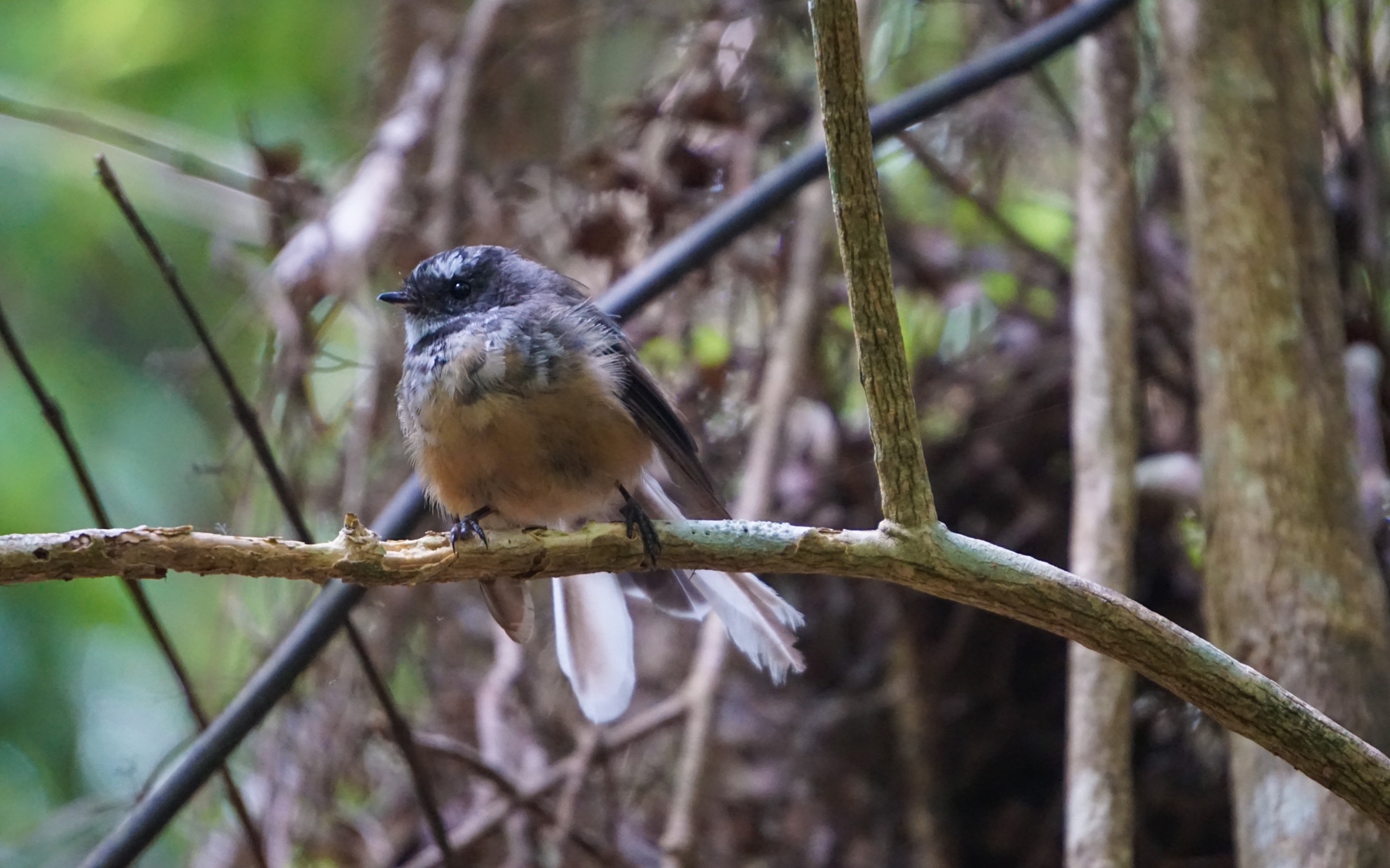
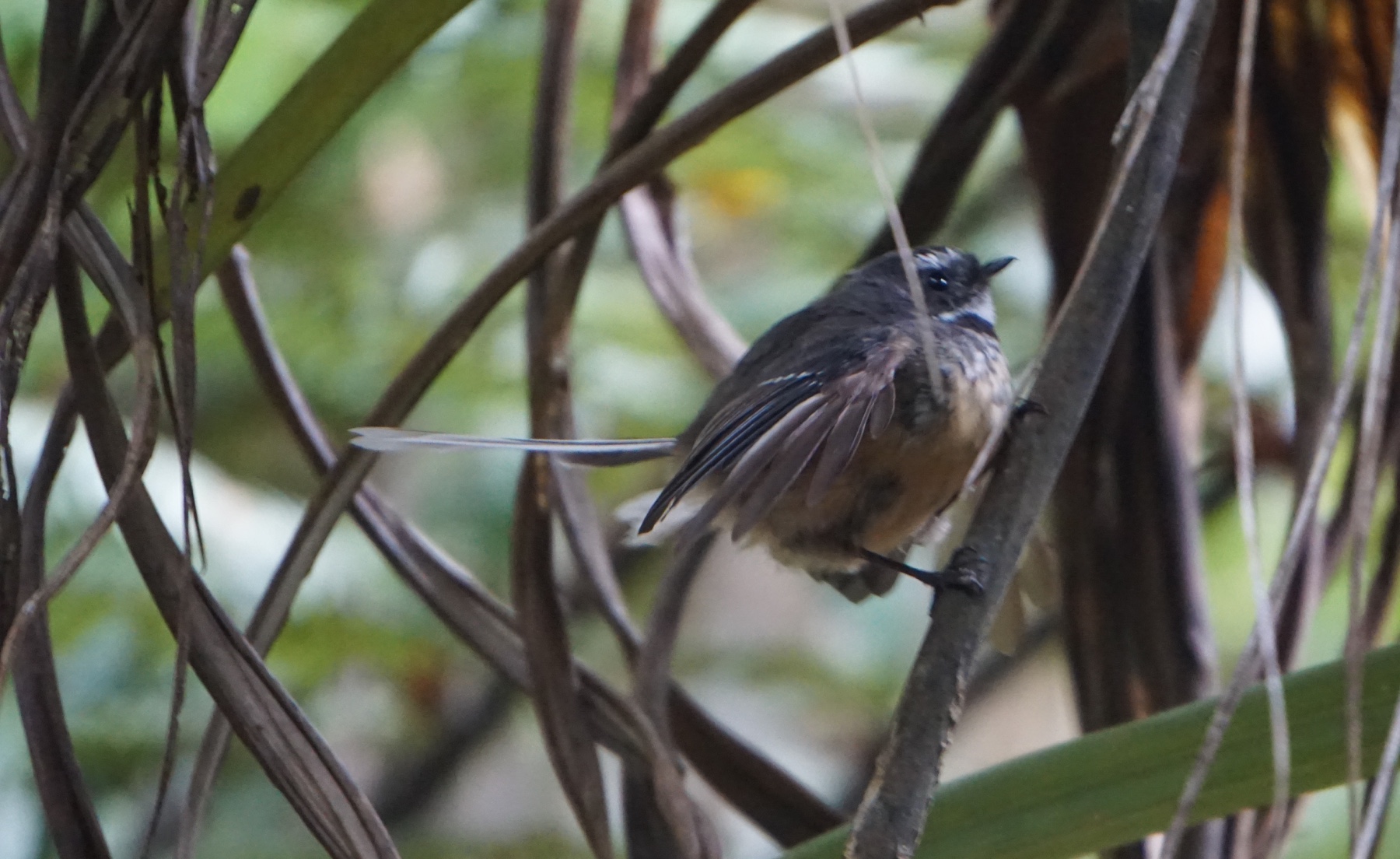
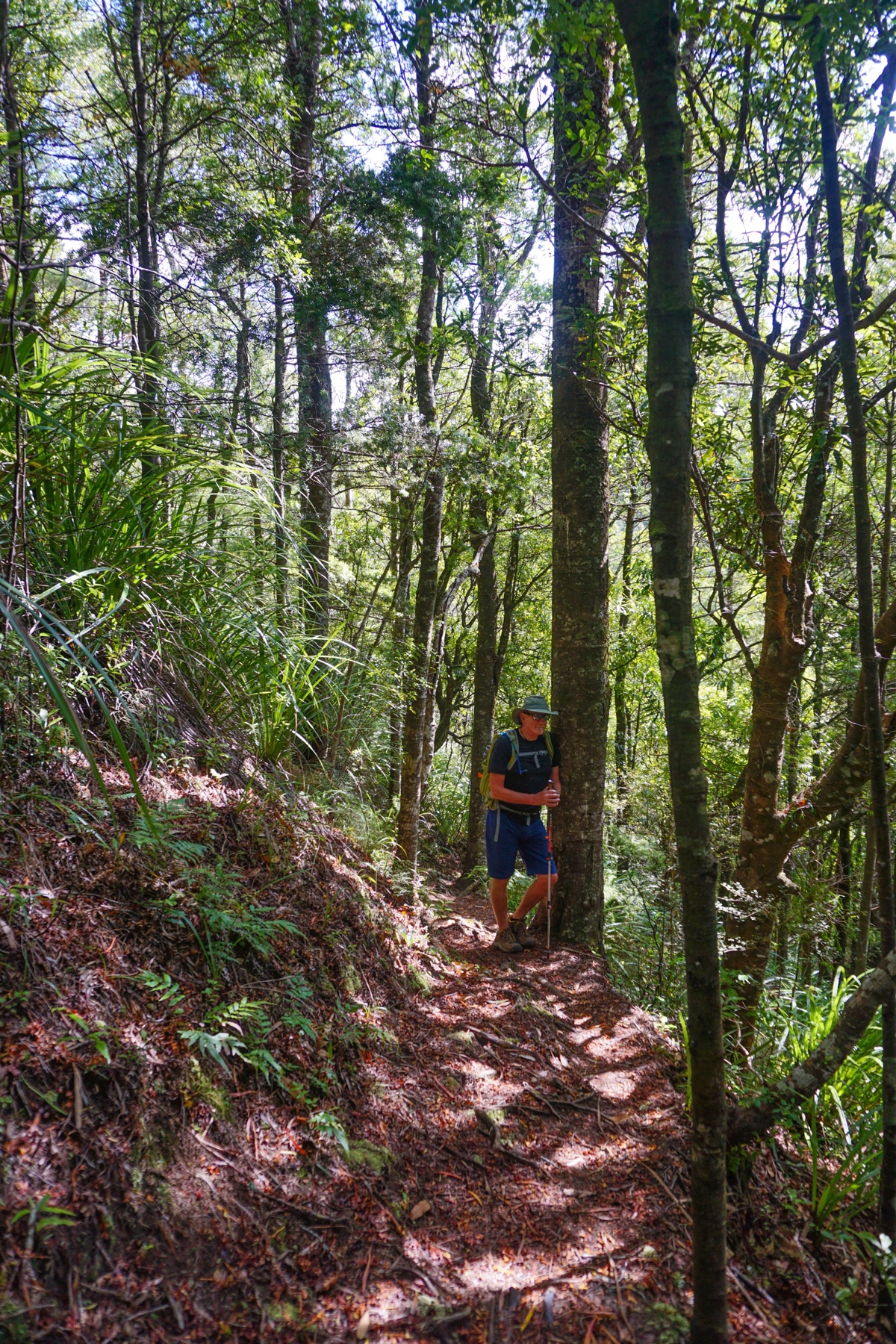
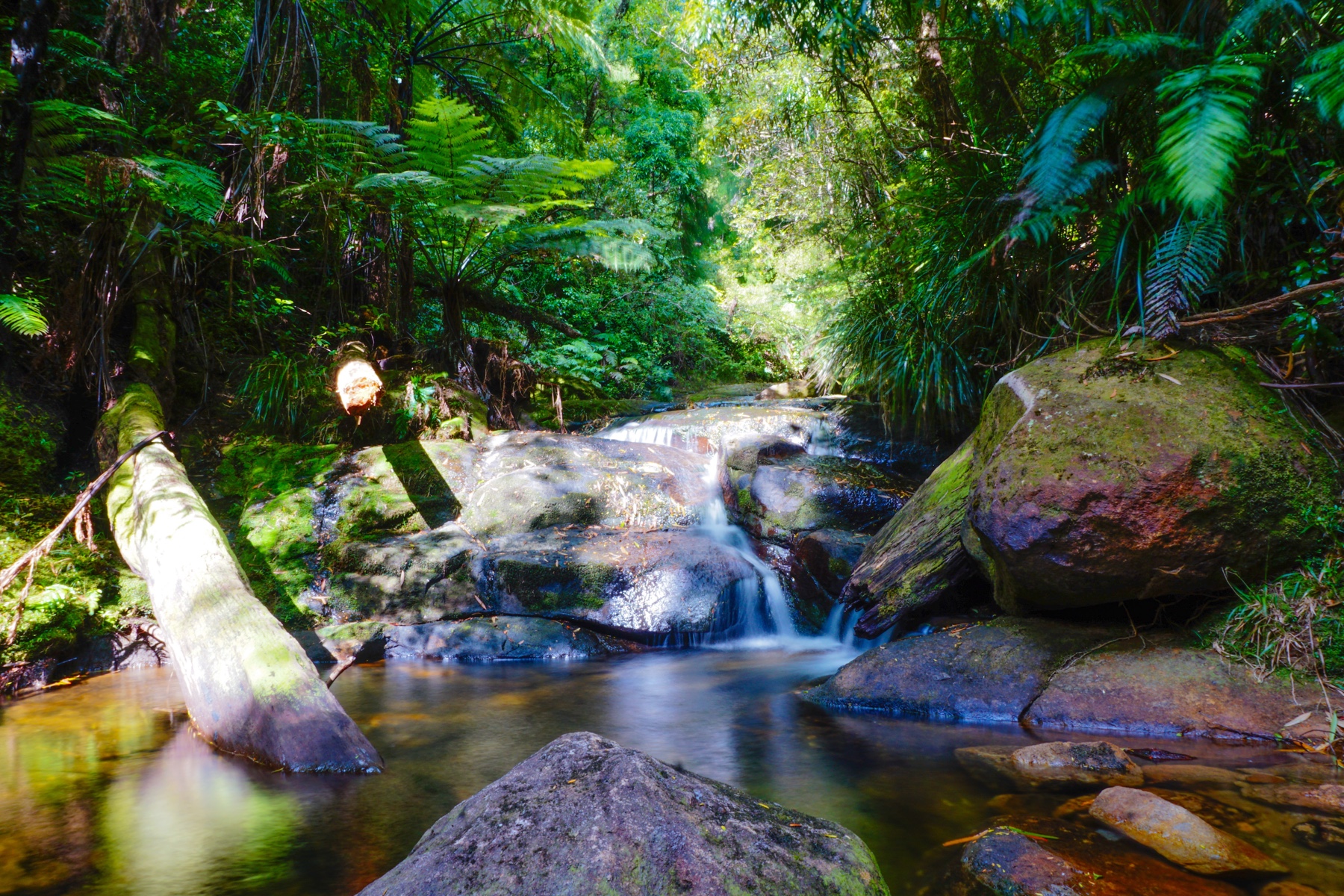
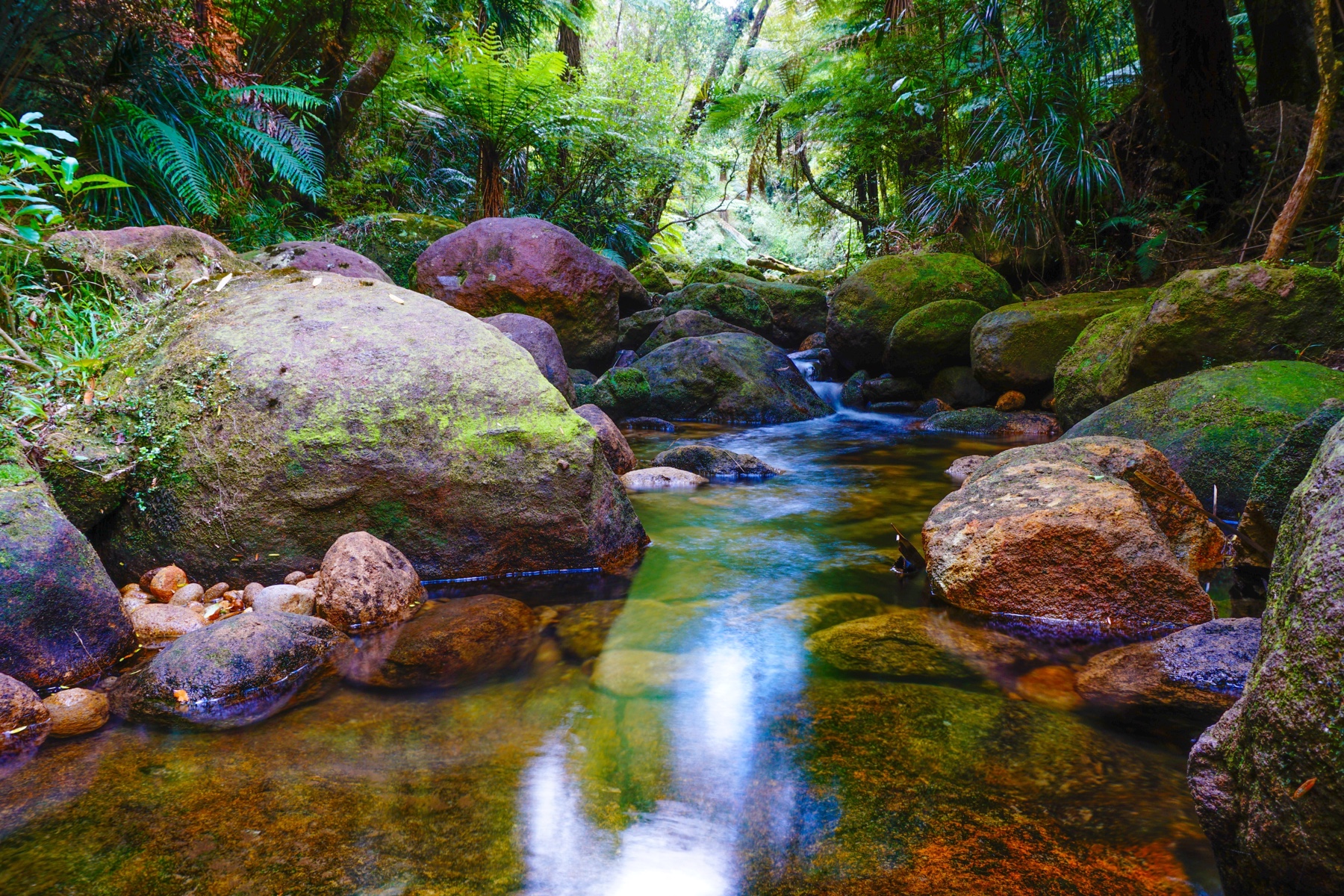
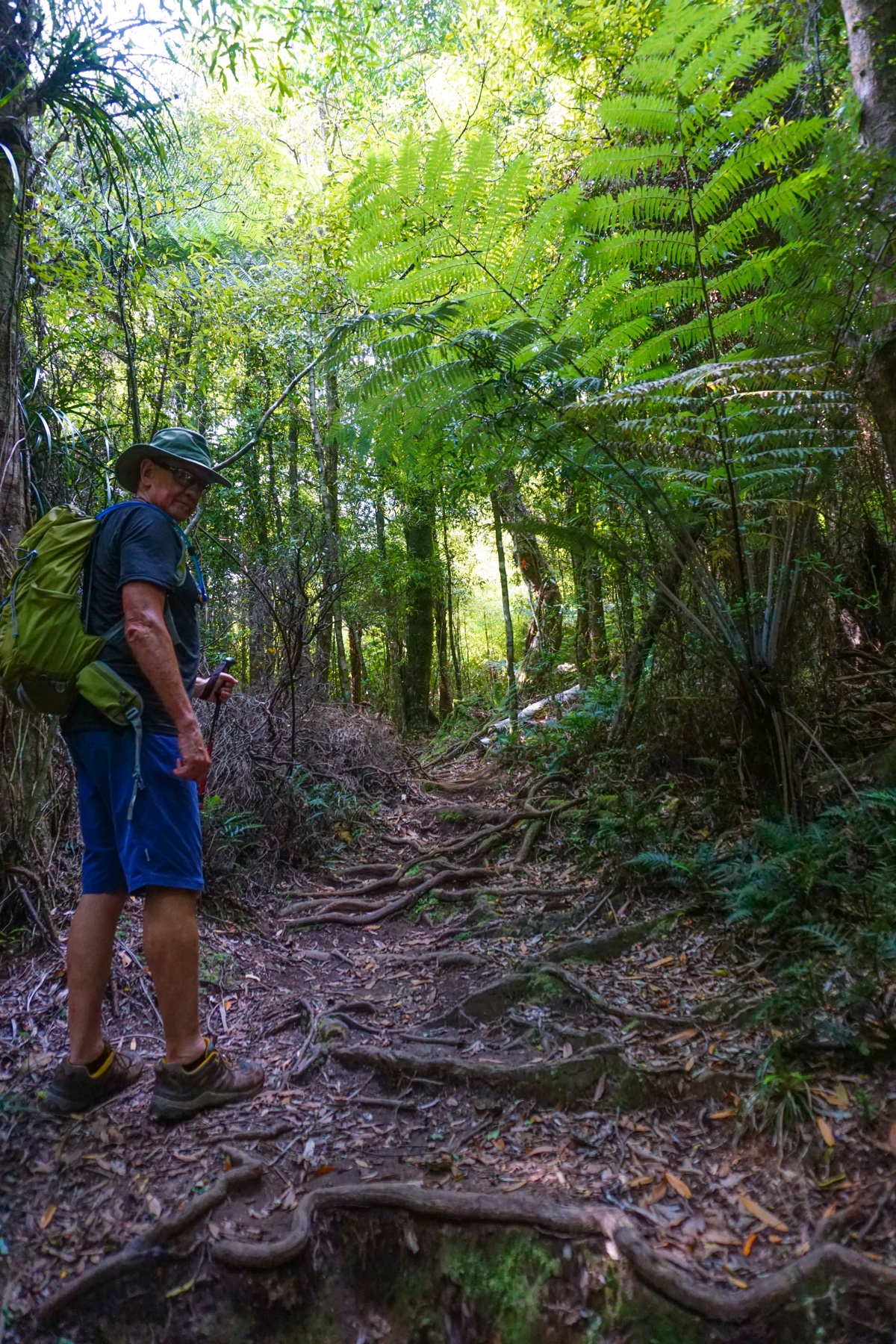
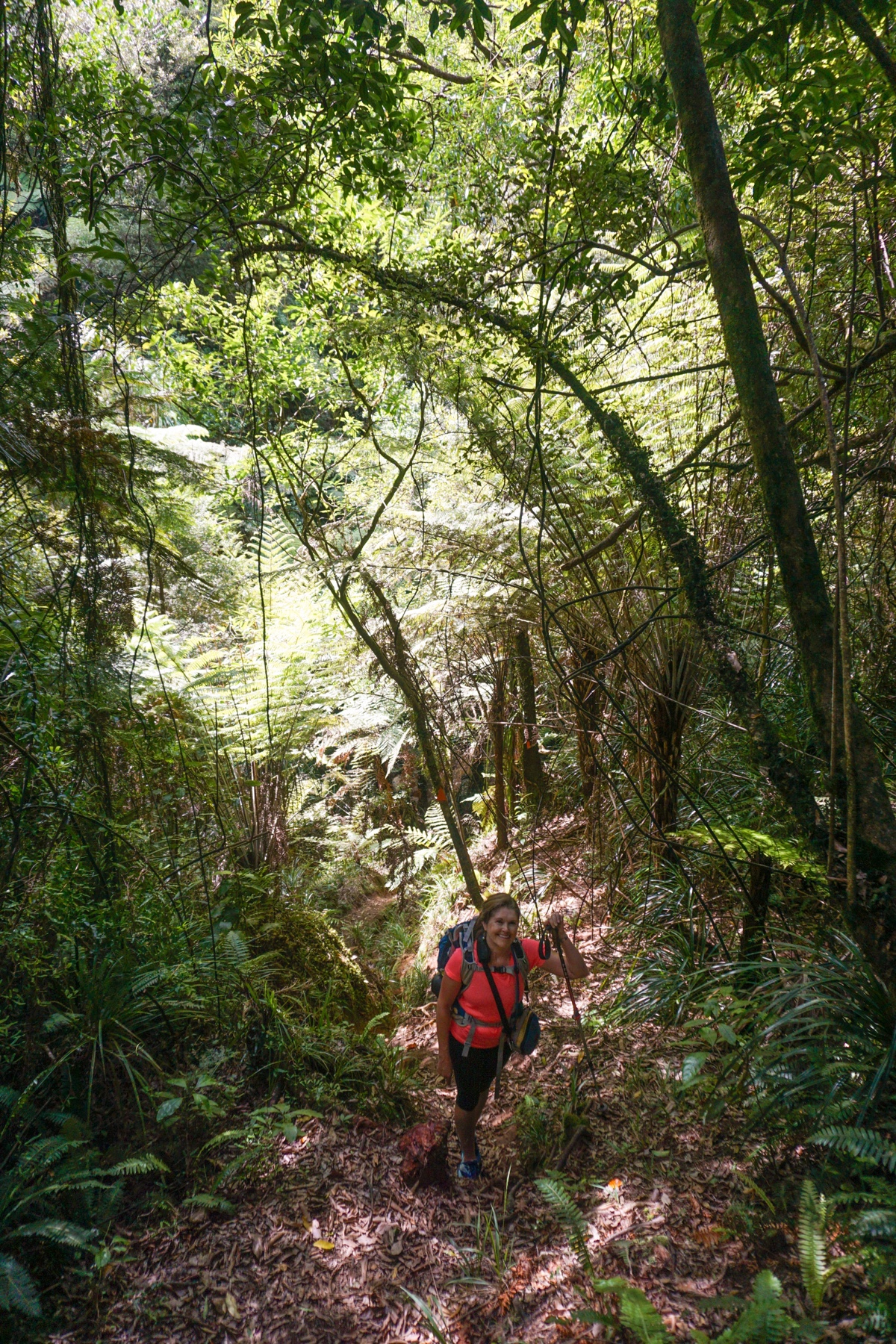
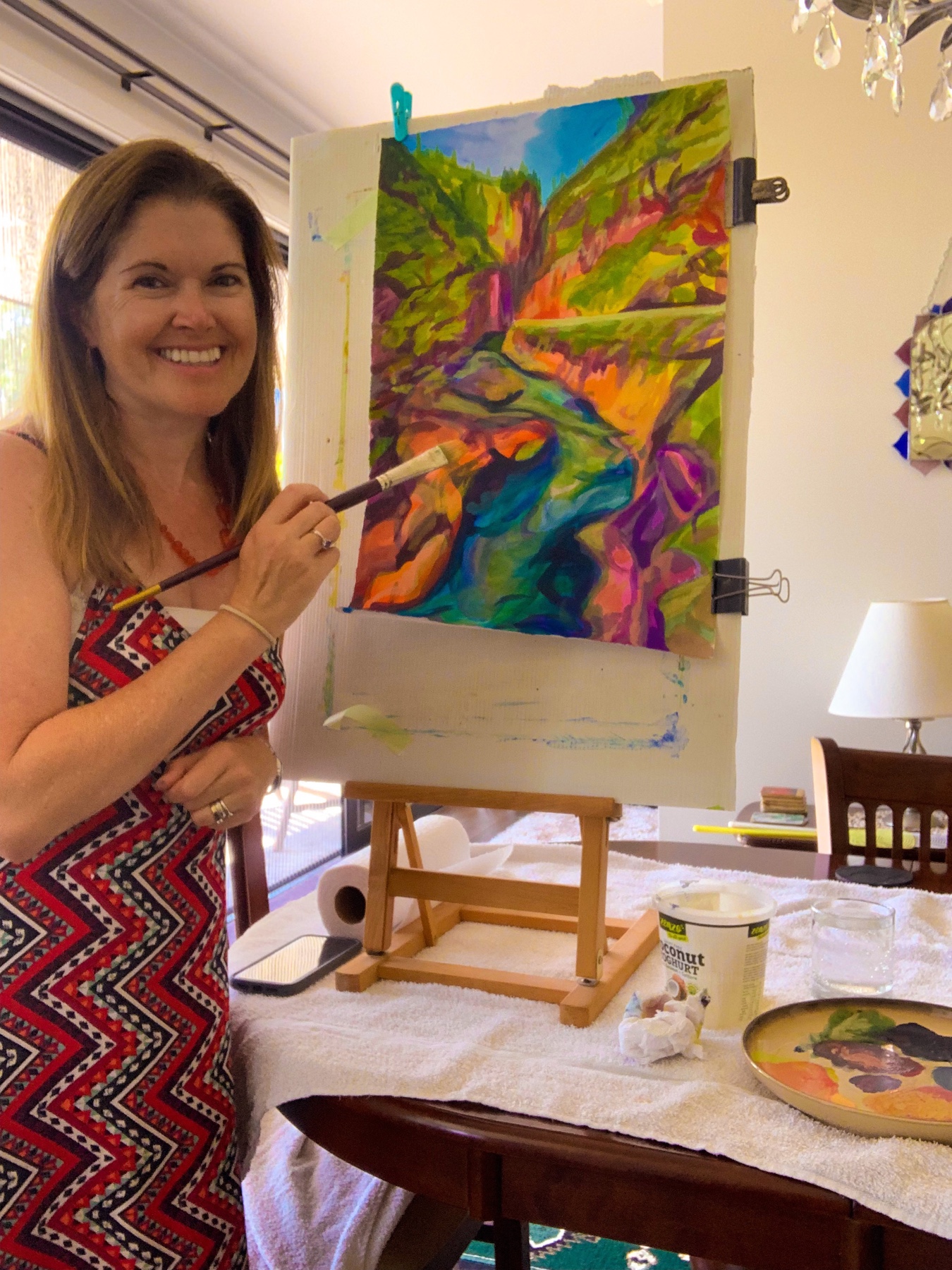
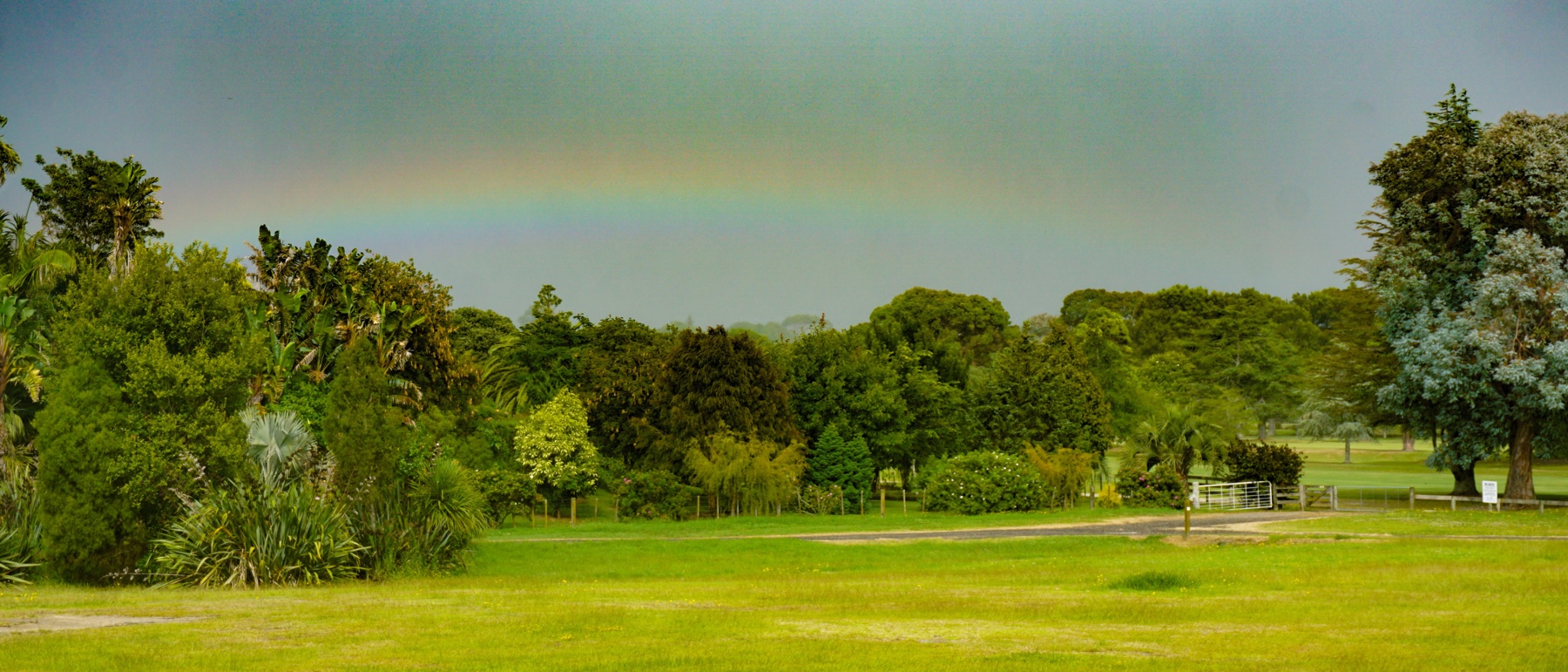
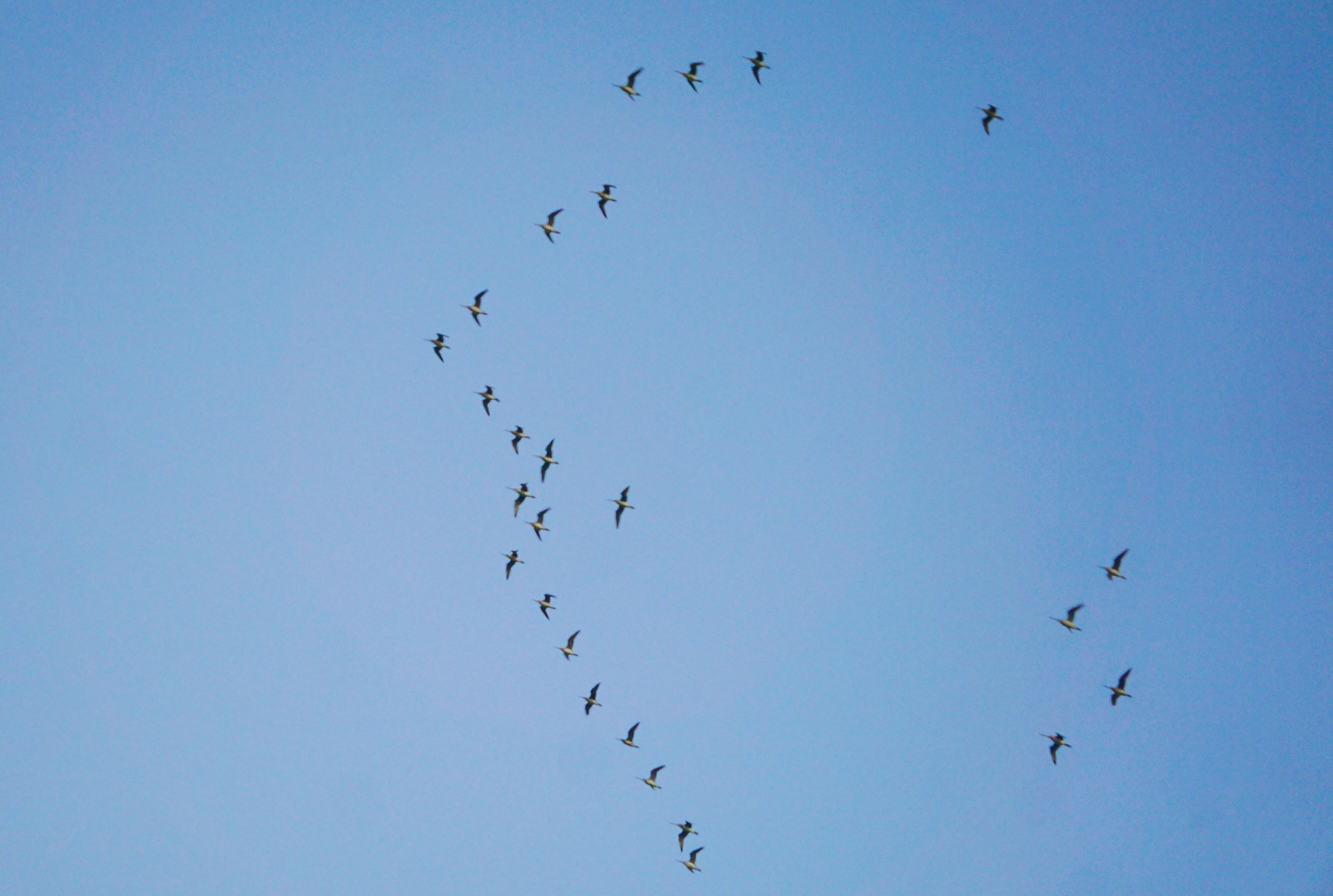
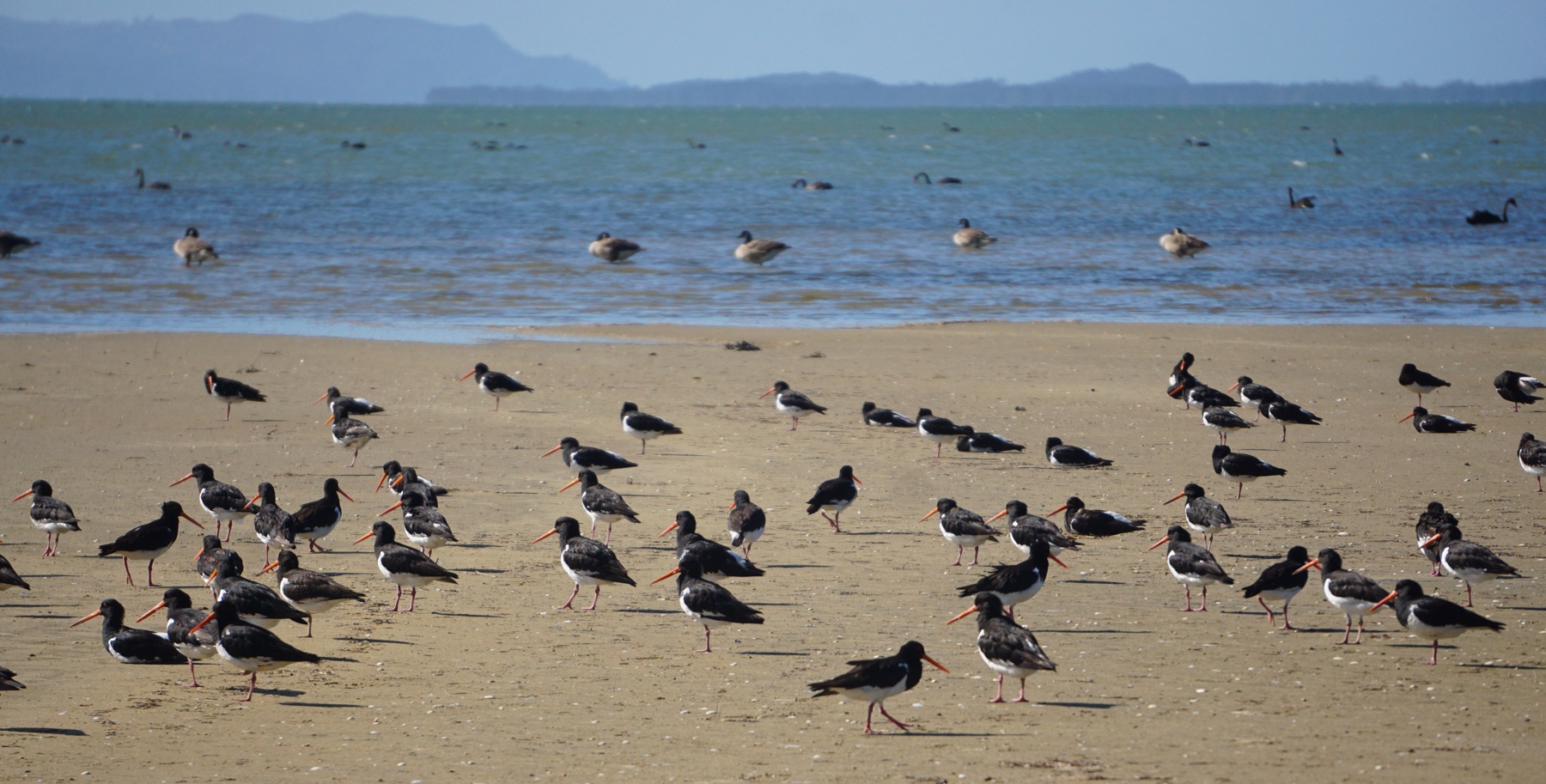
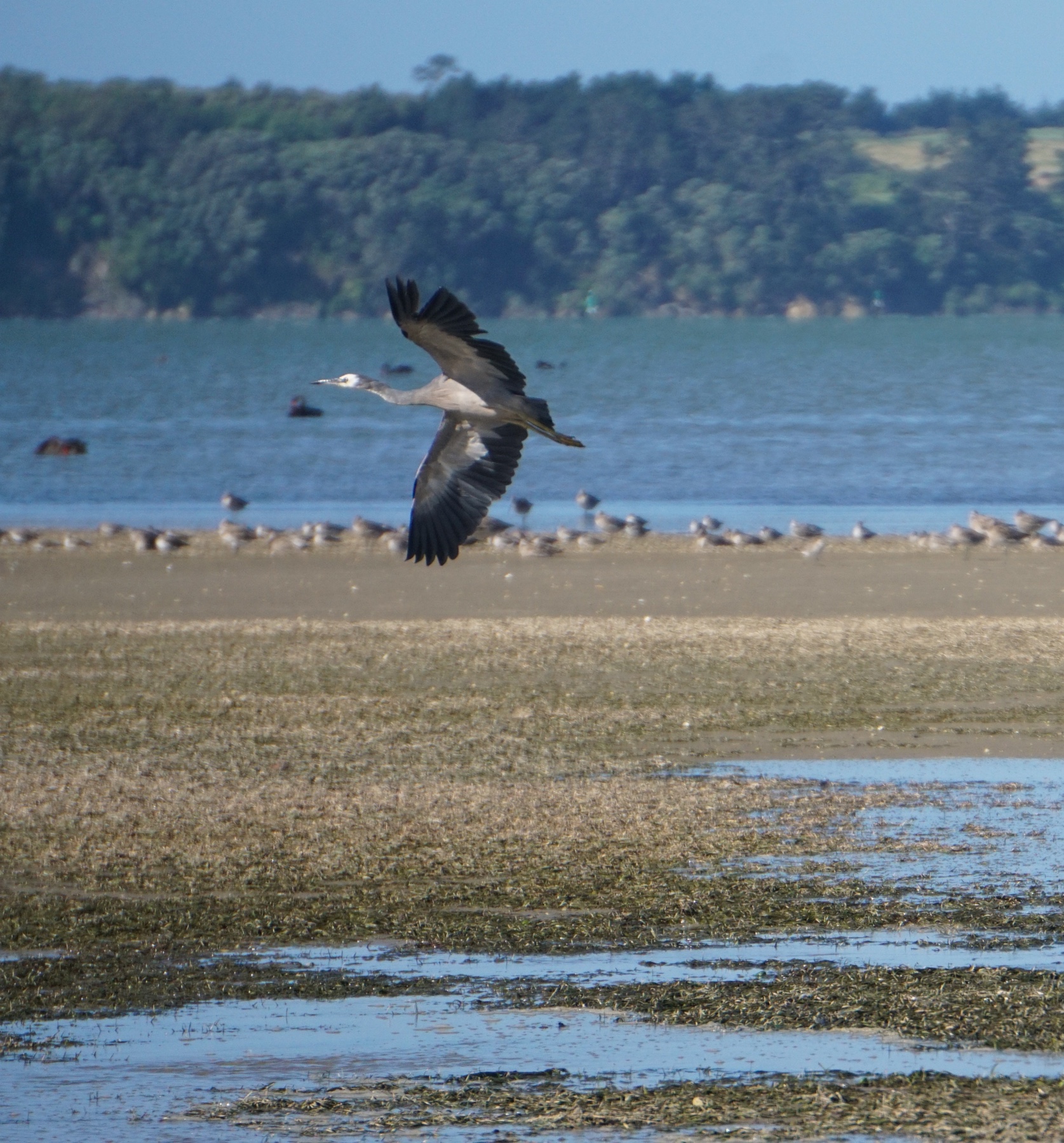
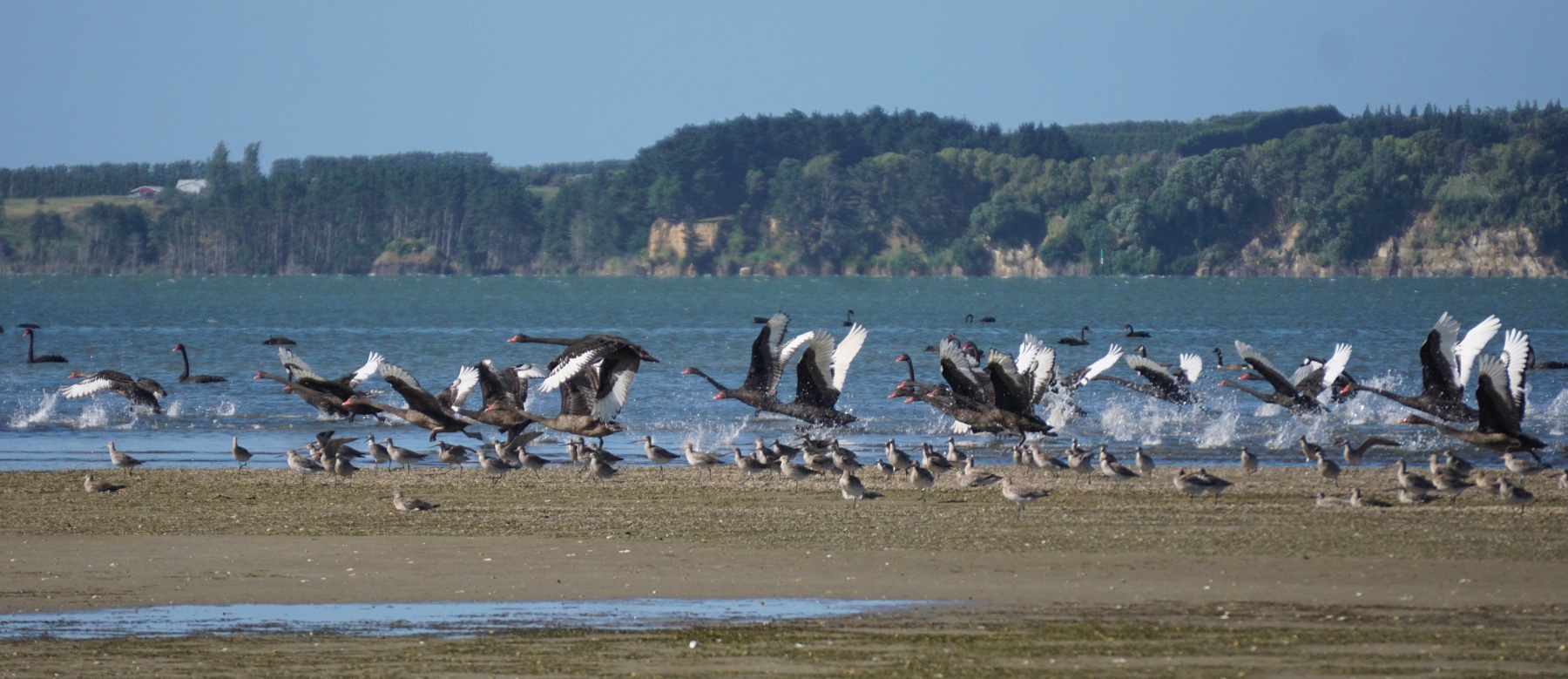
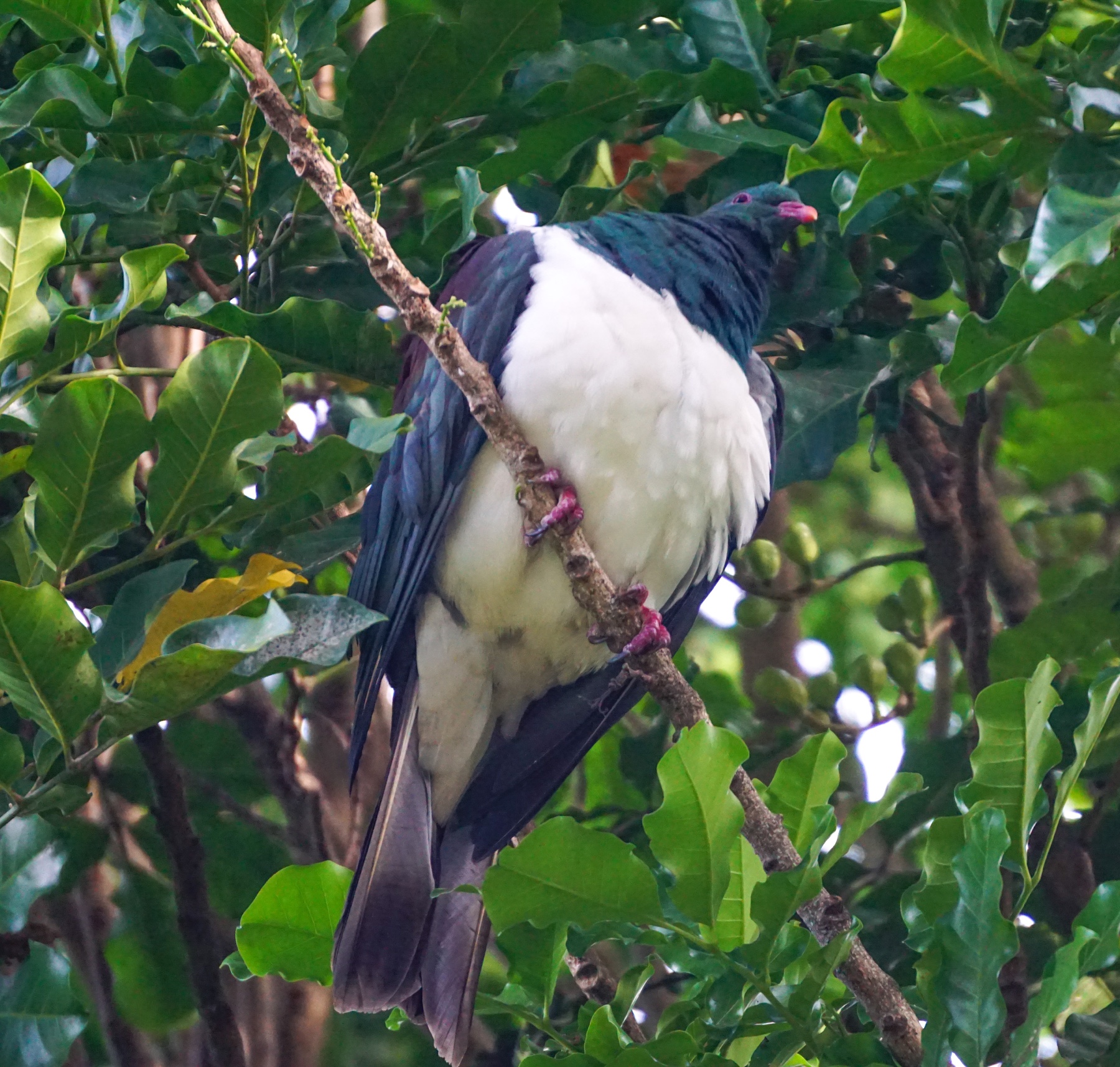
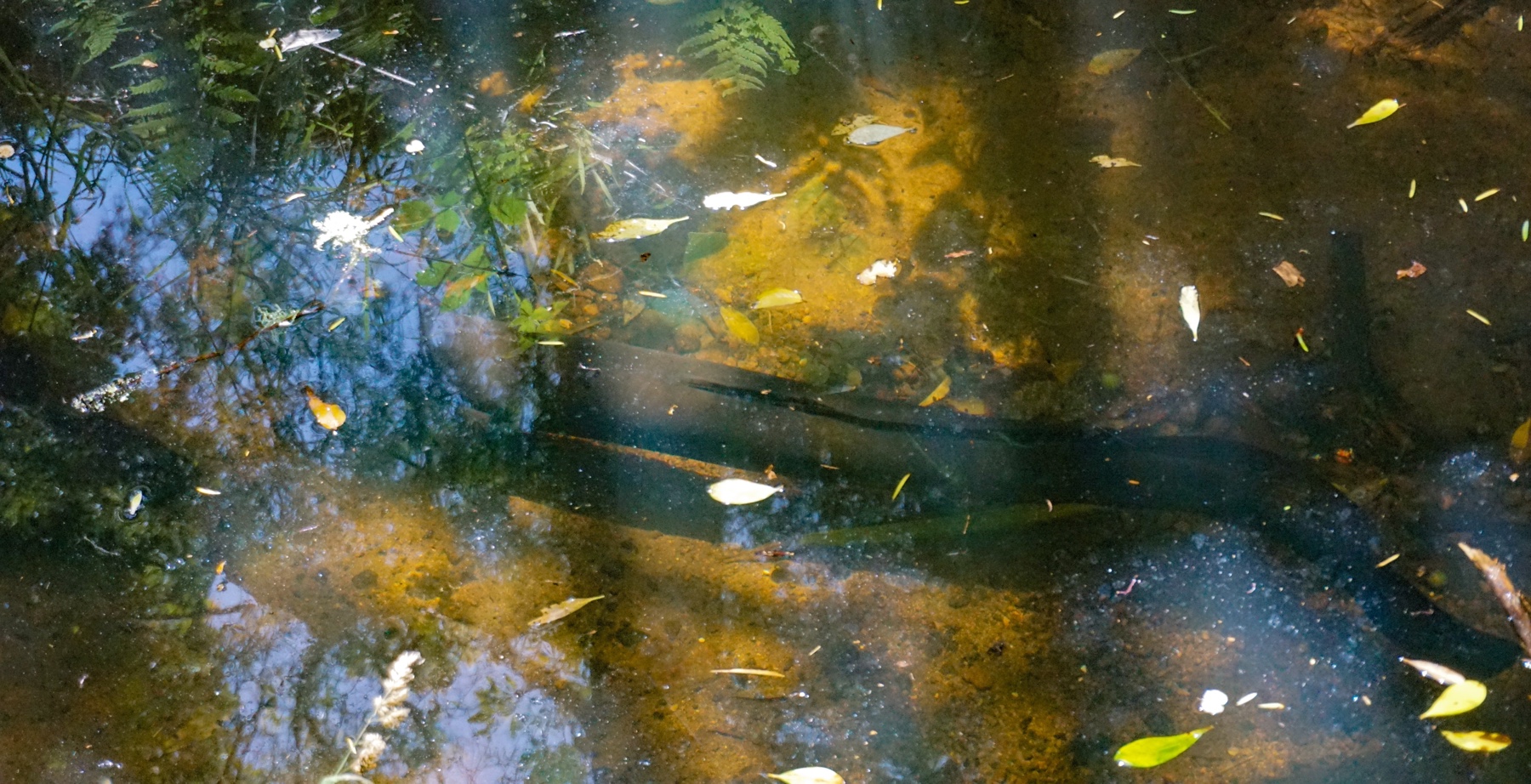
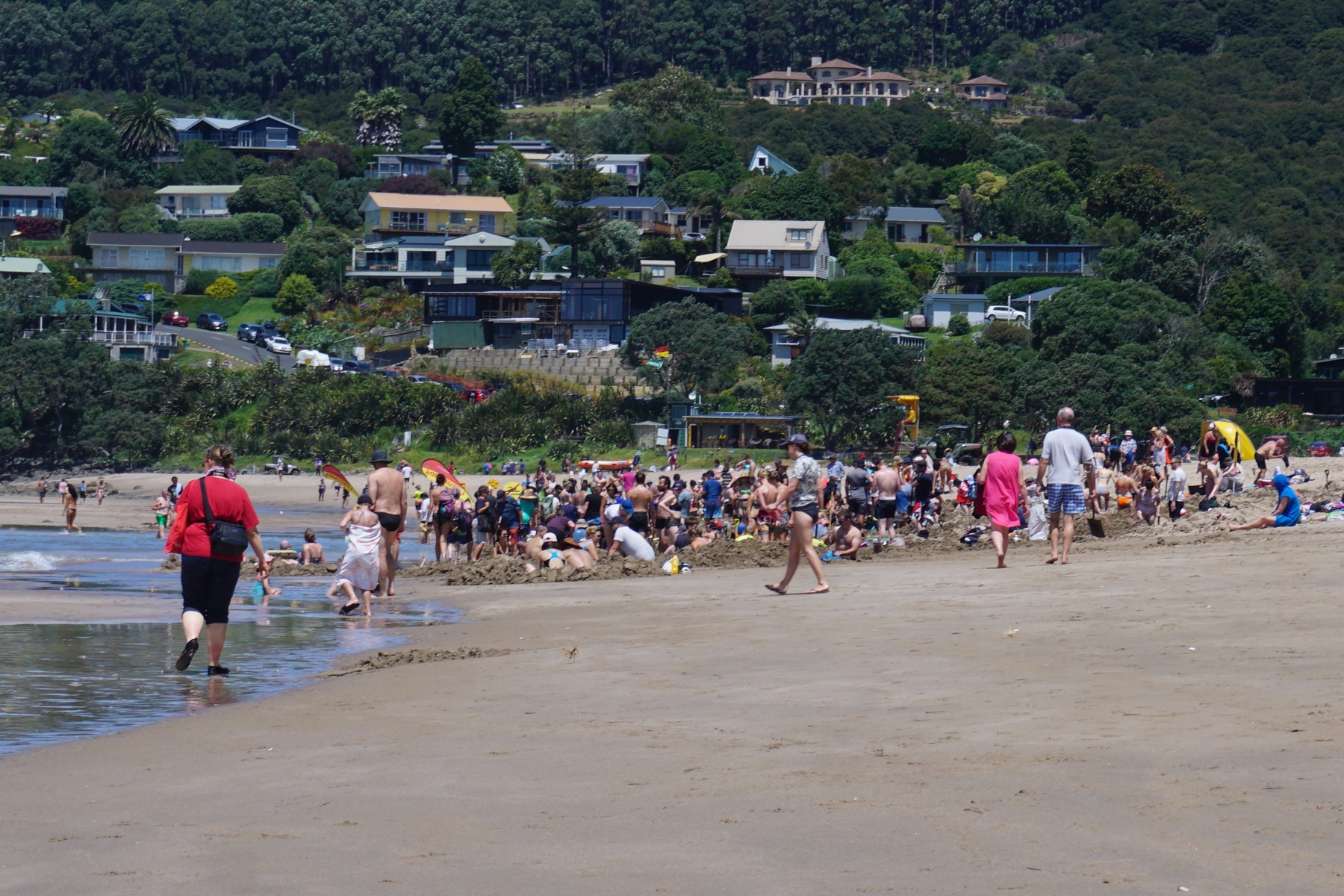
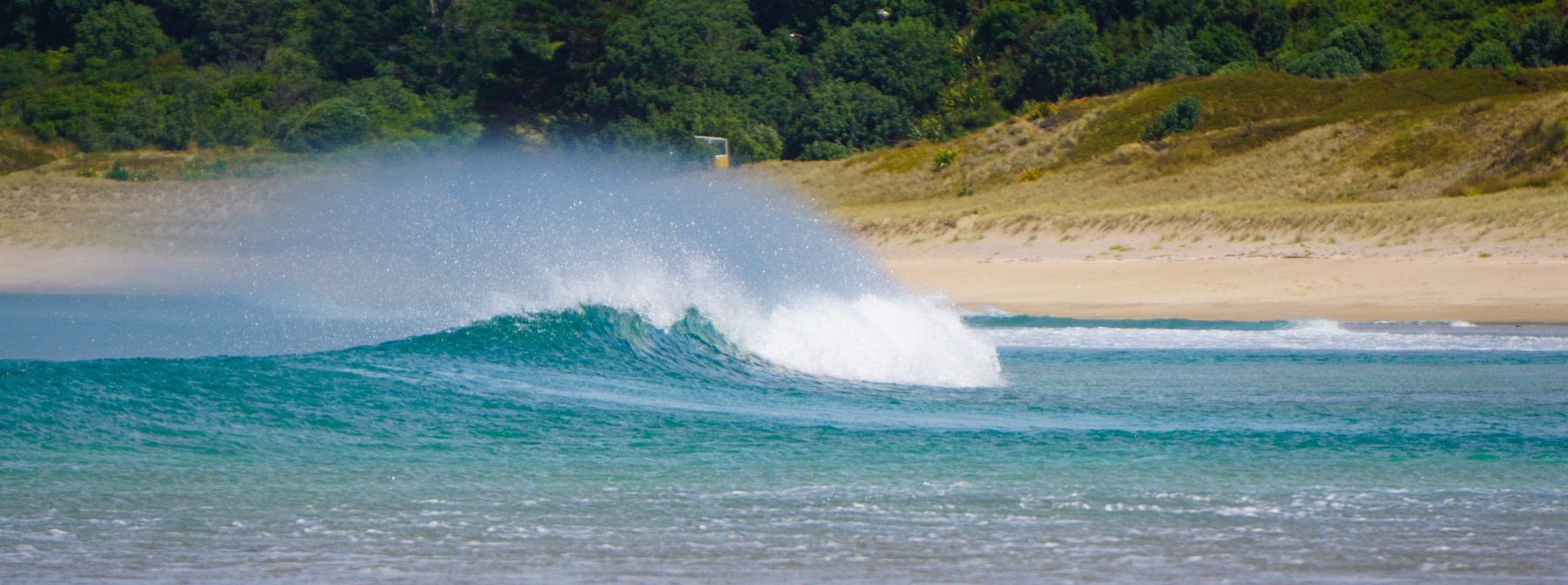
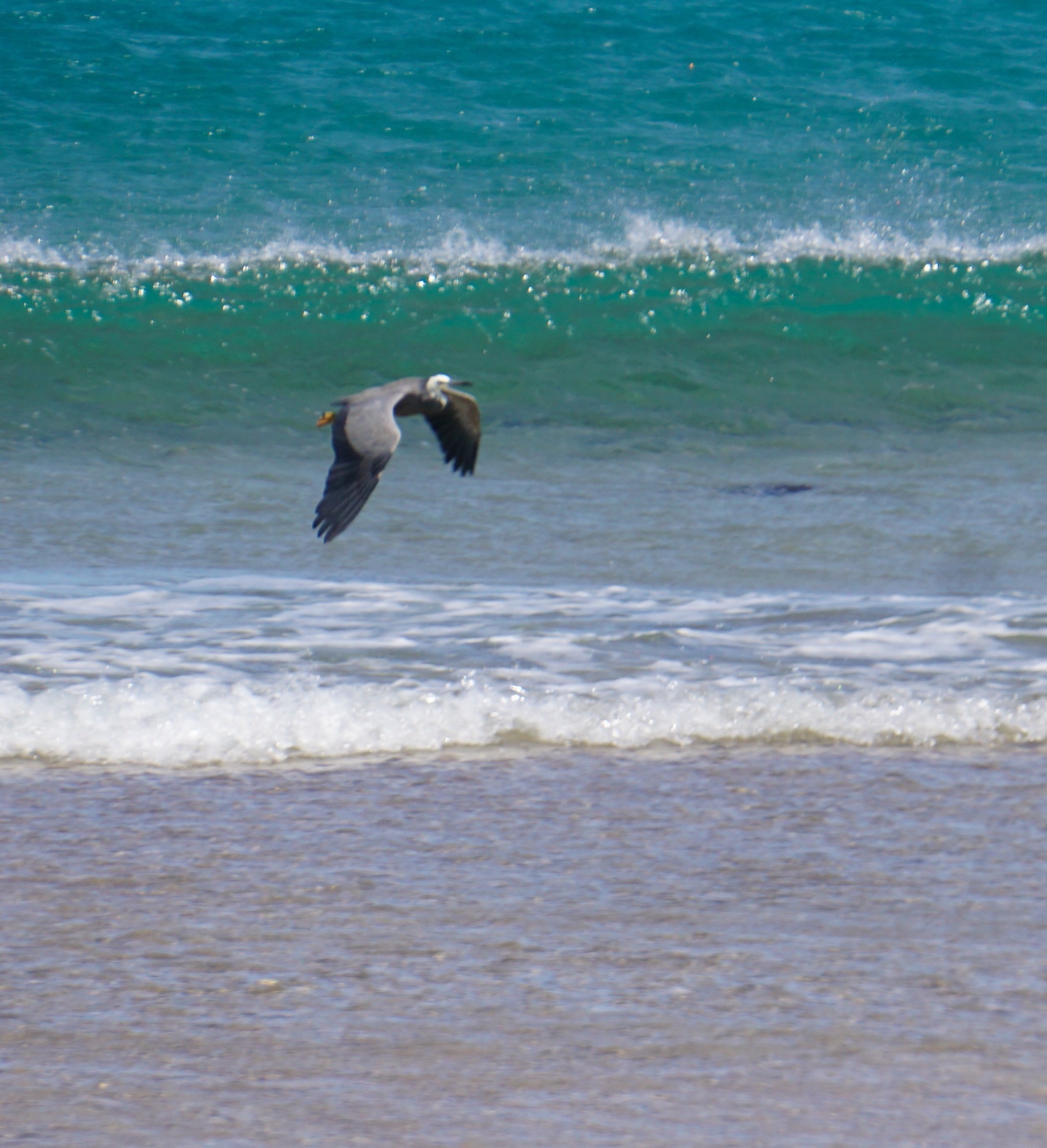
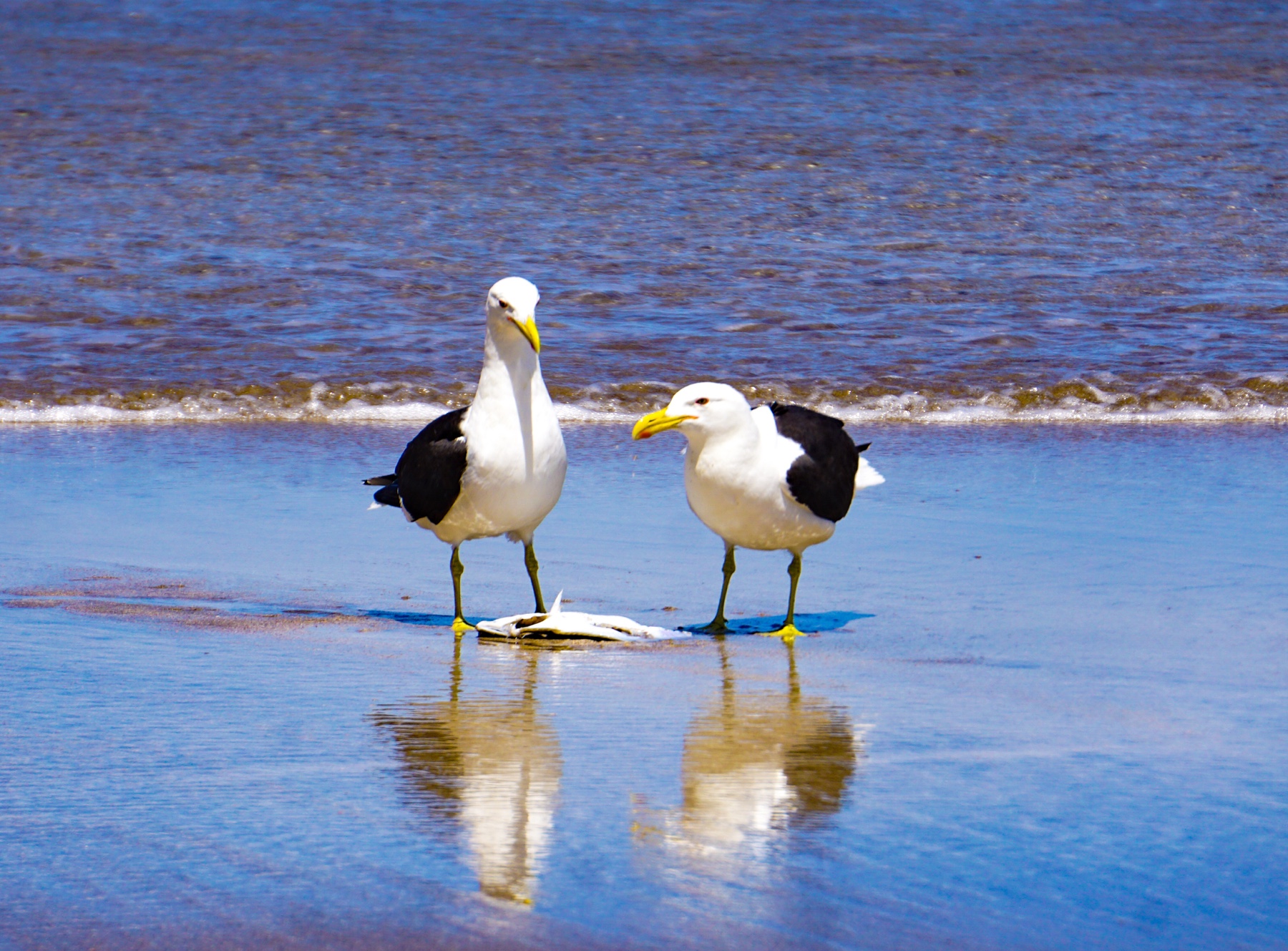
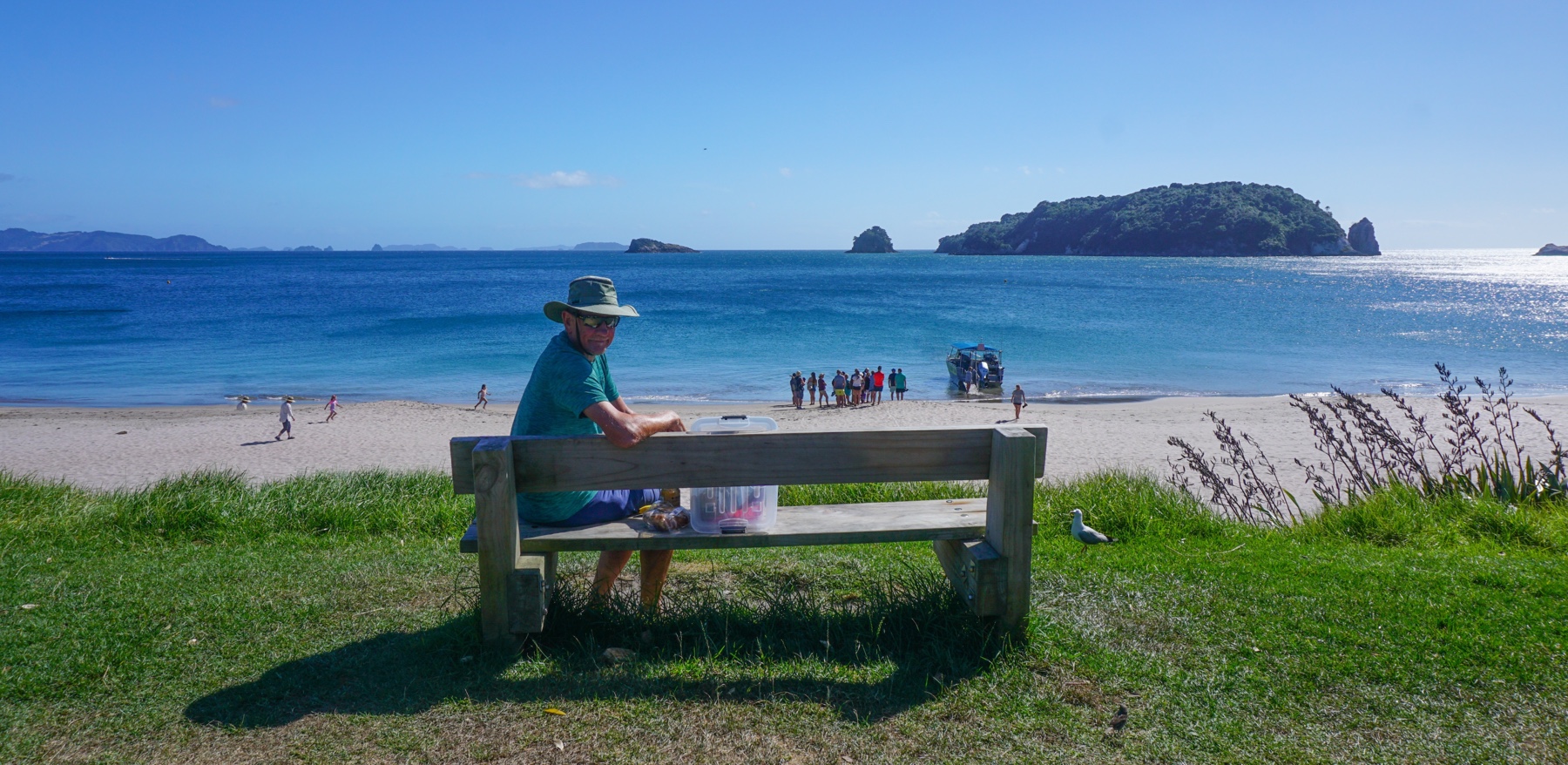
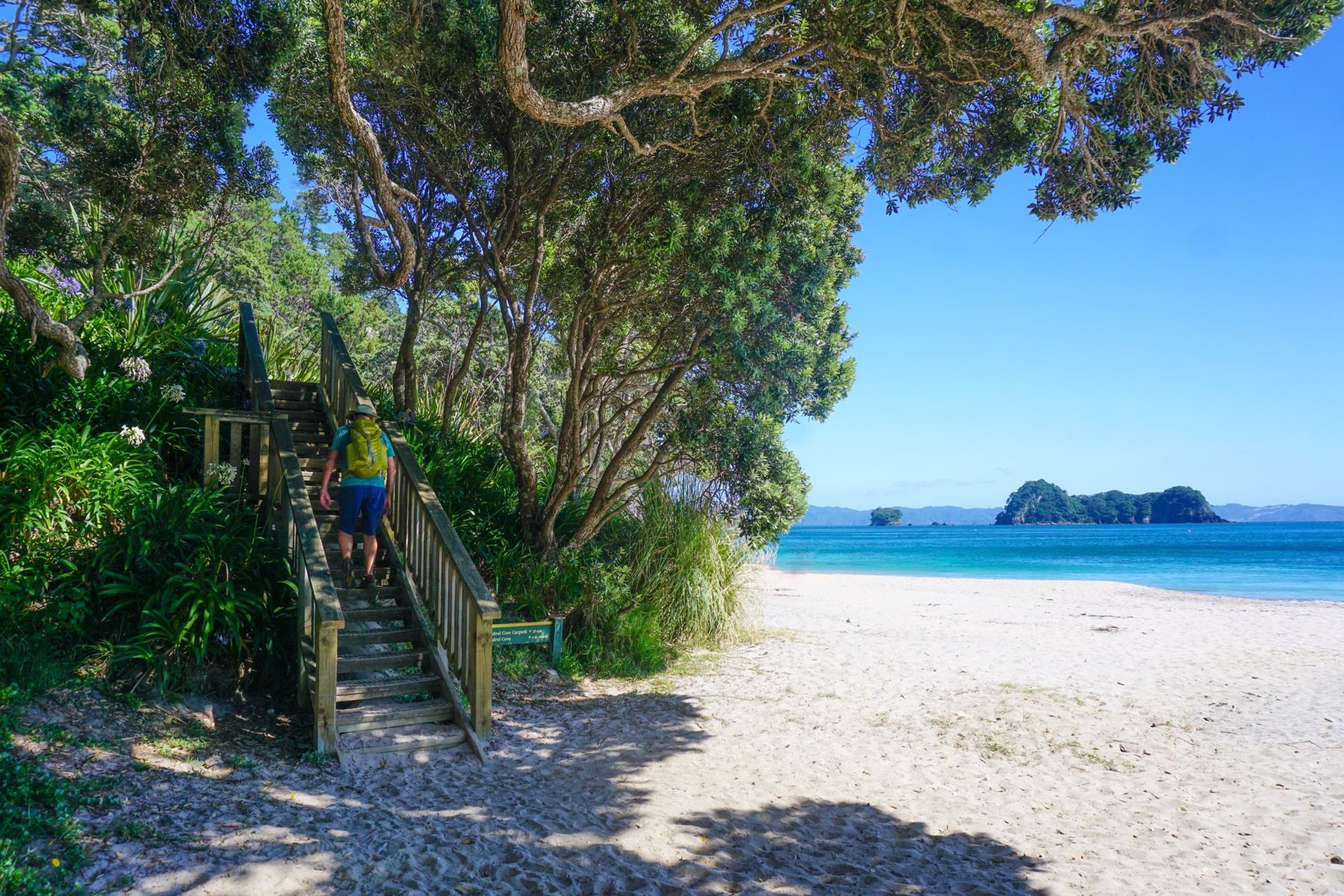
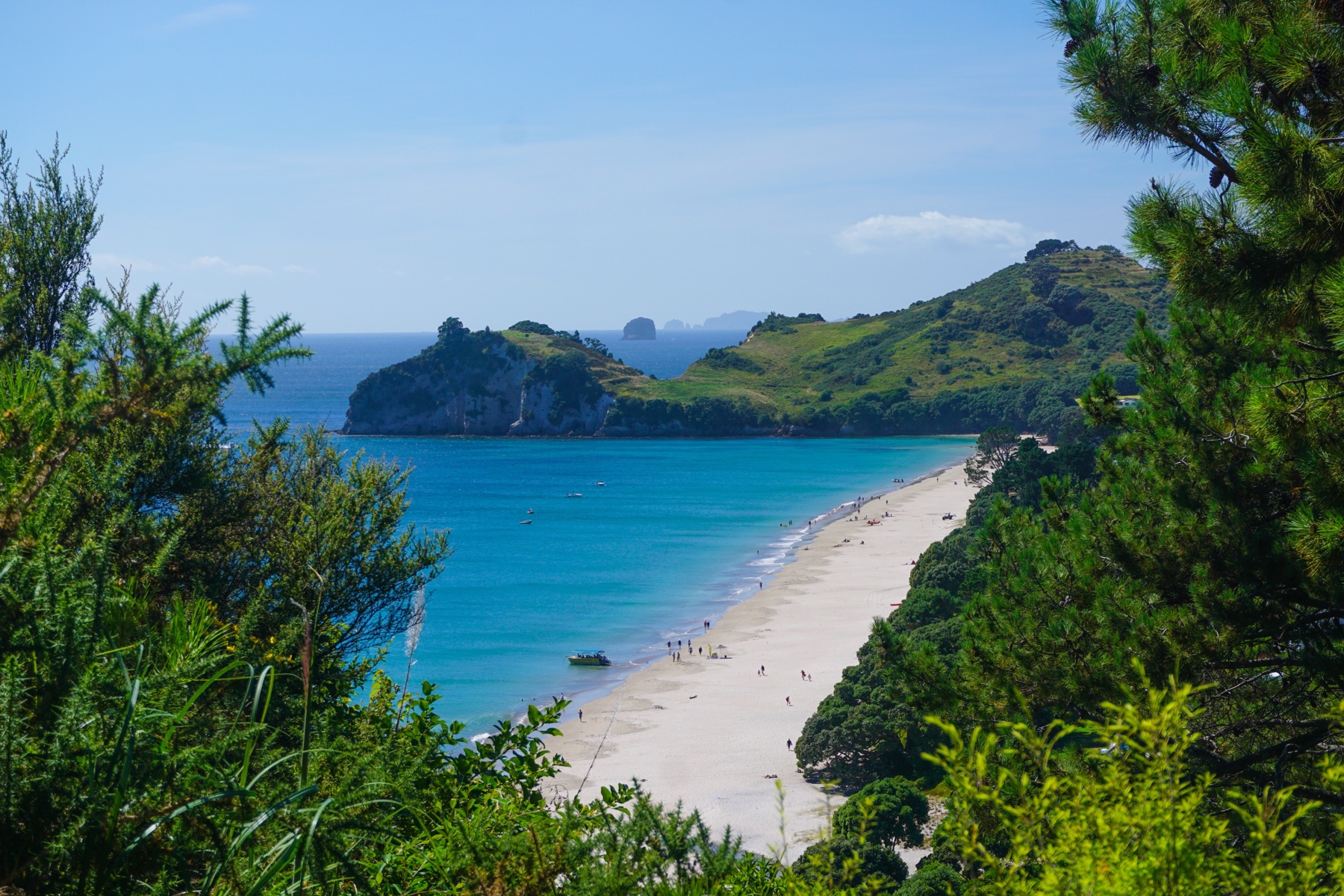
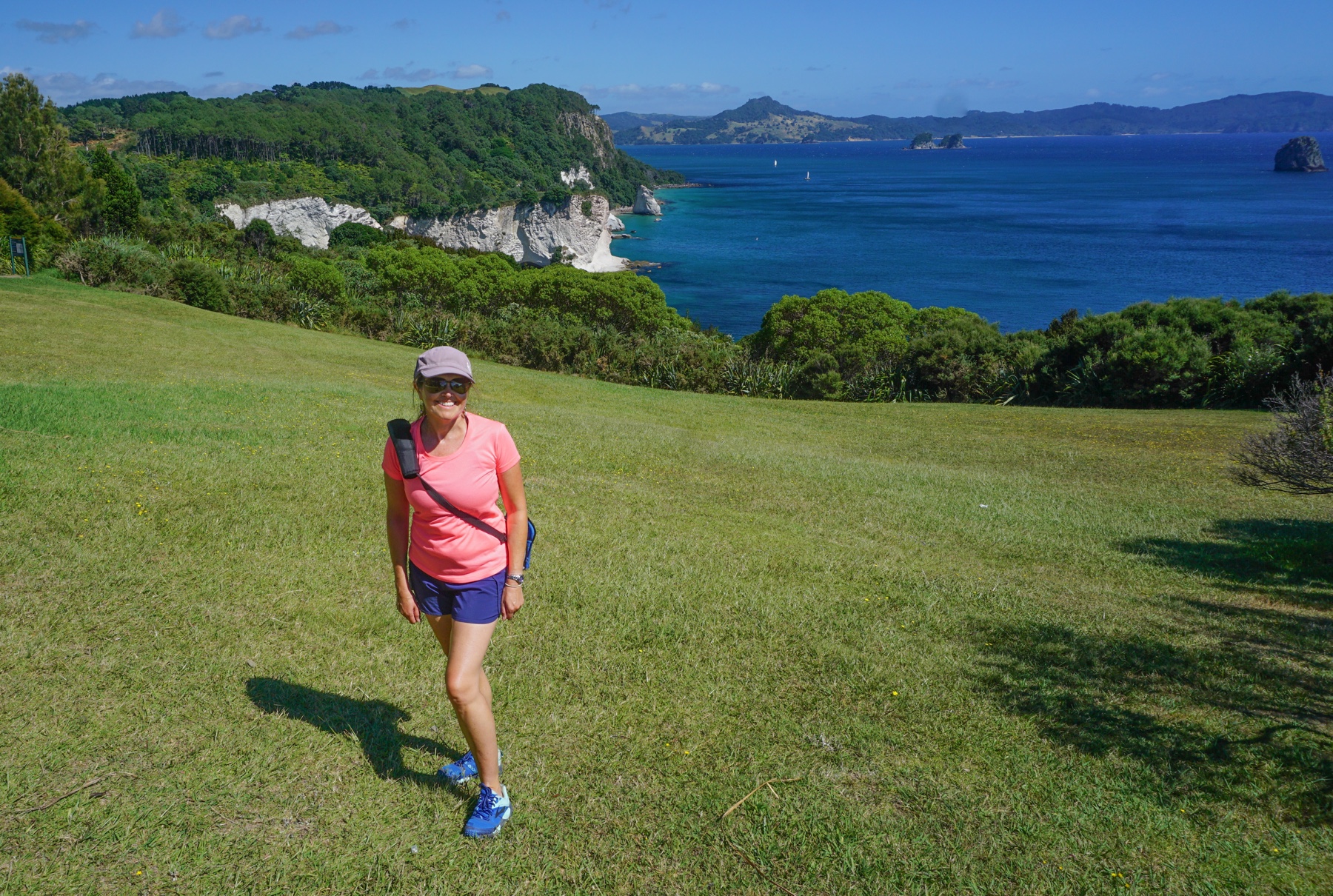
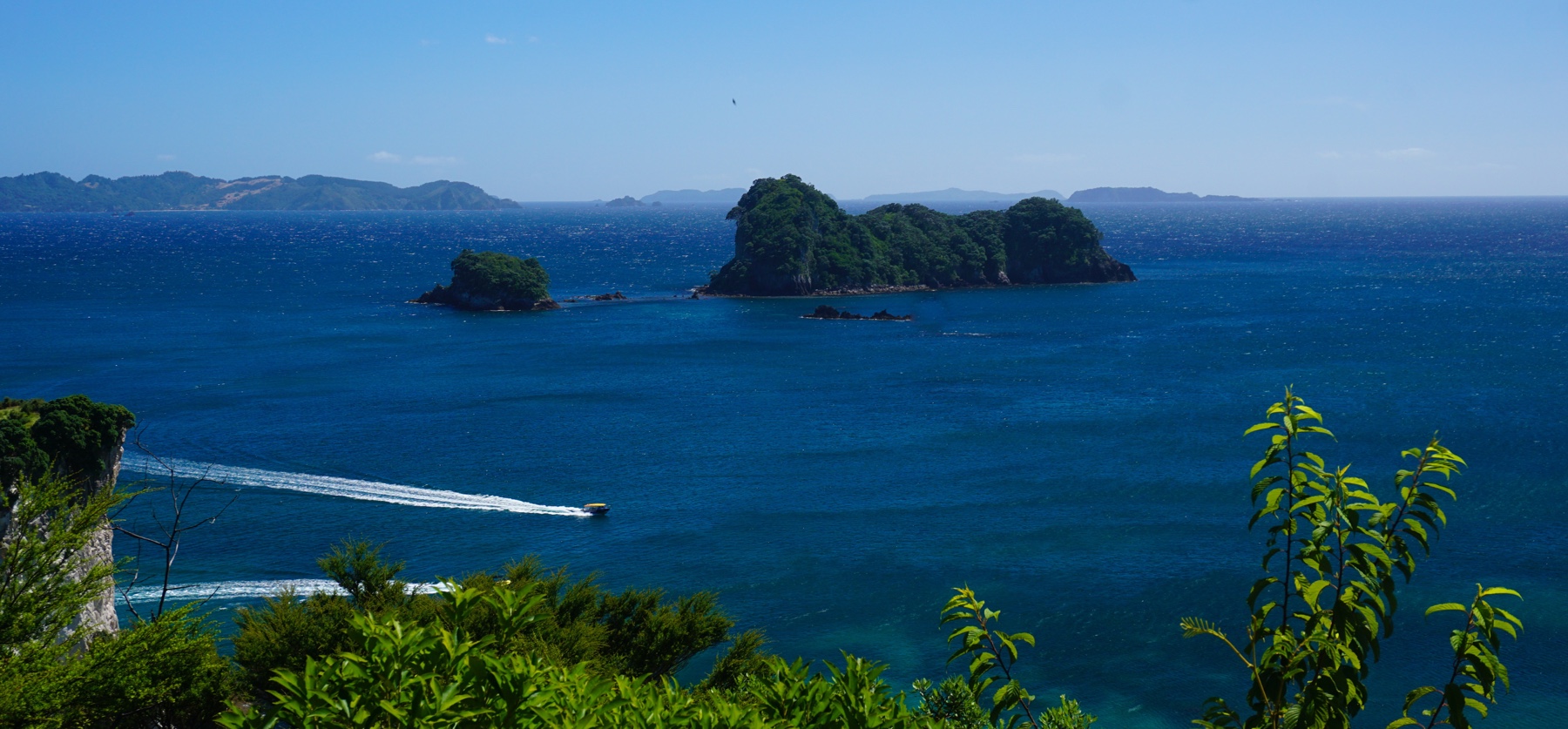
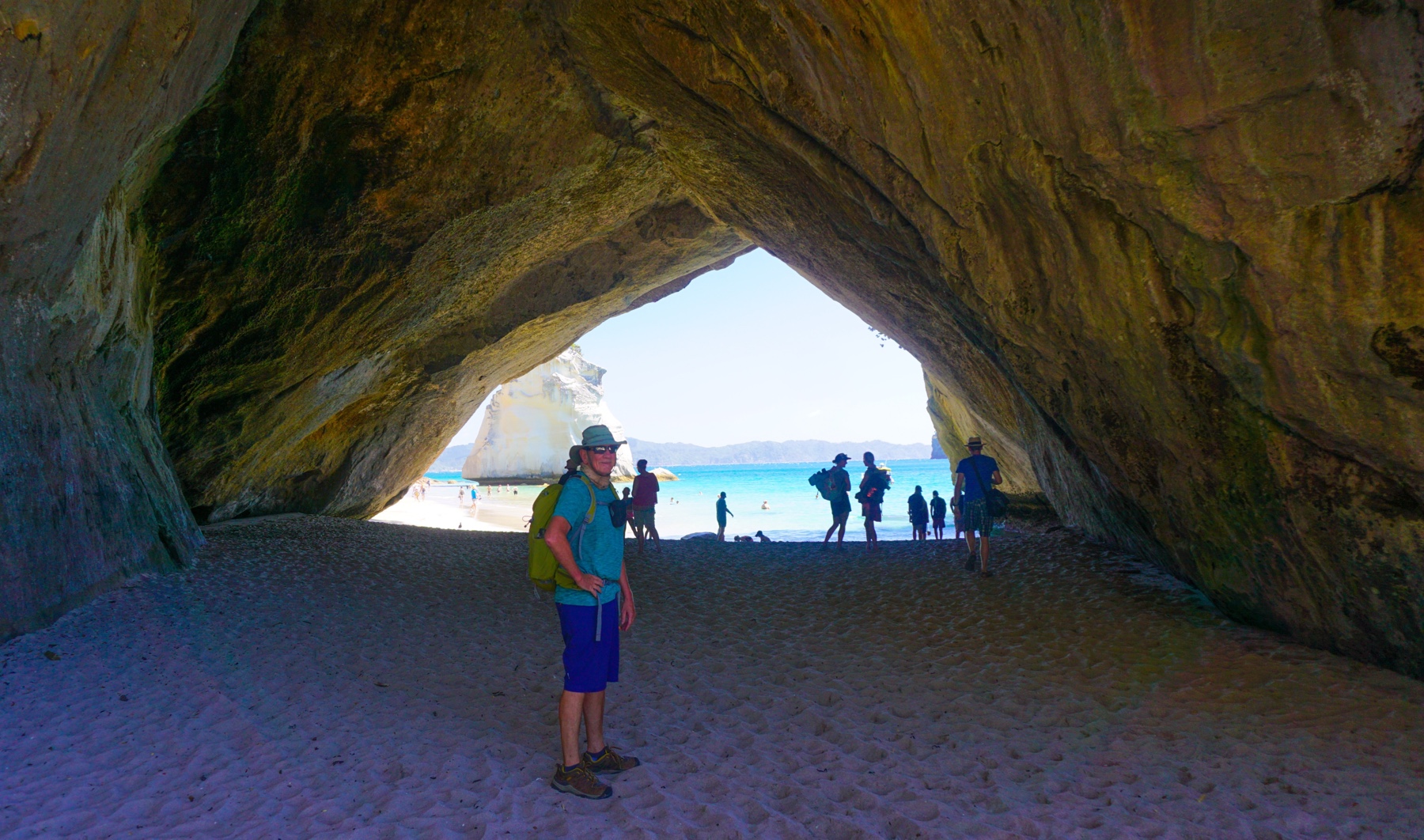
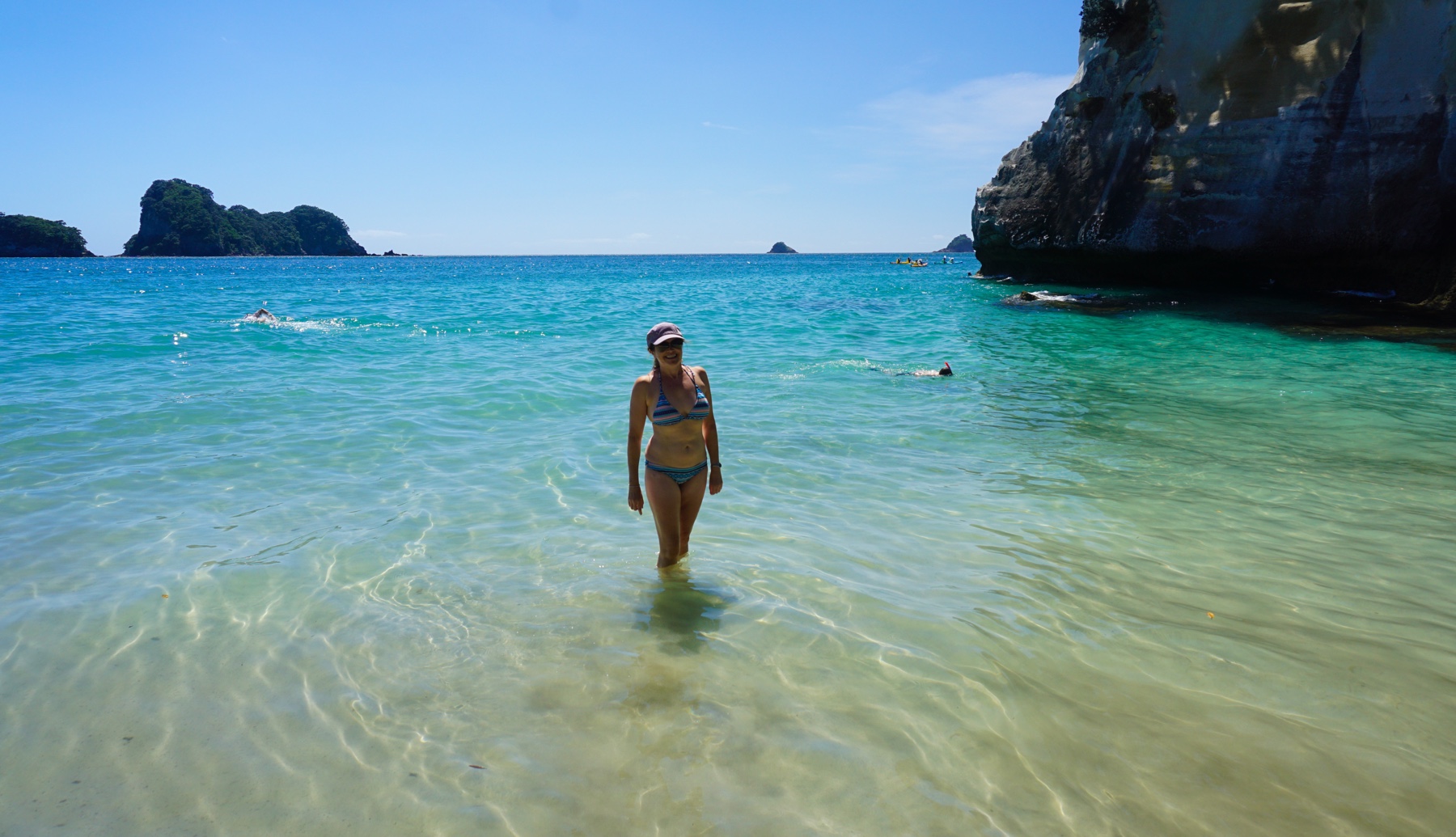
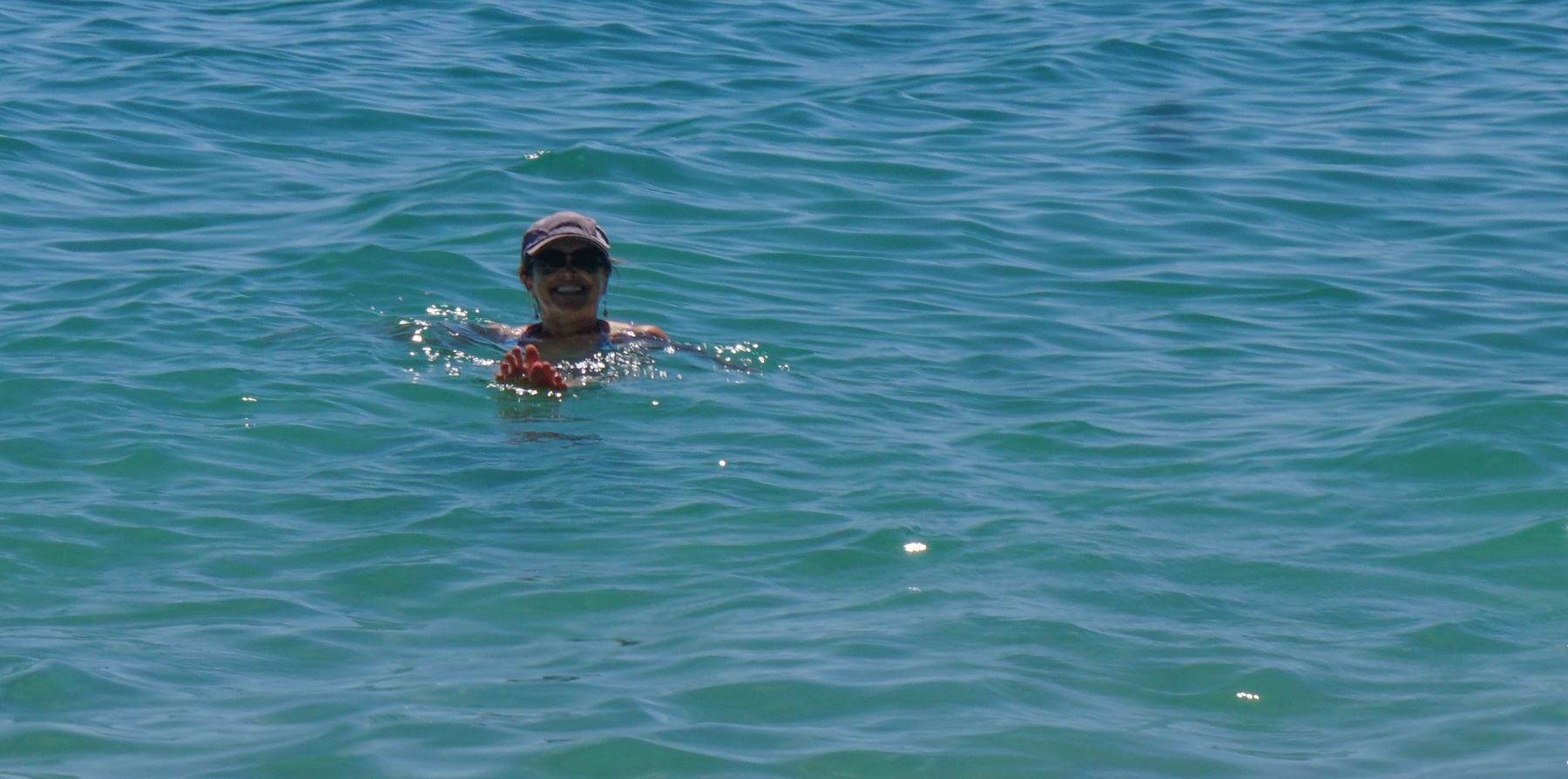
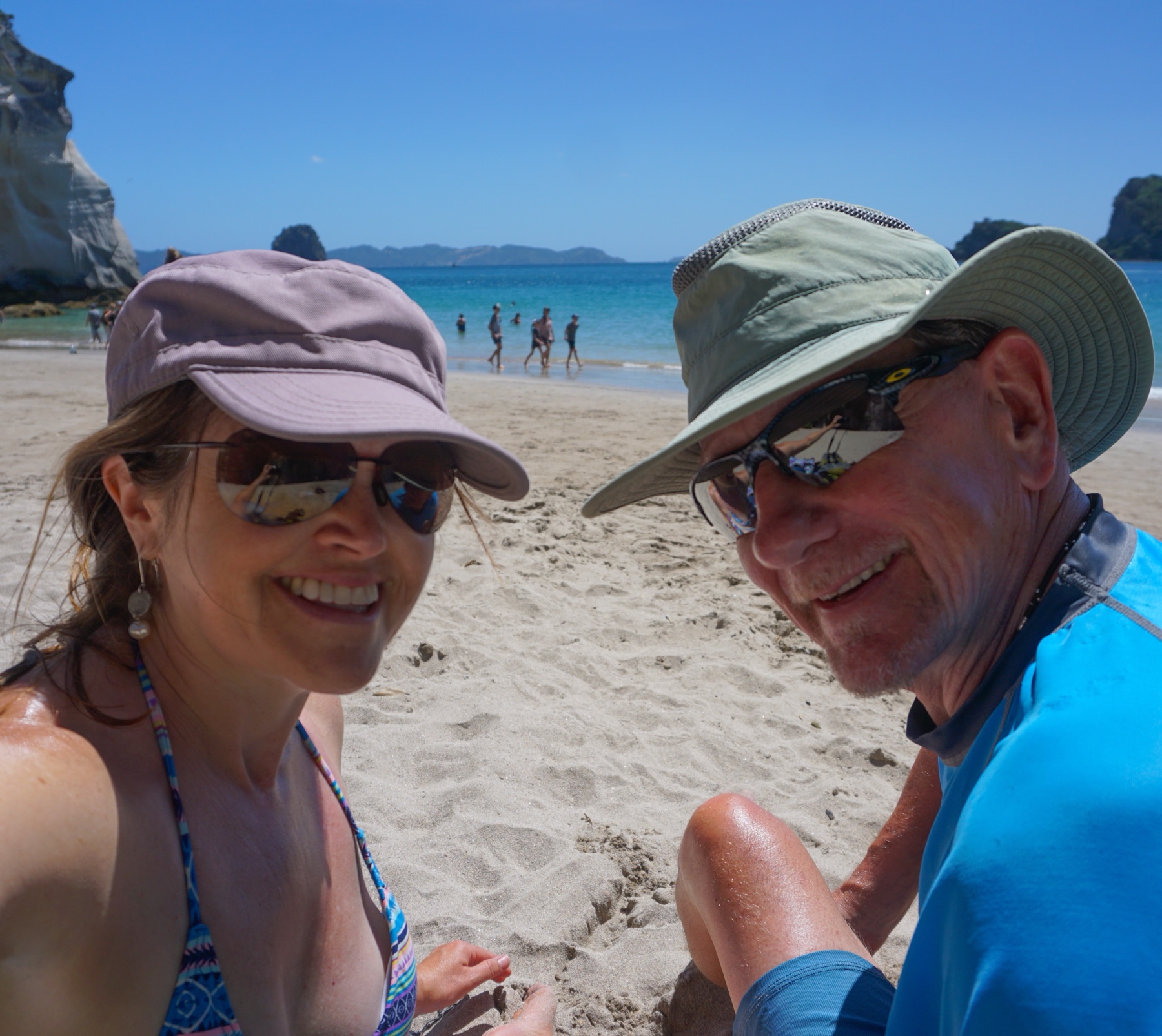
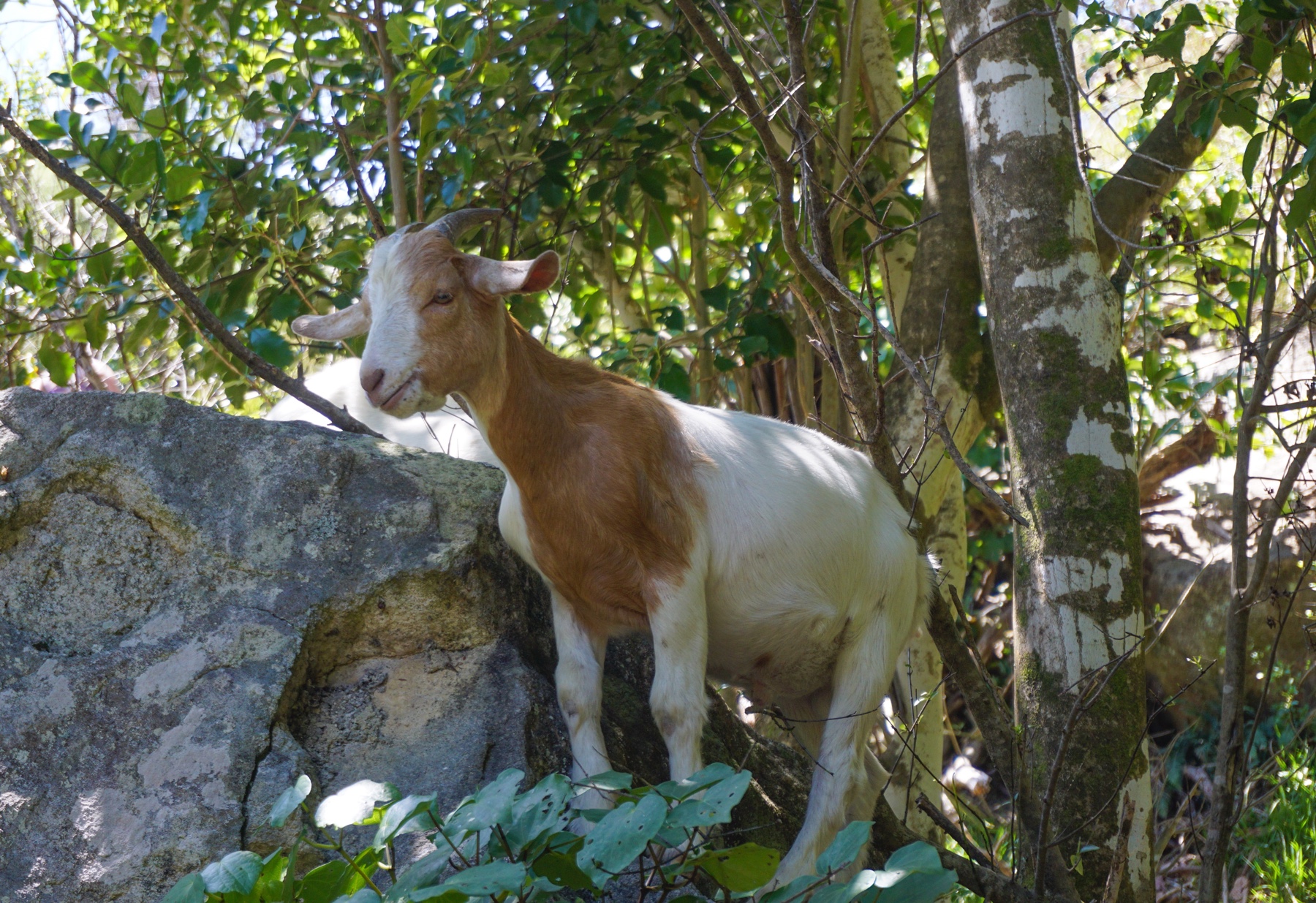
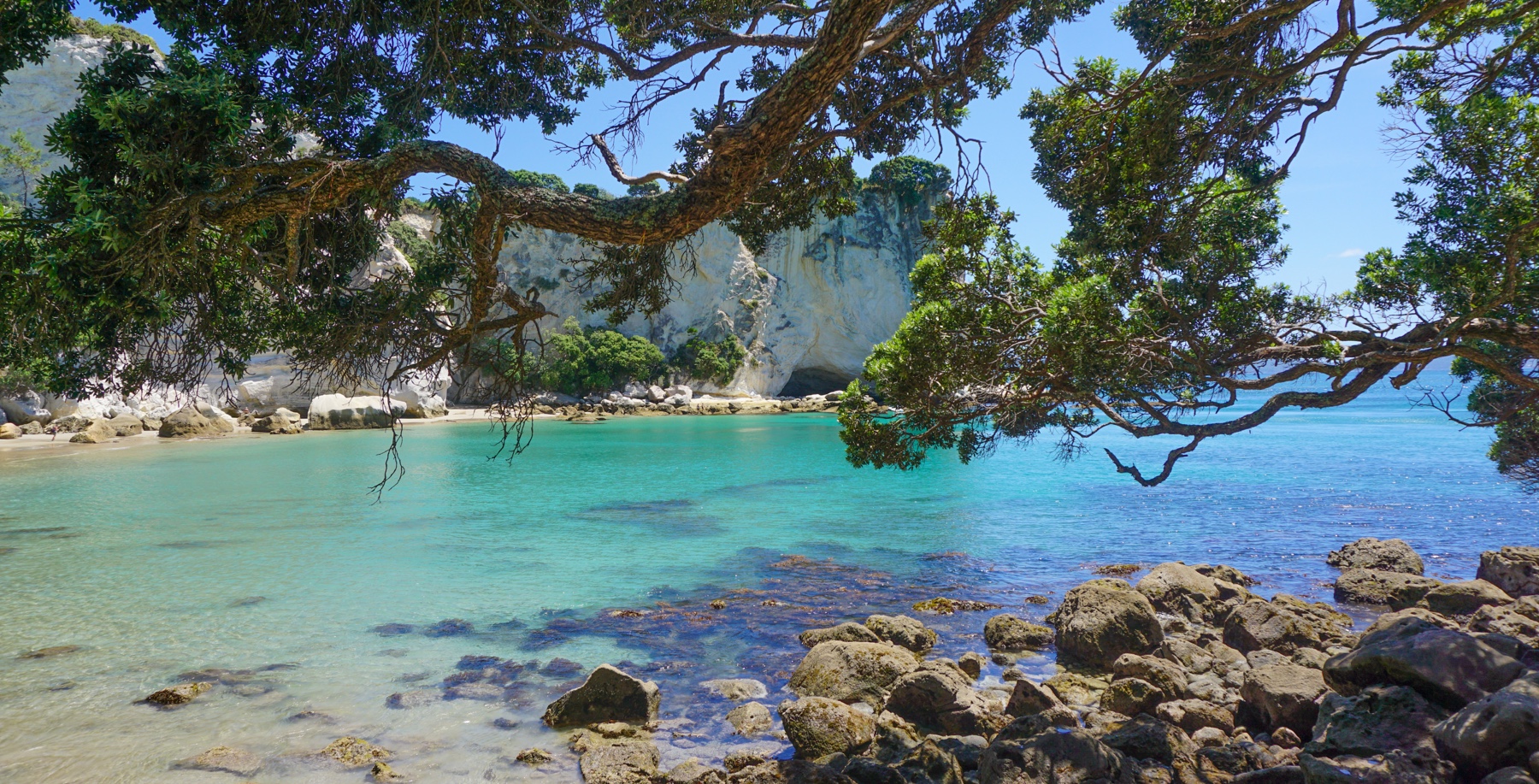
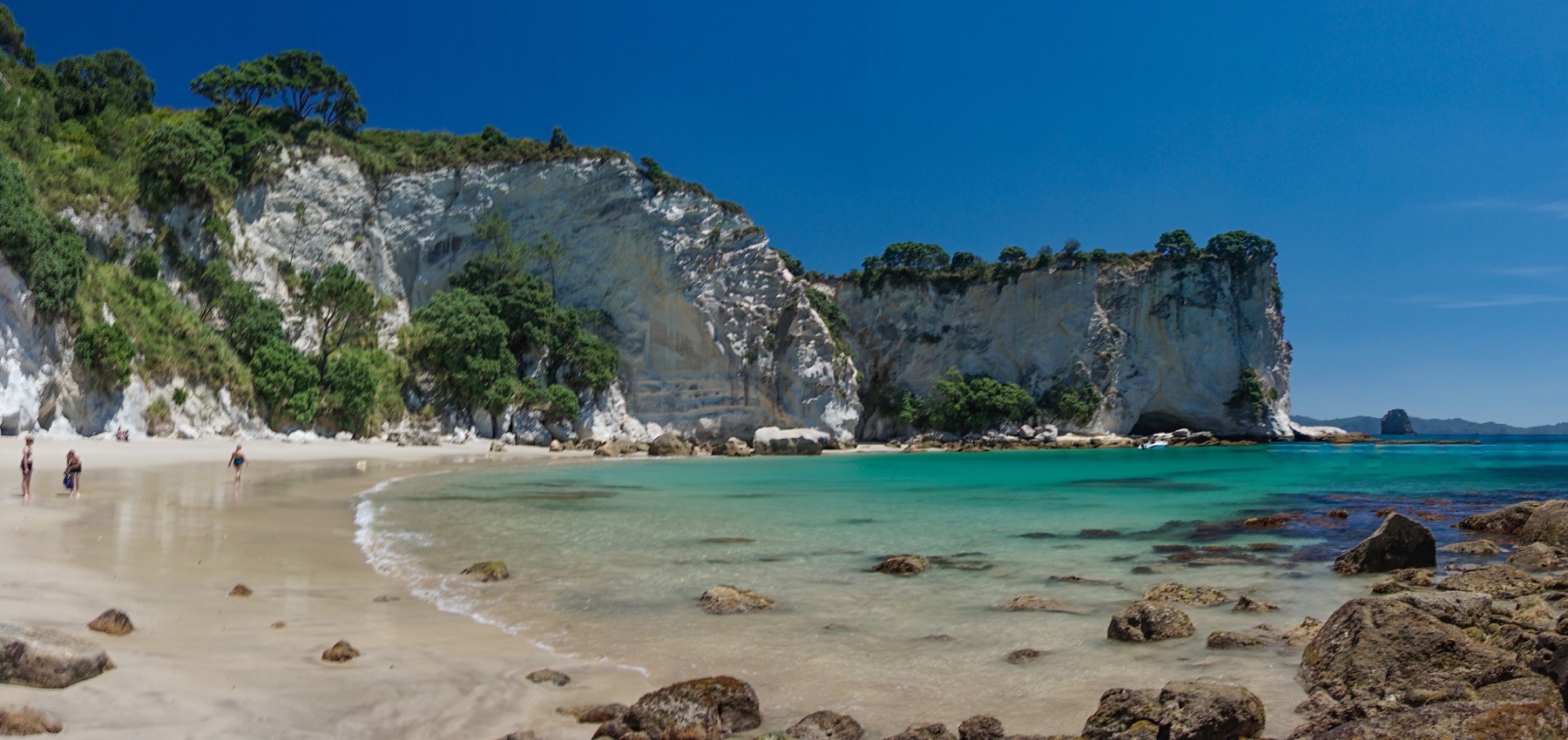
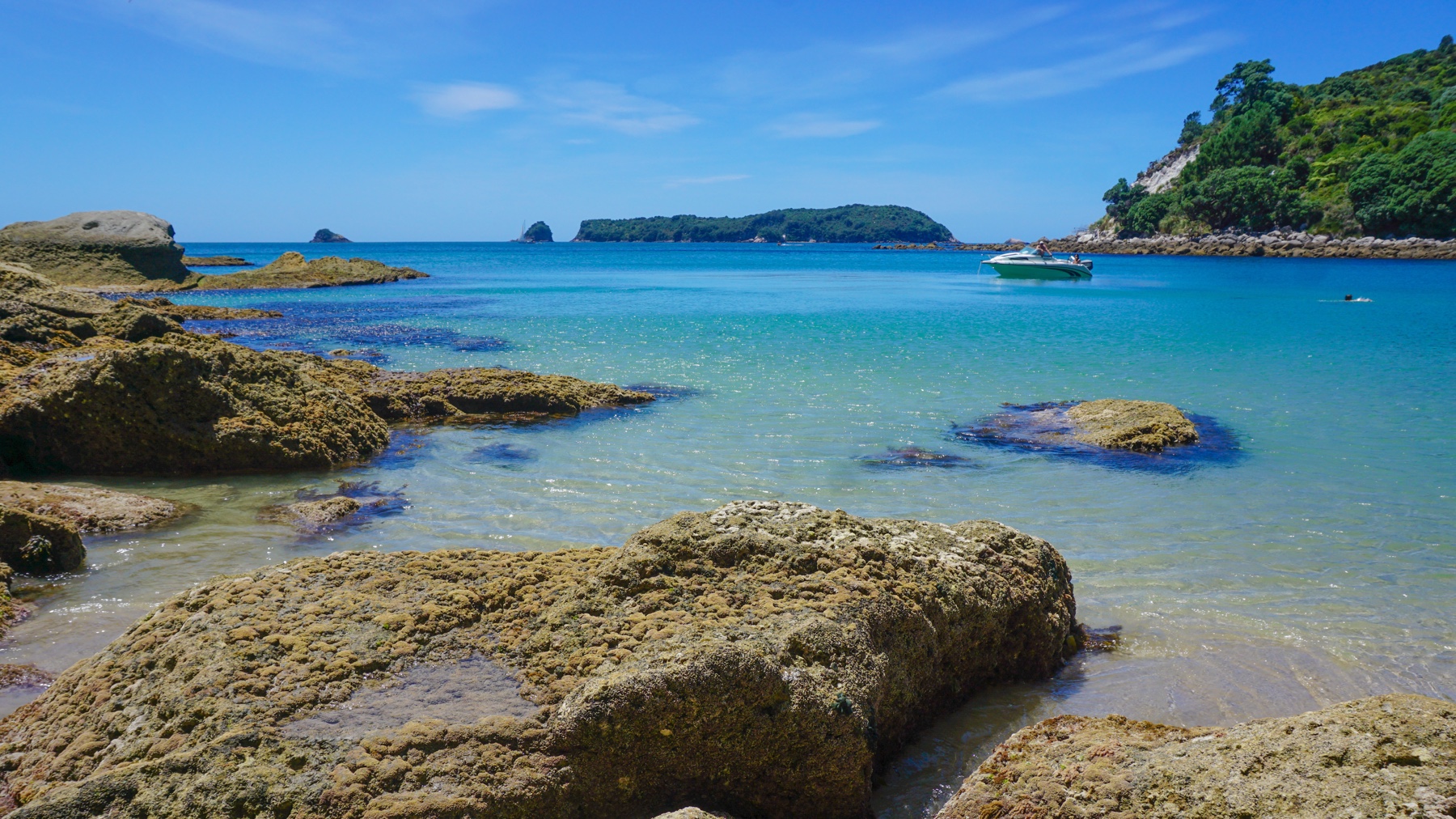
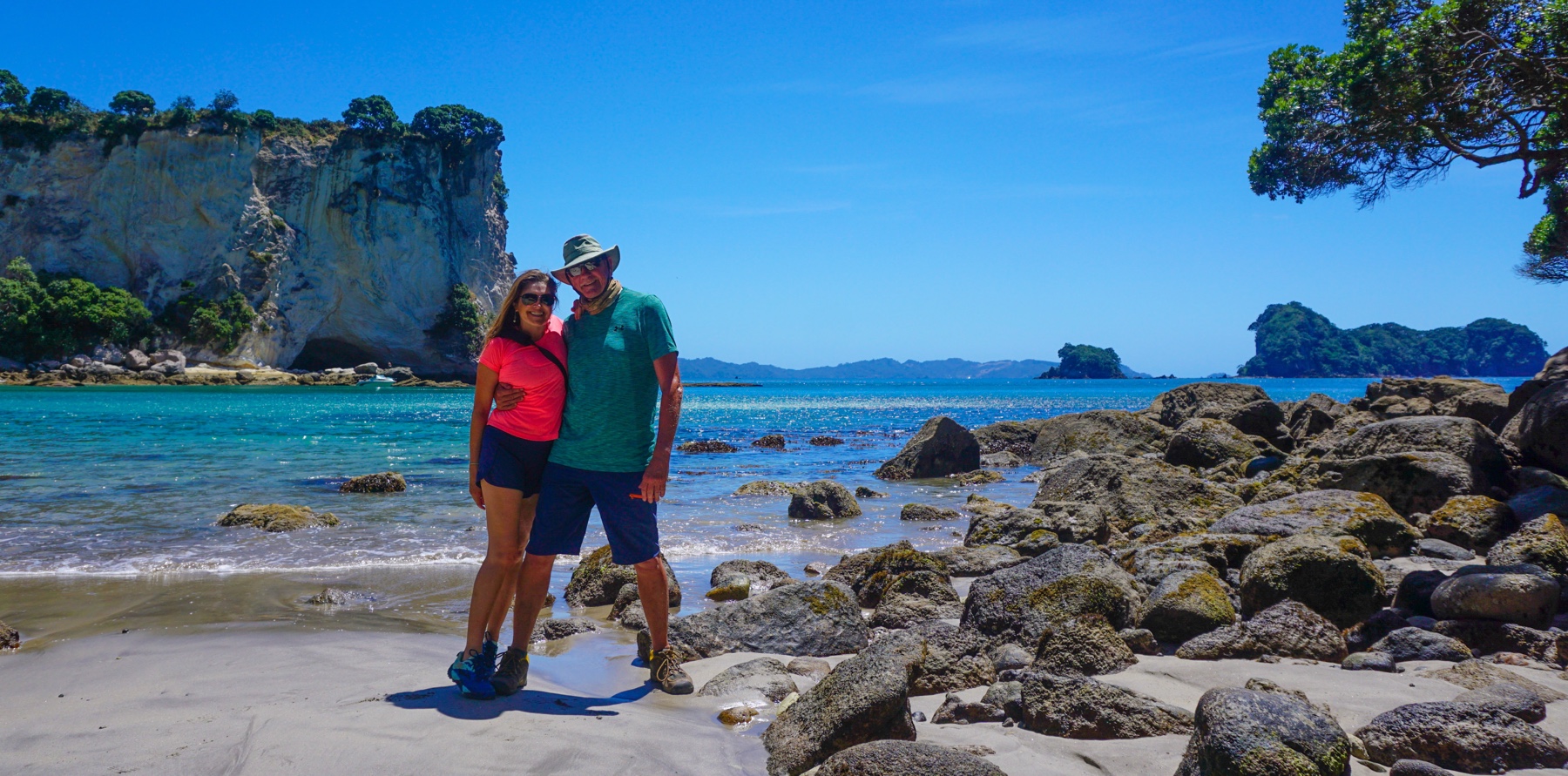
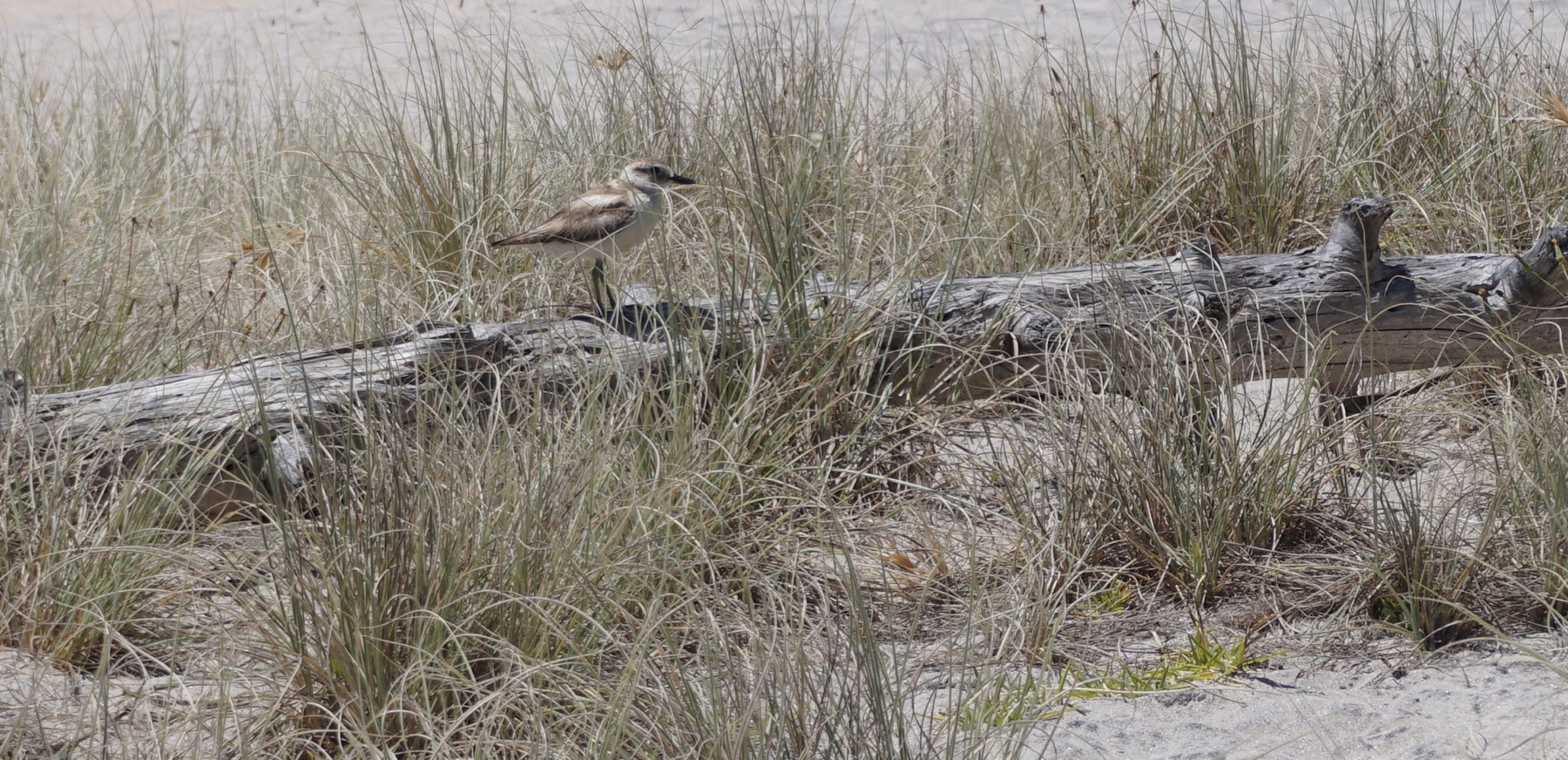
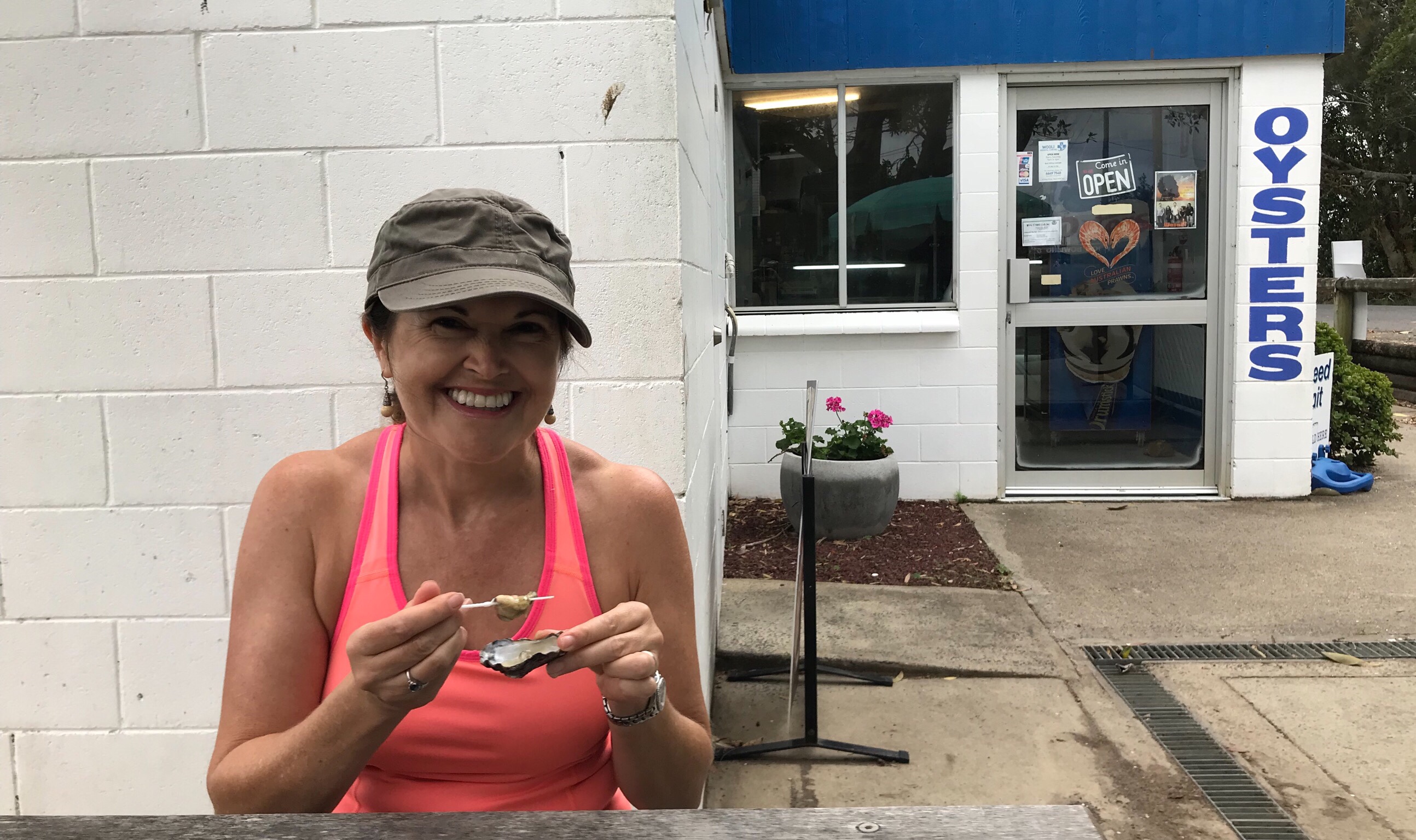 Our brains fuelled by oyster goodness, we decided to drive into the National Park north of Wooli and see whether there was a walk we could do there.
Our brains fuelled by oyster goodness, we decided to drive into the National Park north of Wooli and see whether there was a walk we could do there.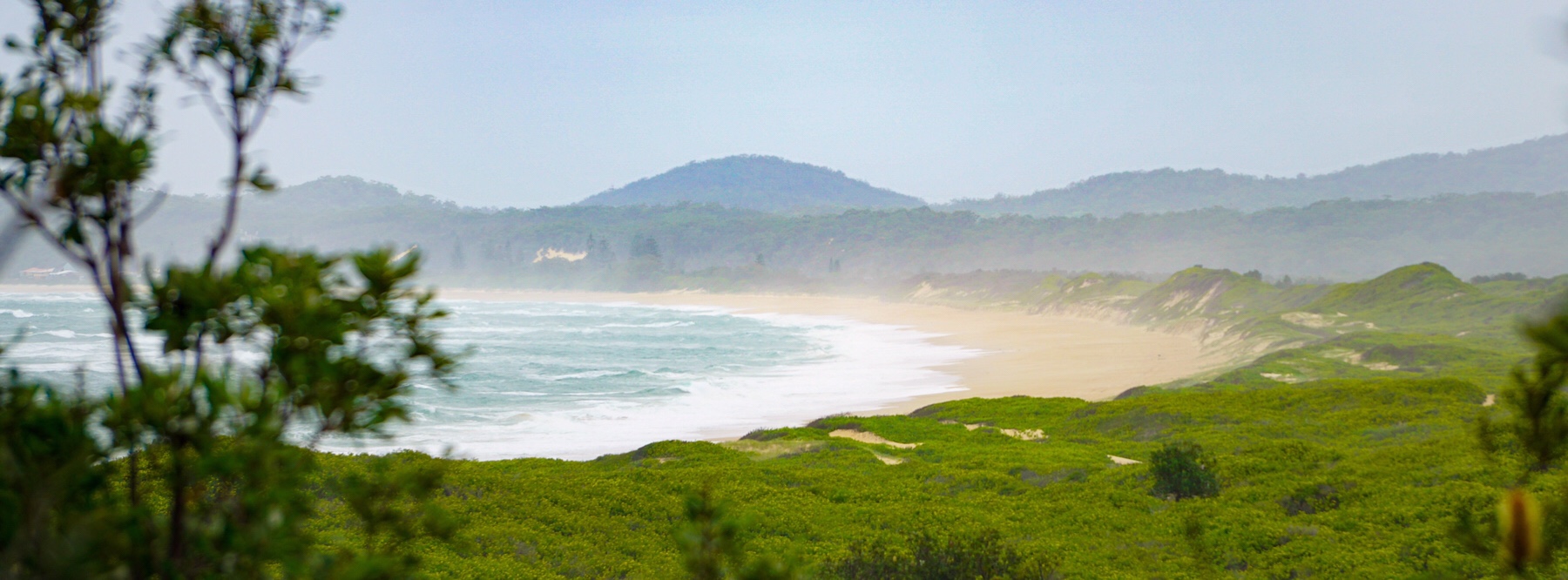

 There was not another soul on the walk either, something I am certain will change as we hit Easter this coming weekend, and the Queensland school holidays. Orchids, irises and delicate flowers were to be found with careful looking, not always obvious at first glance.
There was not another soul on the walk either, something I am certain will change as we hit Easter this coming weekend, and the Queensland school holidays. Orchids, irises and delicate flowers were to be found with careful looking, not always obvious at first glance.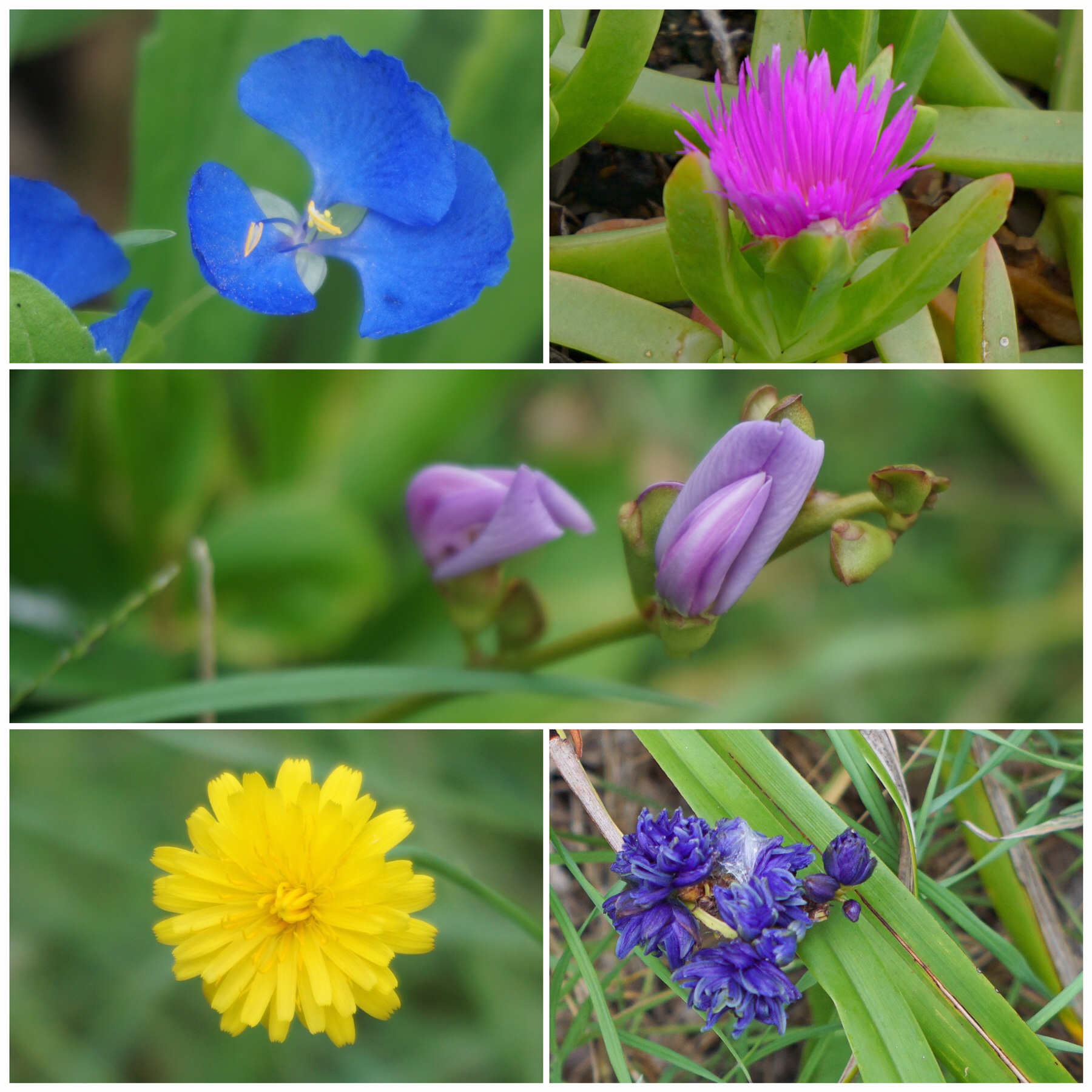
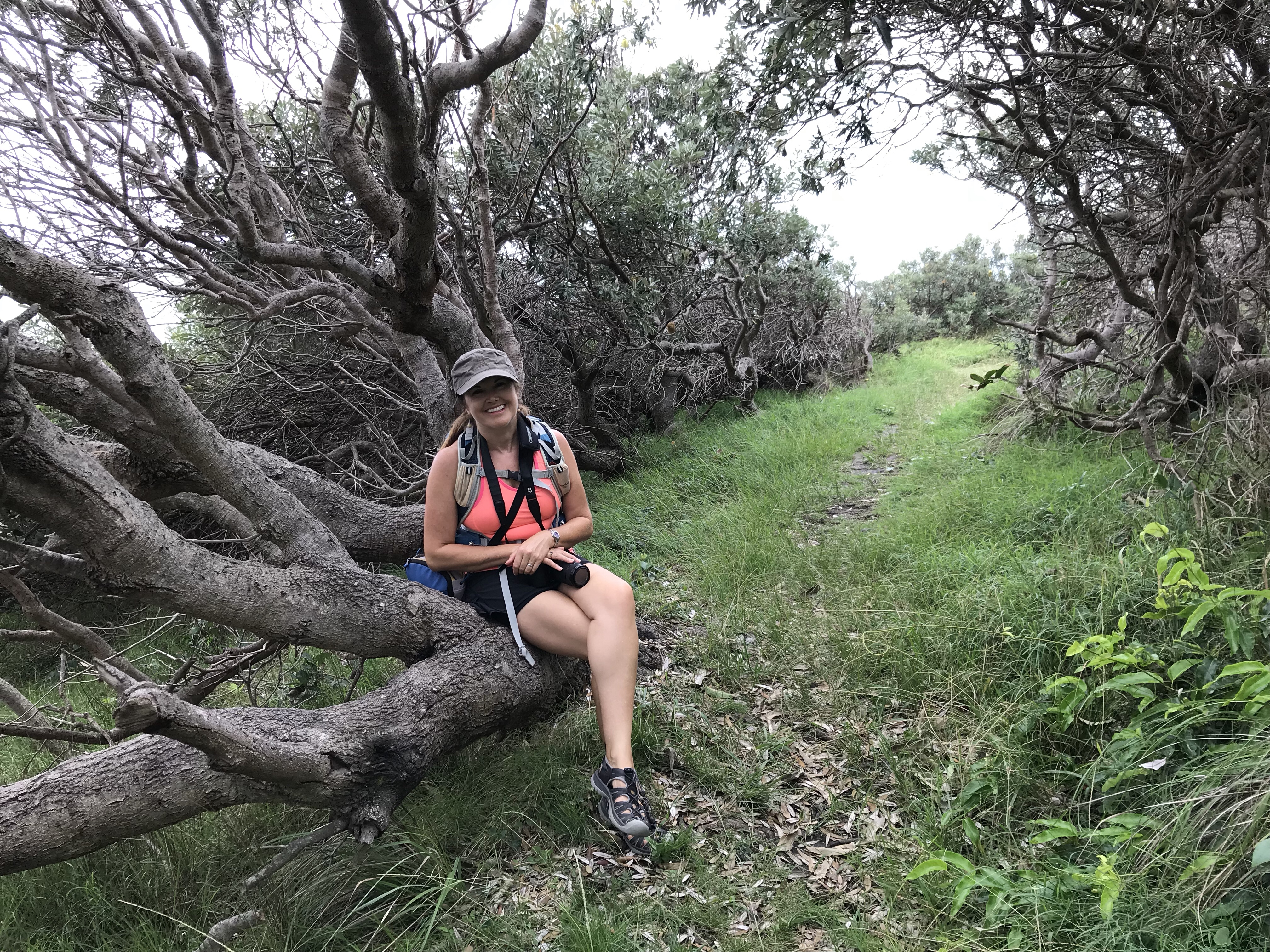 We stopped for a plum at a cliff top bench with an incredible view. This would be a fabulous whale watching spot in the winter months.
We stopped for a plum at a cliff top bench with an incredible view. This would be a fabulous whale watching spot in the winter months.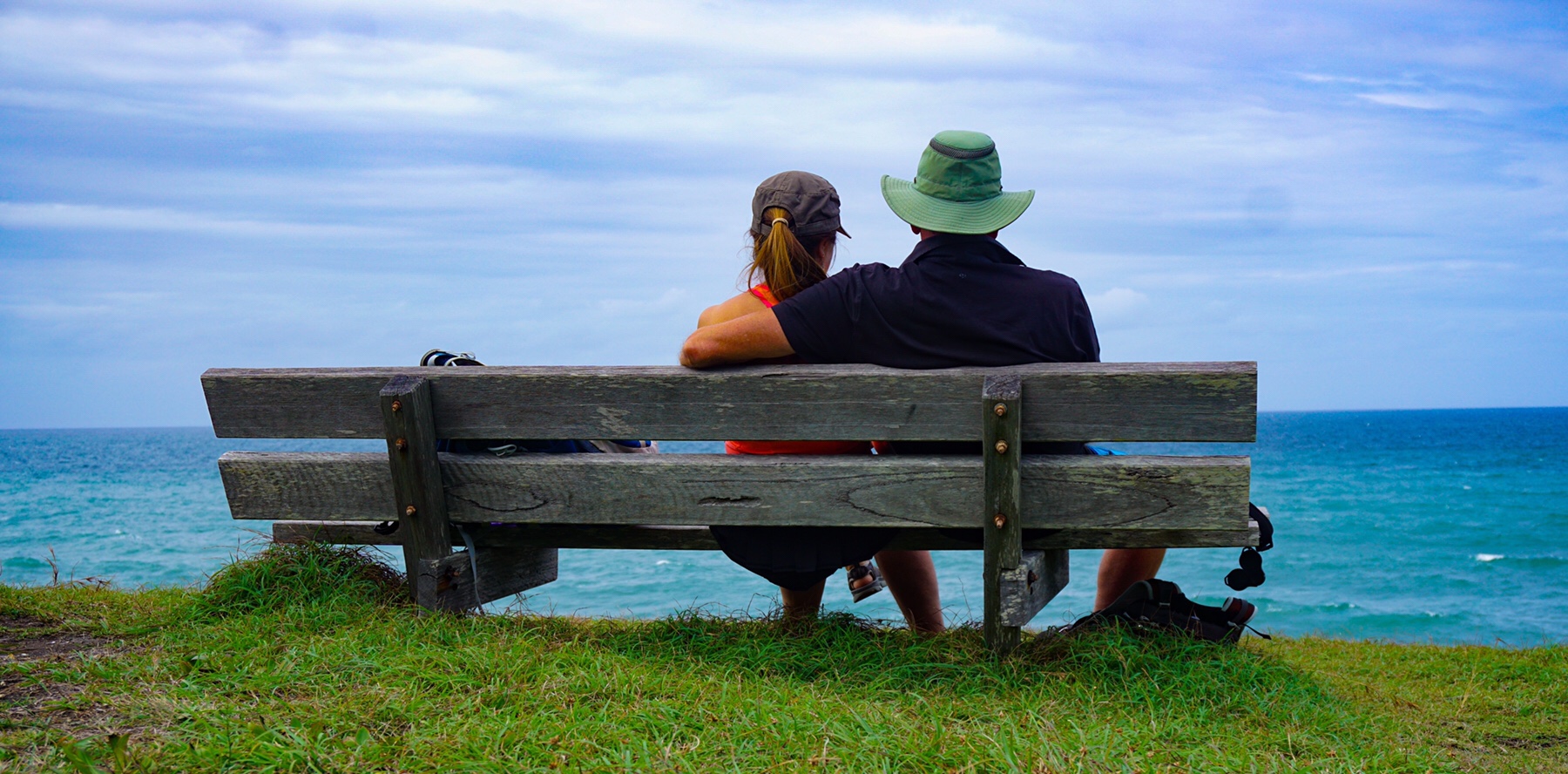
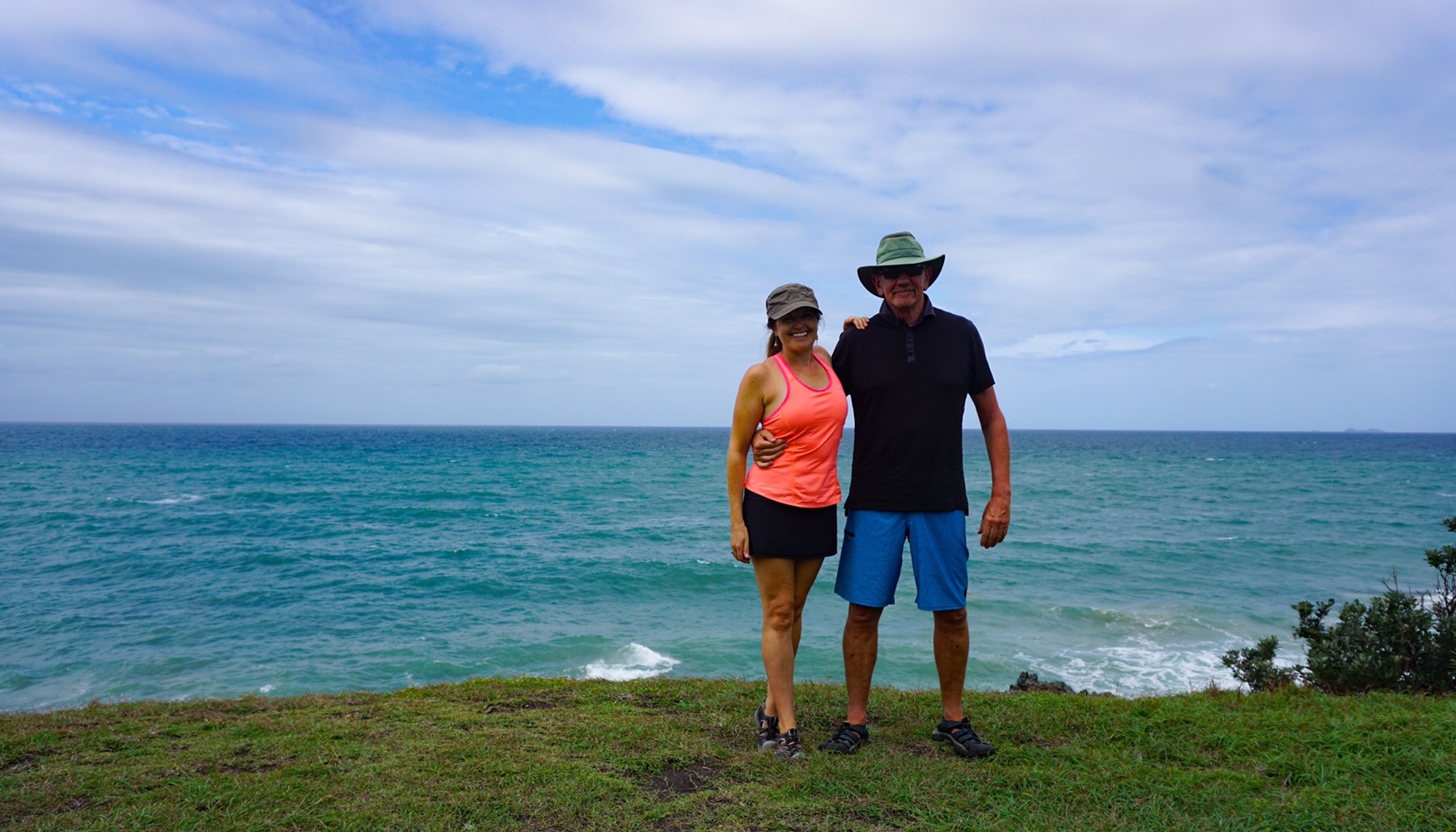
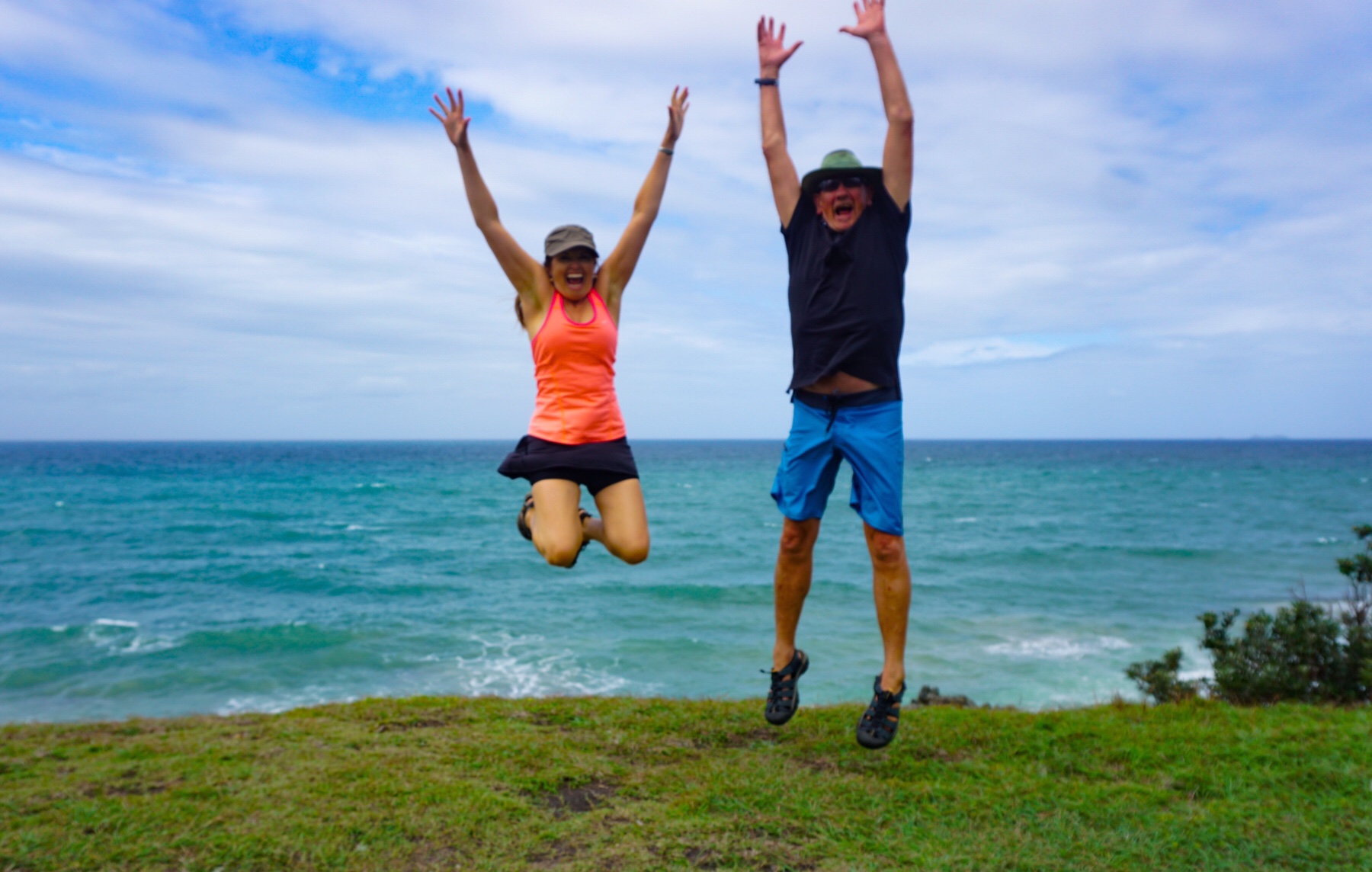
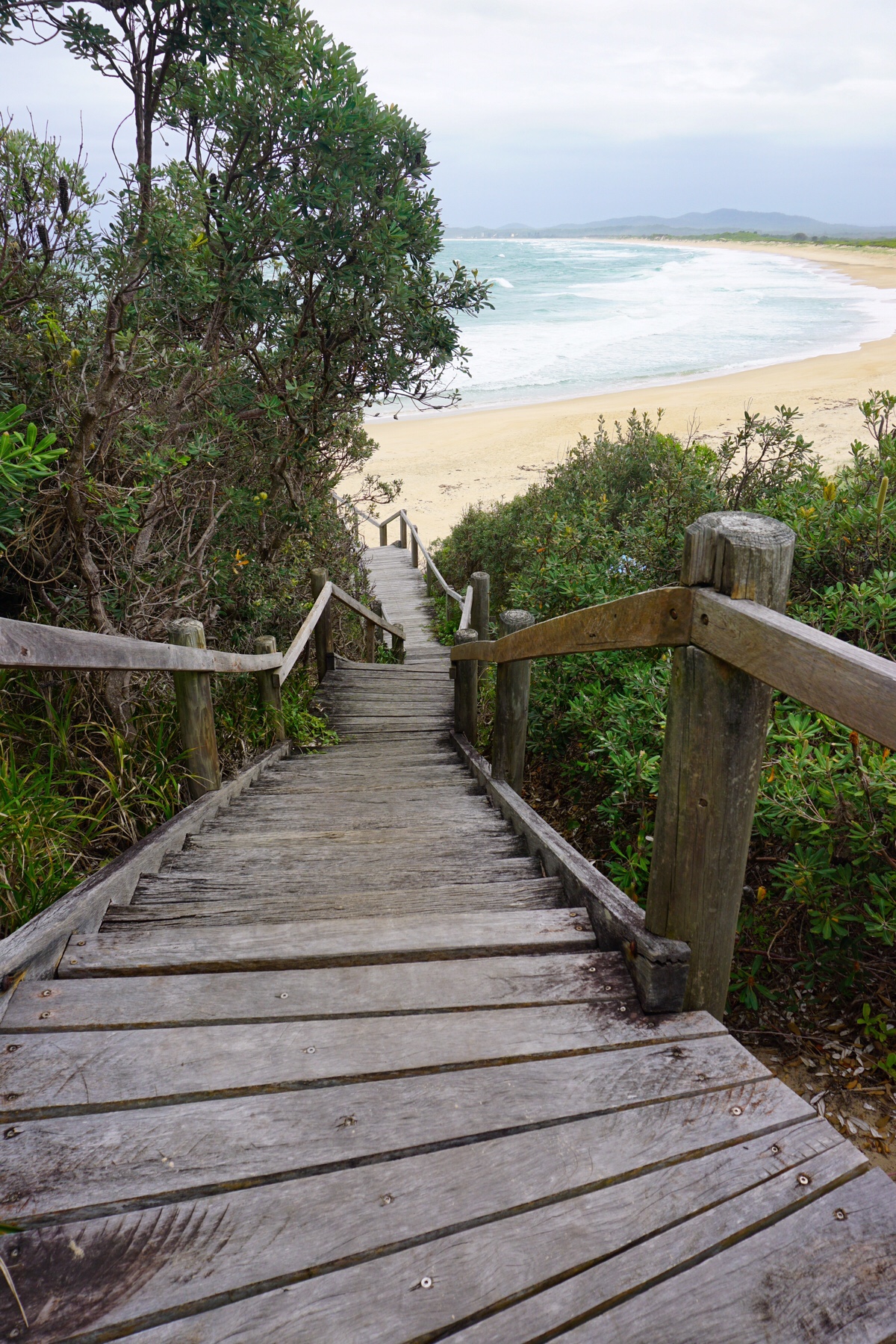
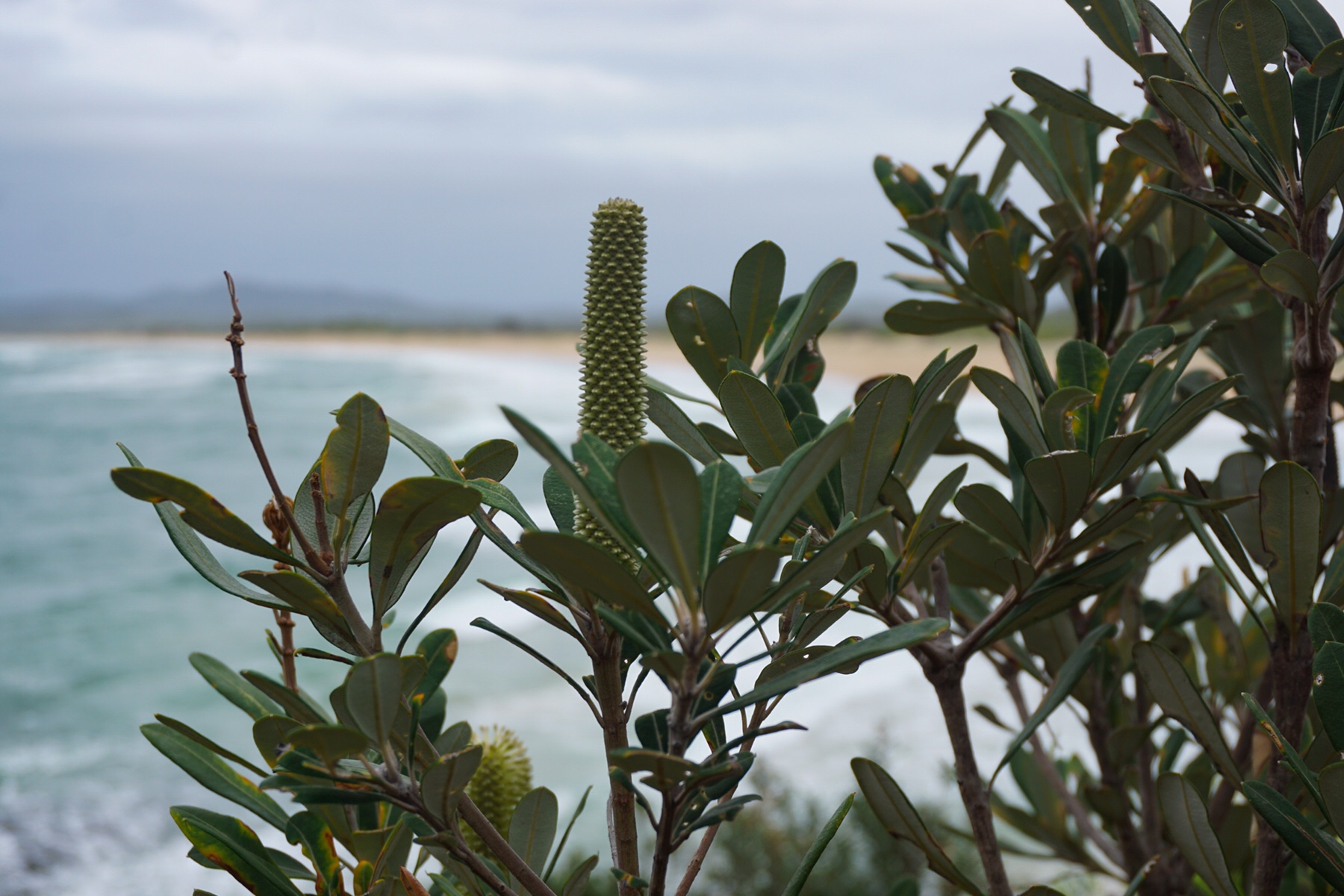 Readers who are still working will then be pleased to know that after all this fun we returned to the mobile apartment where I spent the next 4 hours programming an online research survey, while Mr A relaxed with a good book. Life is all about balance!
Readers who are still working will then be pleased to know that after all this fun we returned to the mobile apartment where I spent the next 4 hours programming an online research survey, while Mr A relaxed with a good book. Life is all about balance!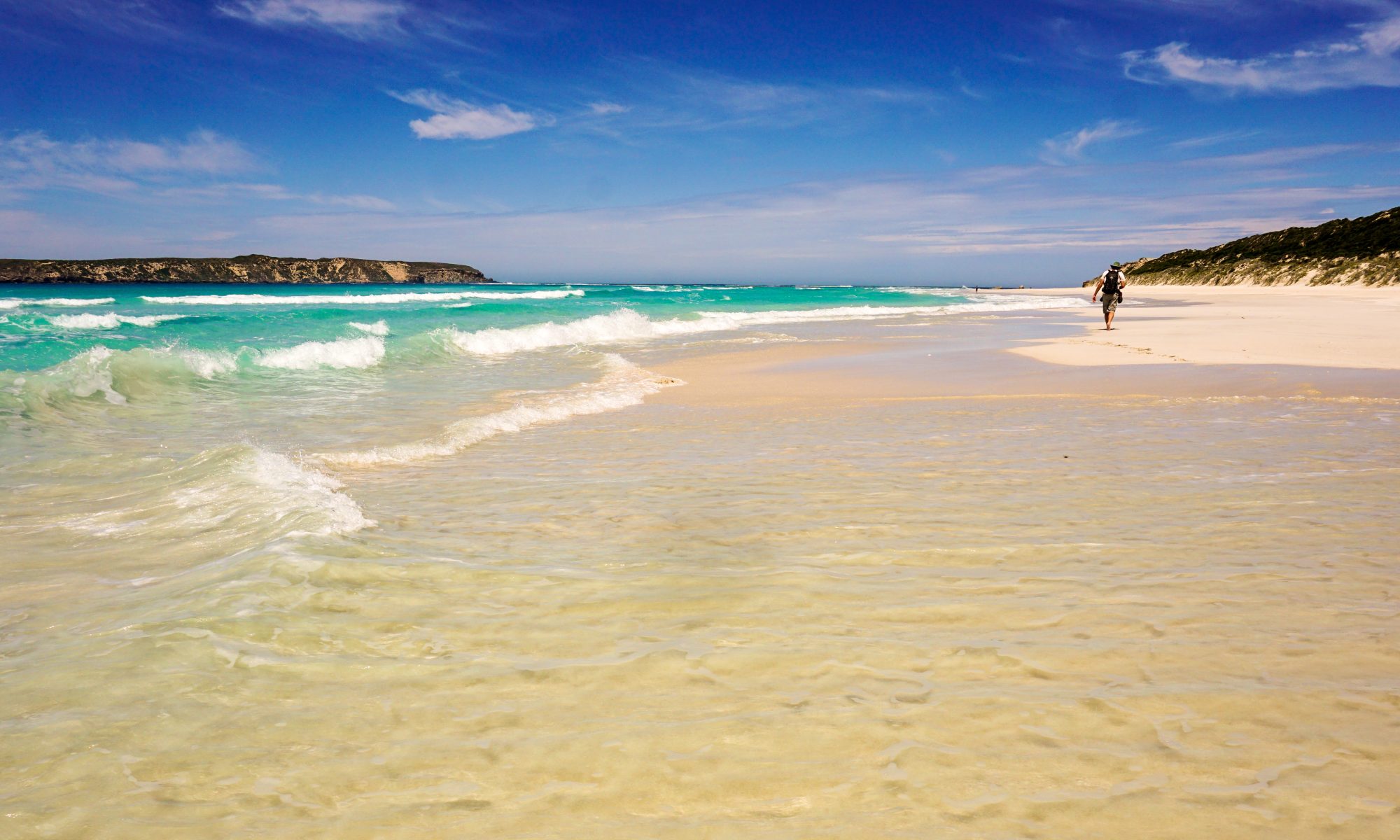
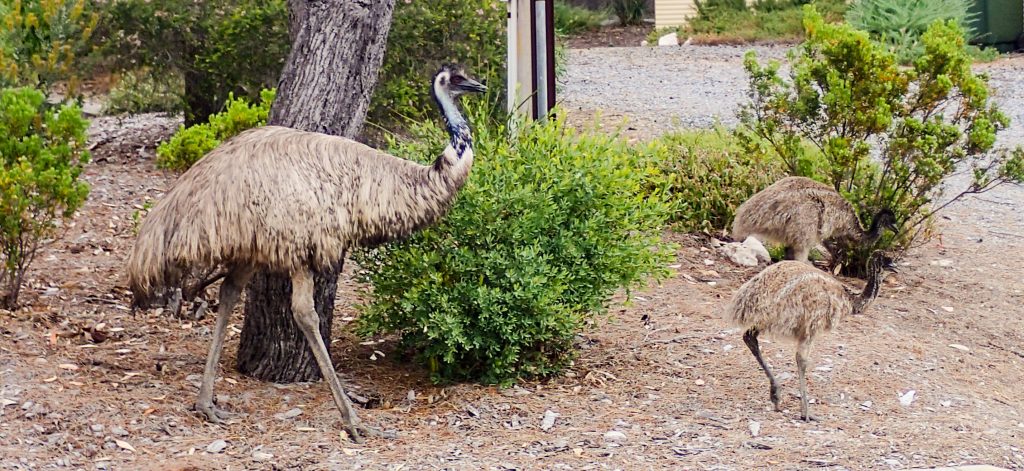

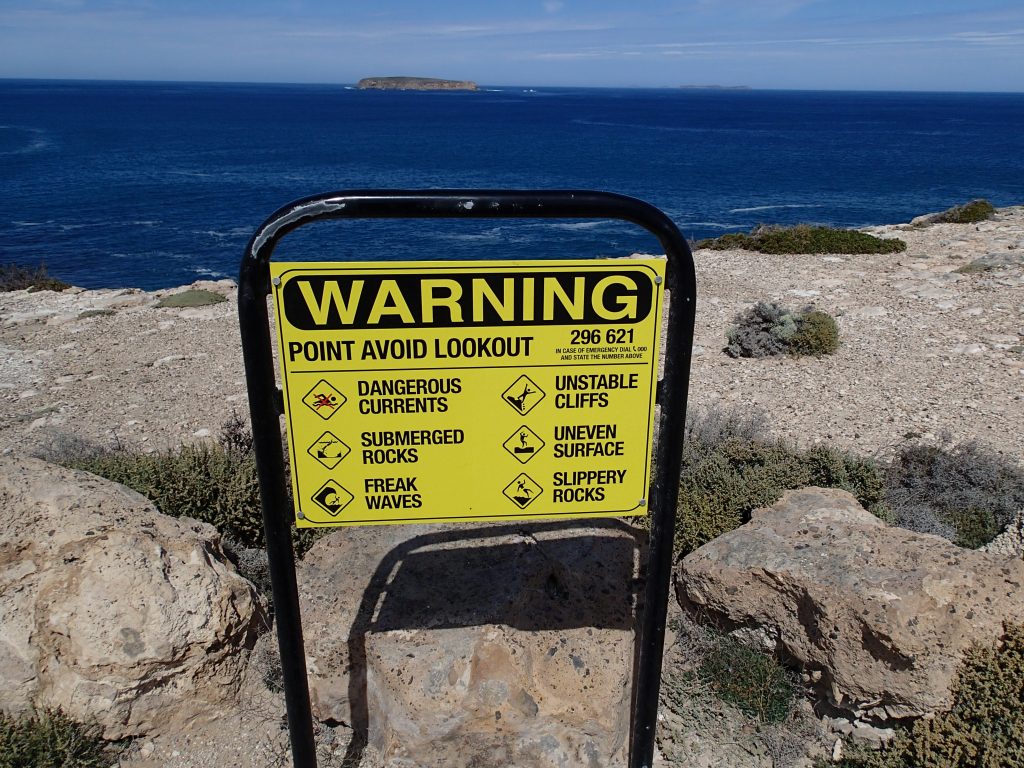
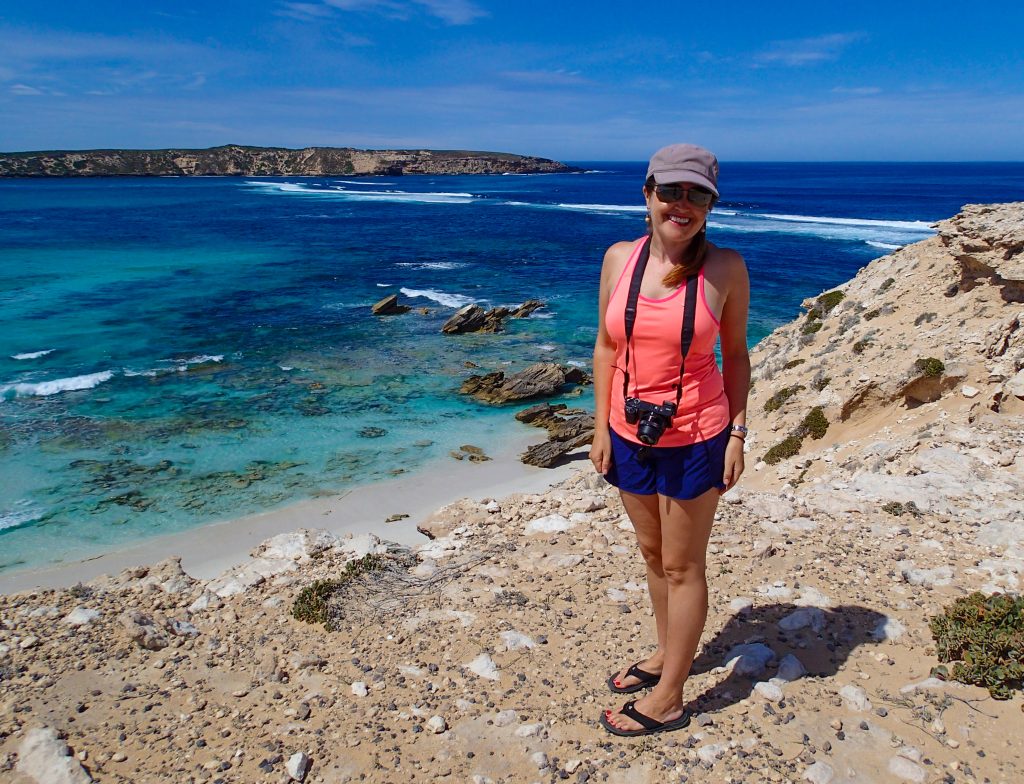
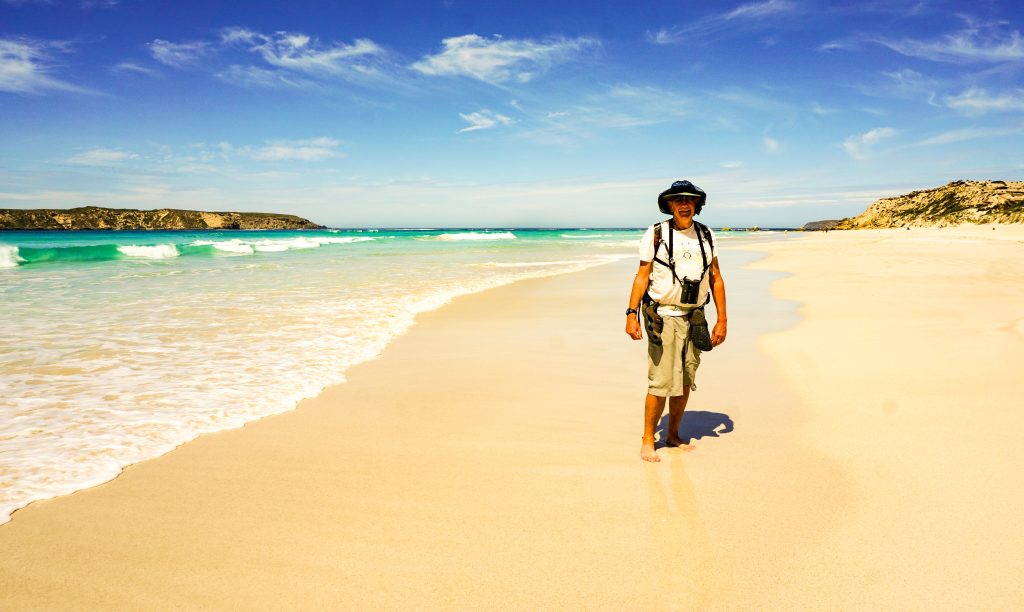
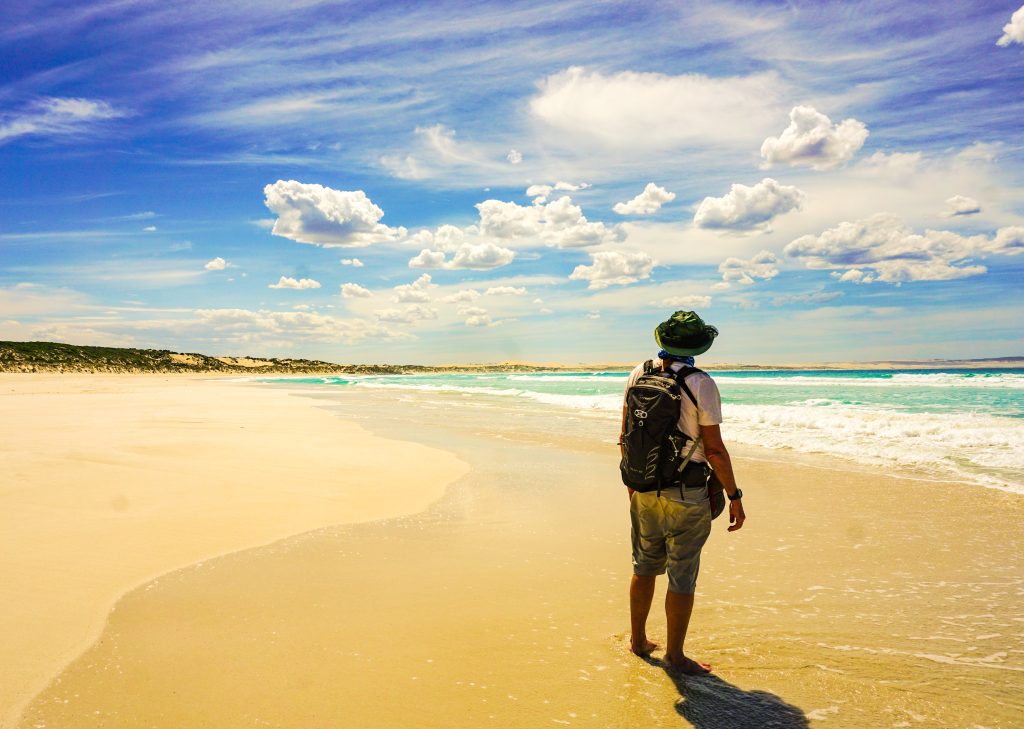
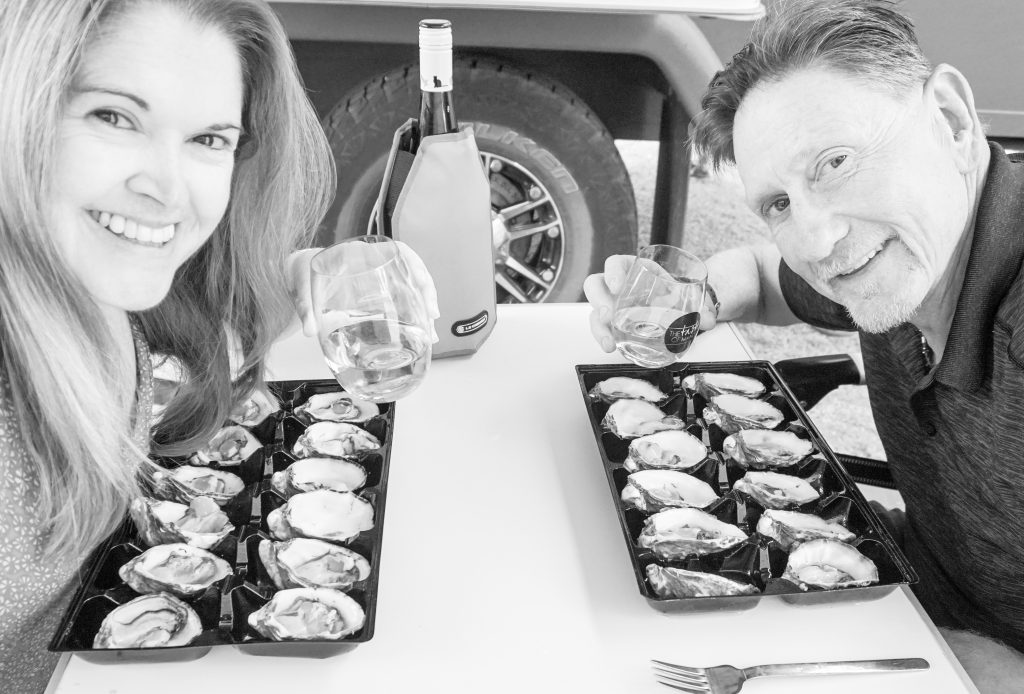
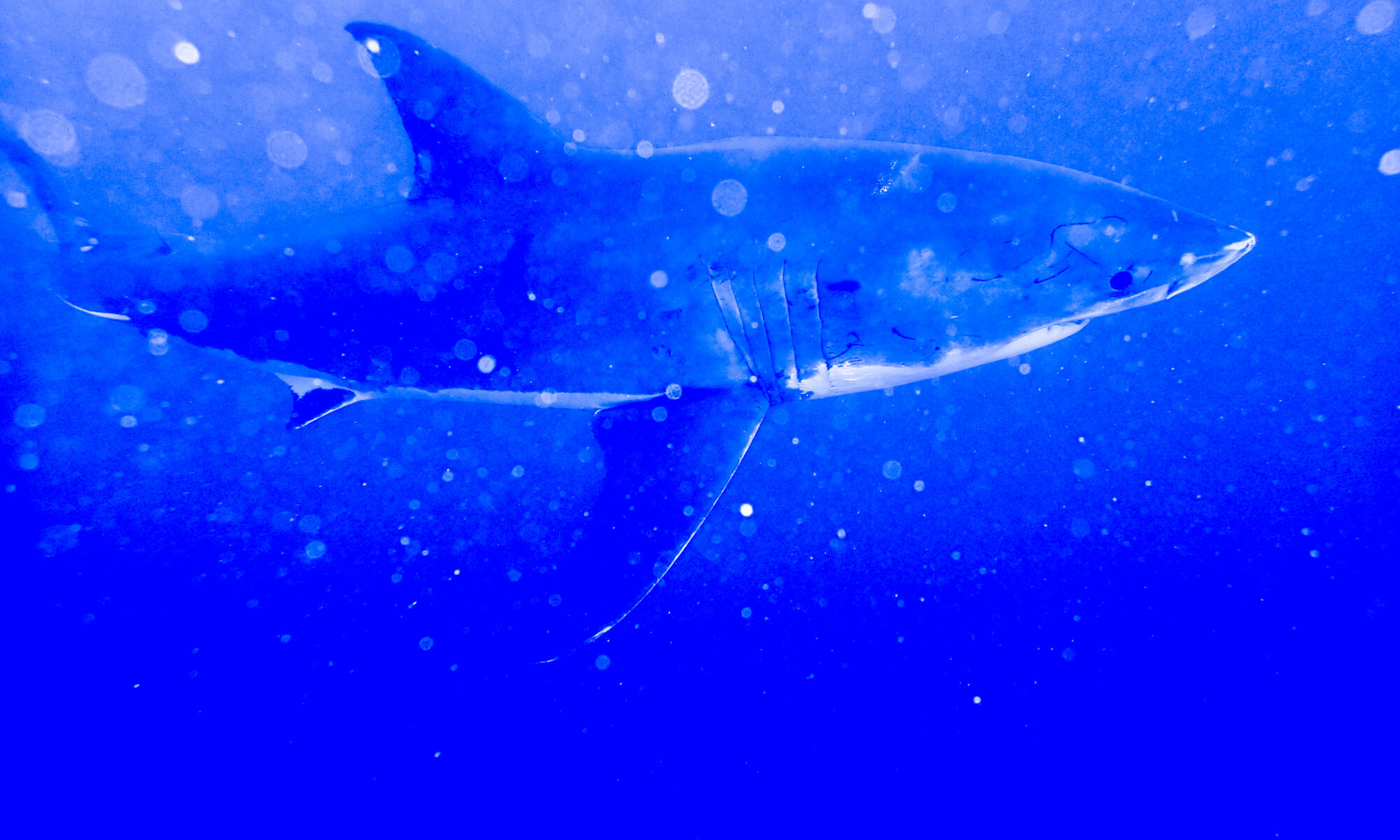
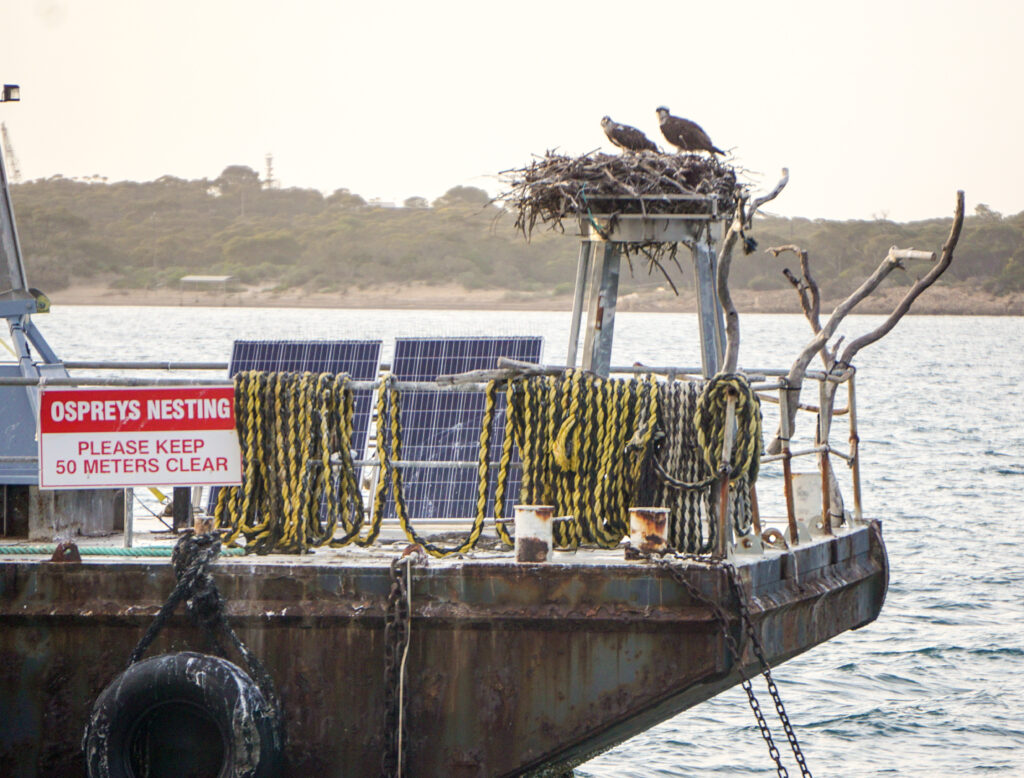
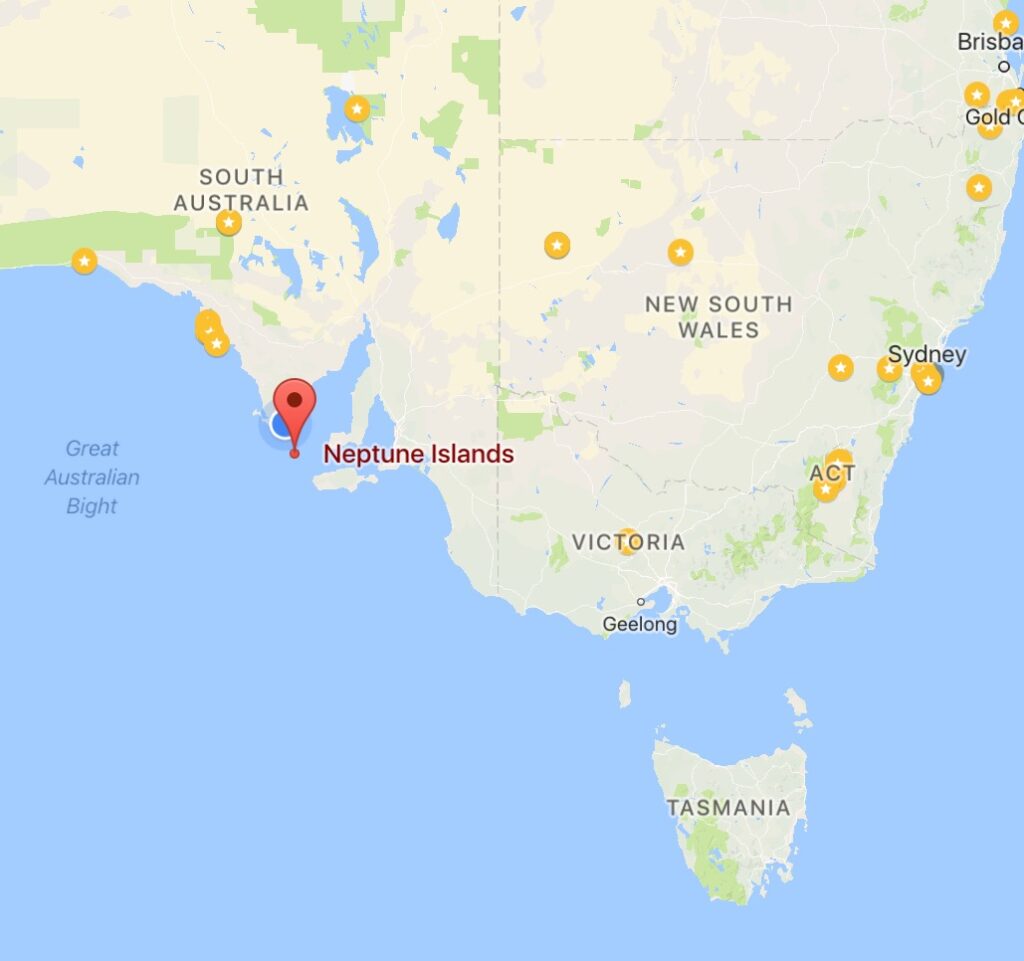
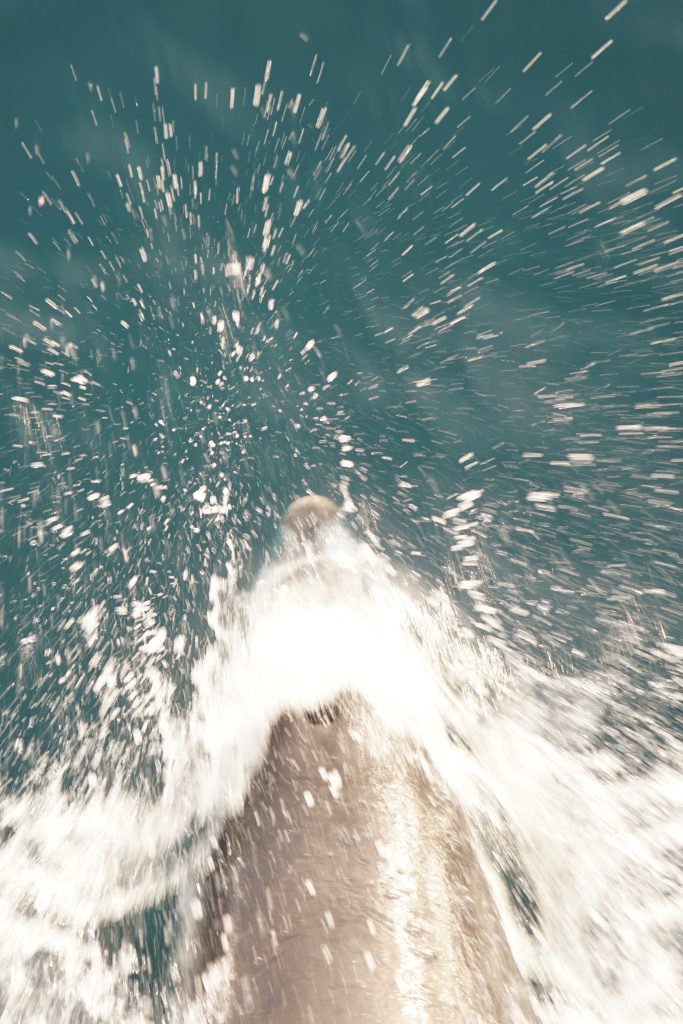
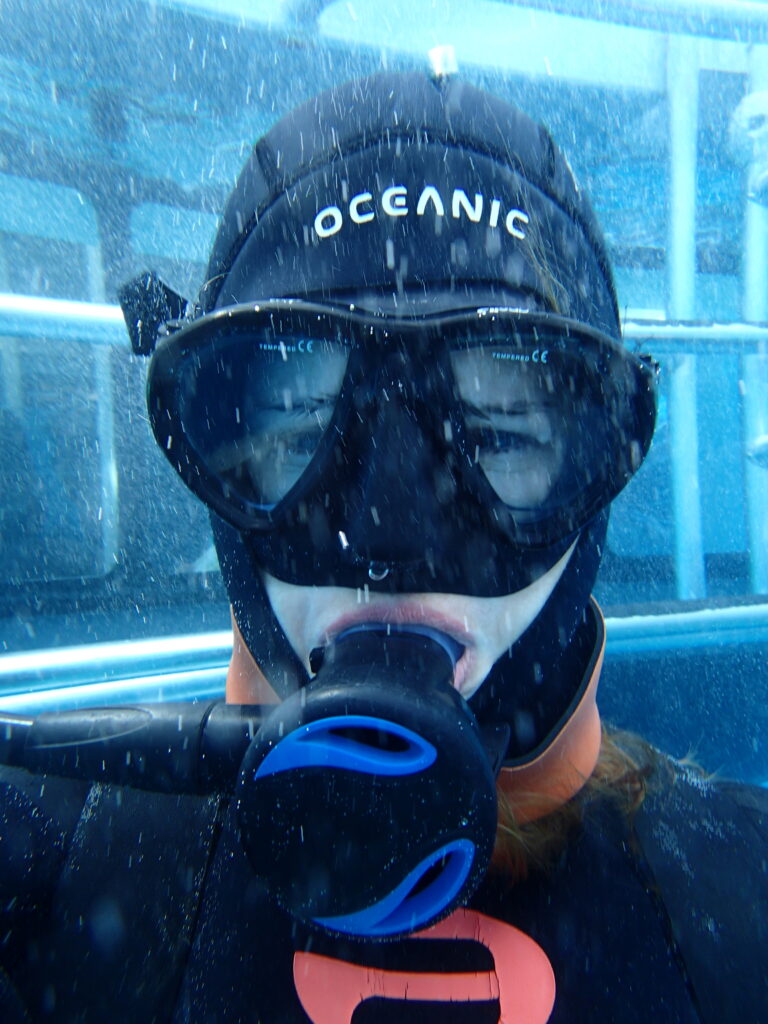
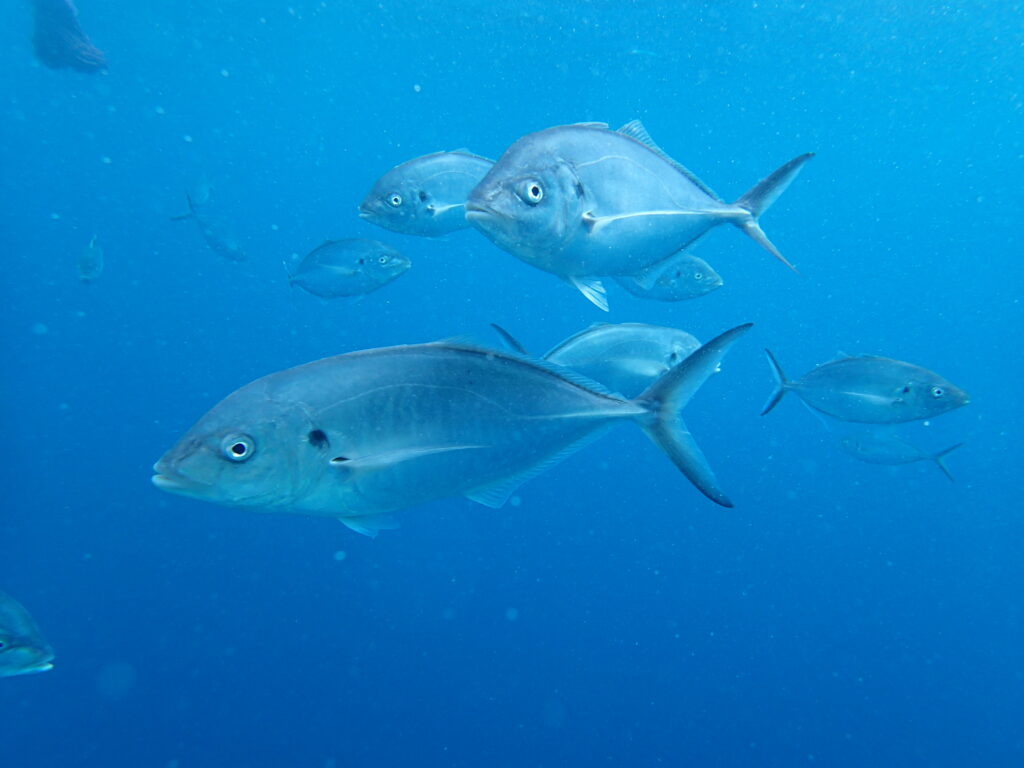
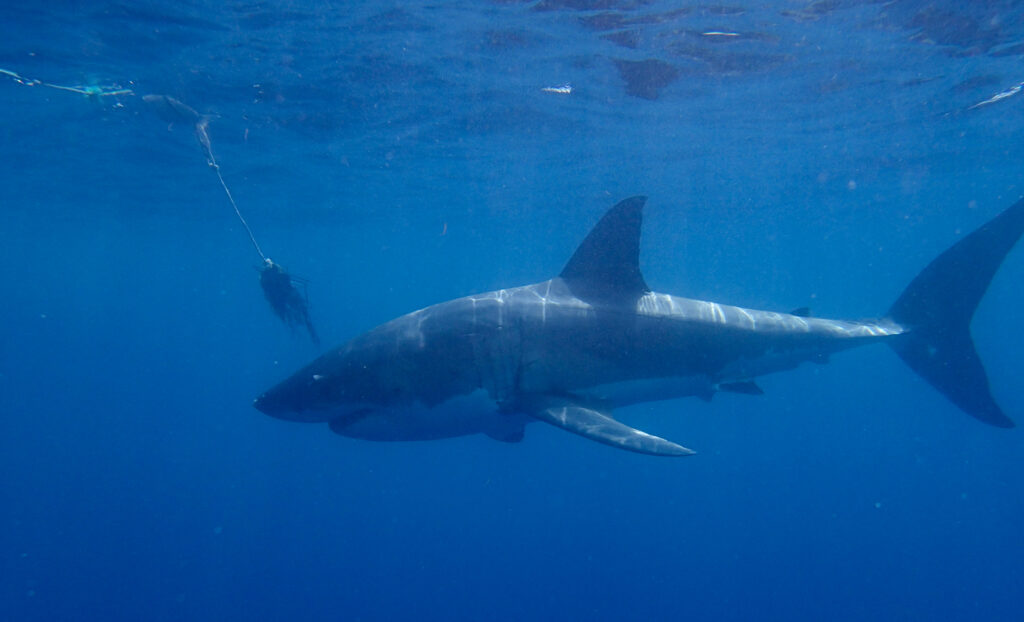
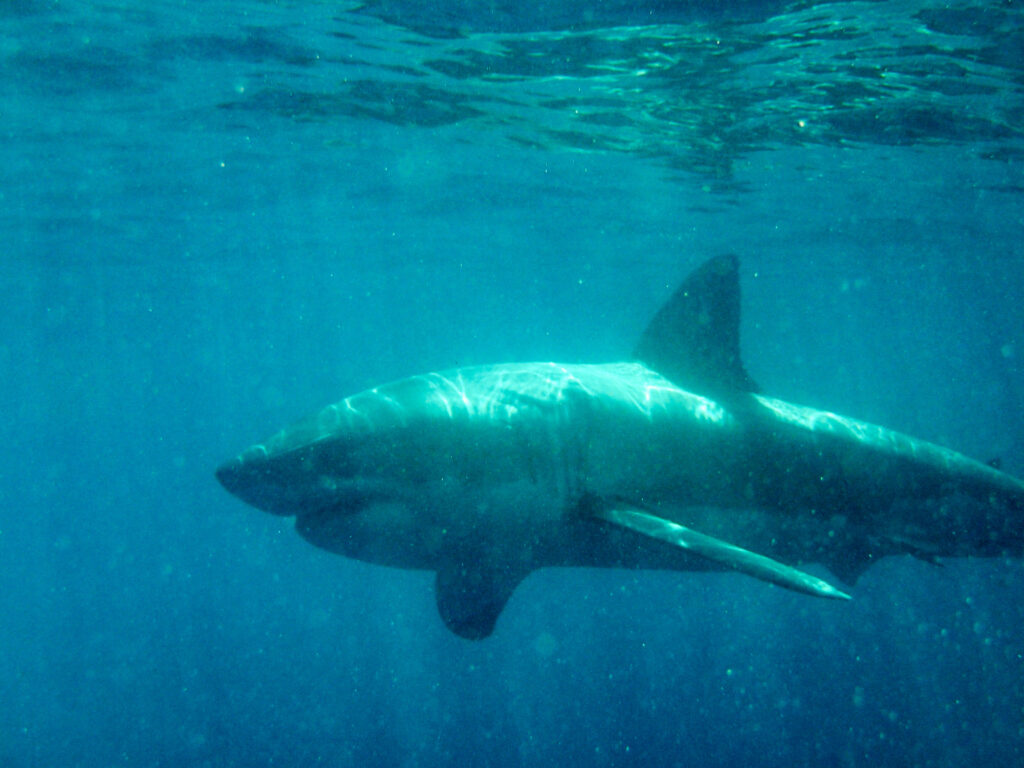
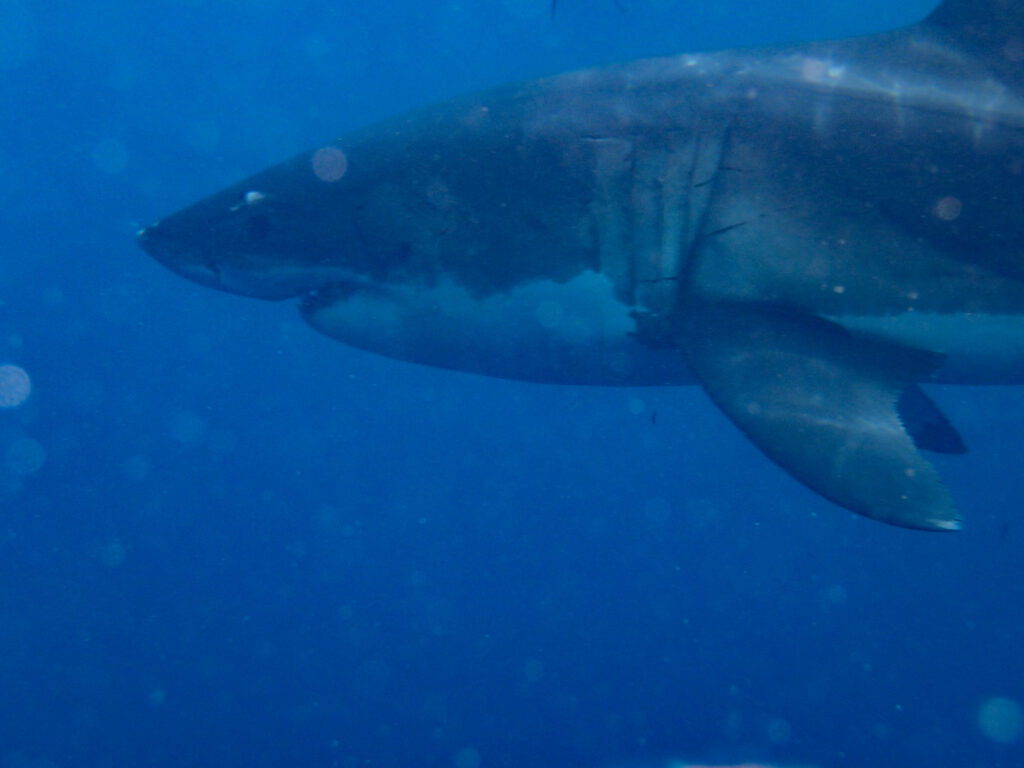
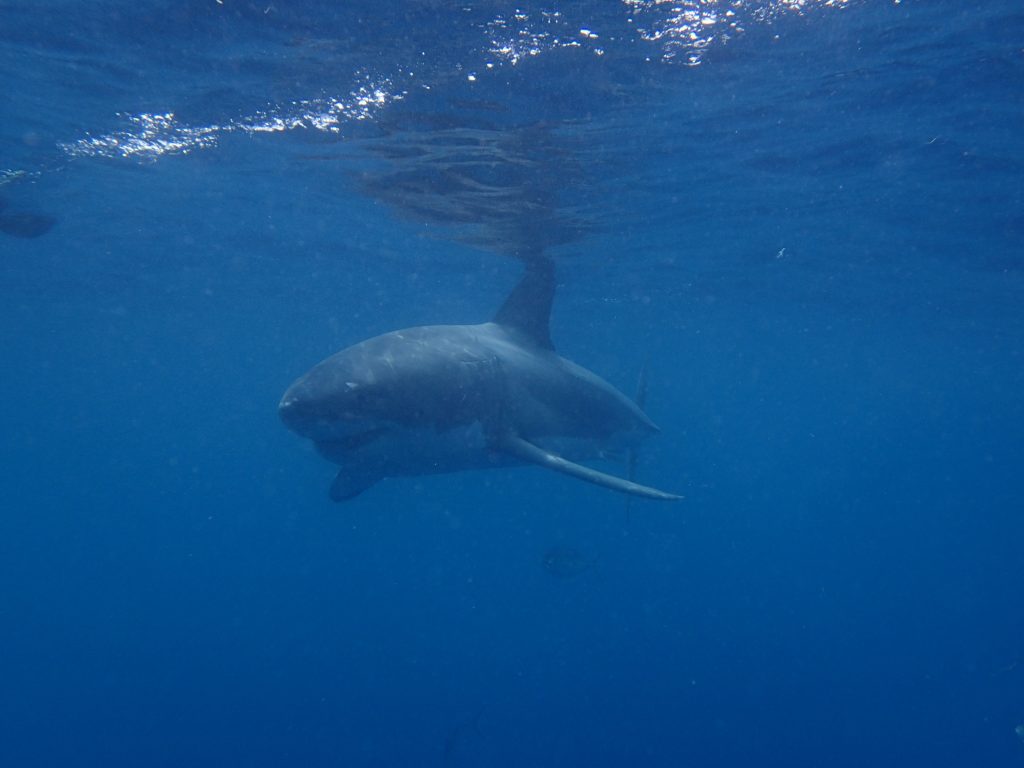
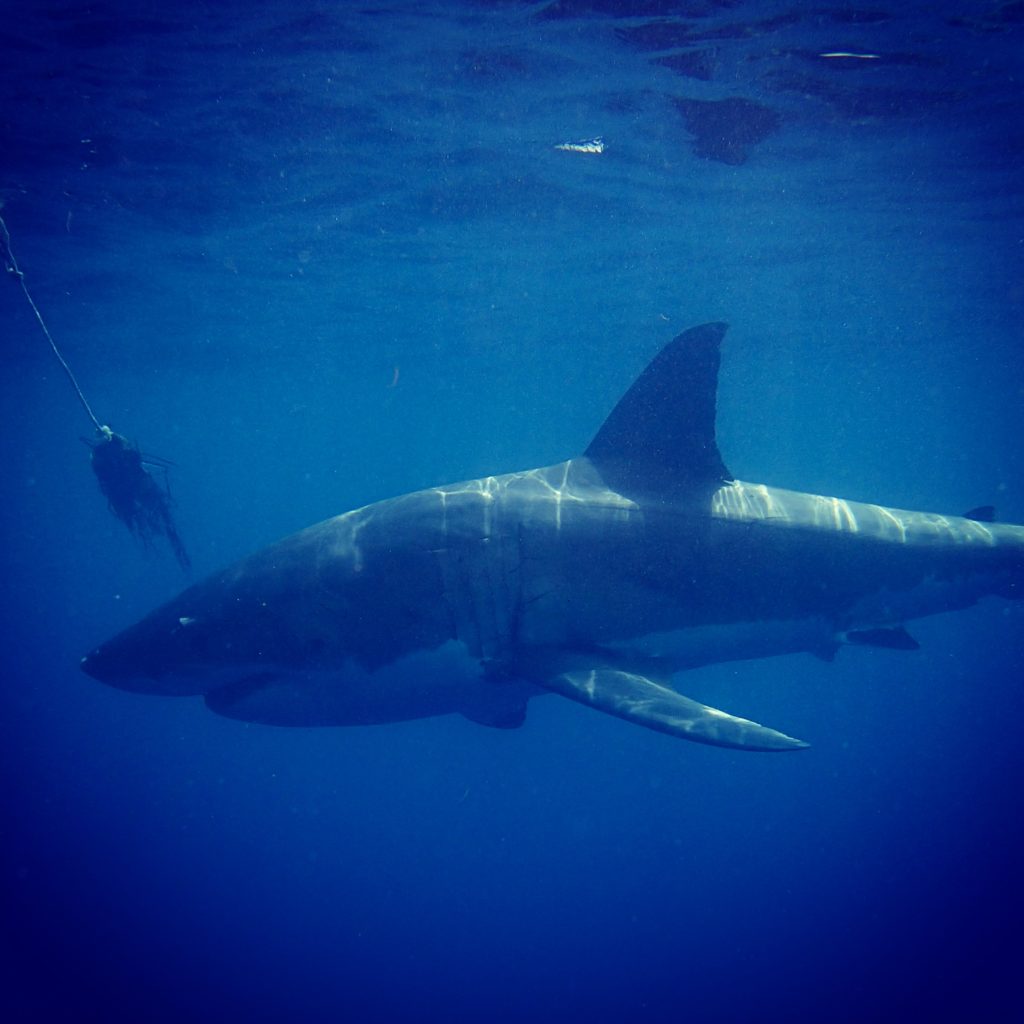
 I lost track of how long I was under water this time, but was ready for a hot shower by the time I climbed back out on to the boat. What a fantastic view of some incredible creatures. Apparently they have very poor eyesight and their only way of testing their food is with their teeth. They don’t actually eat humans once they have attacked. We are much too bony. They far prefer the fat and blubber of a seal.
I lost track of how long I was under water this time, but was ready for a hot shower by the time I climbed back out on to the boat. What a fantastic view of some incredible creatures. Apparently they have very poor eyesight and their only way of testing their food is with their teeth. They don’t actually eat humans once they have attacked. We are much too bony. They far prefer the fat and blubber of a seal.